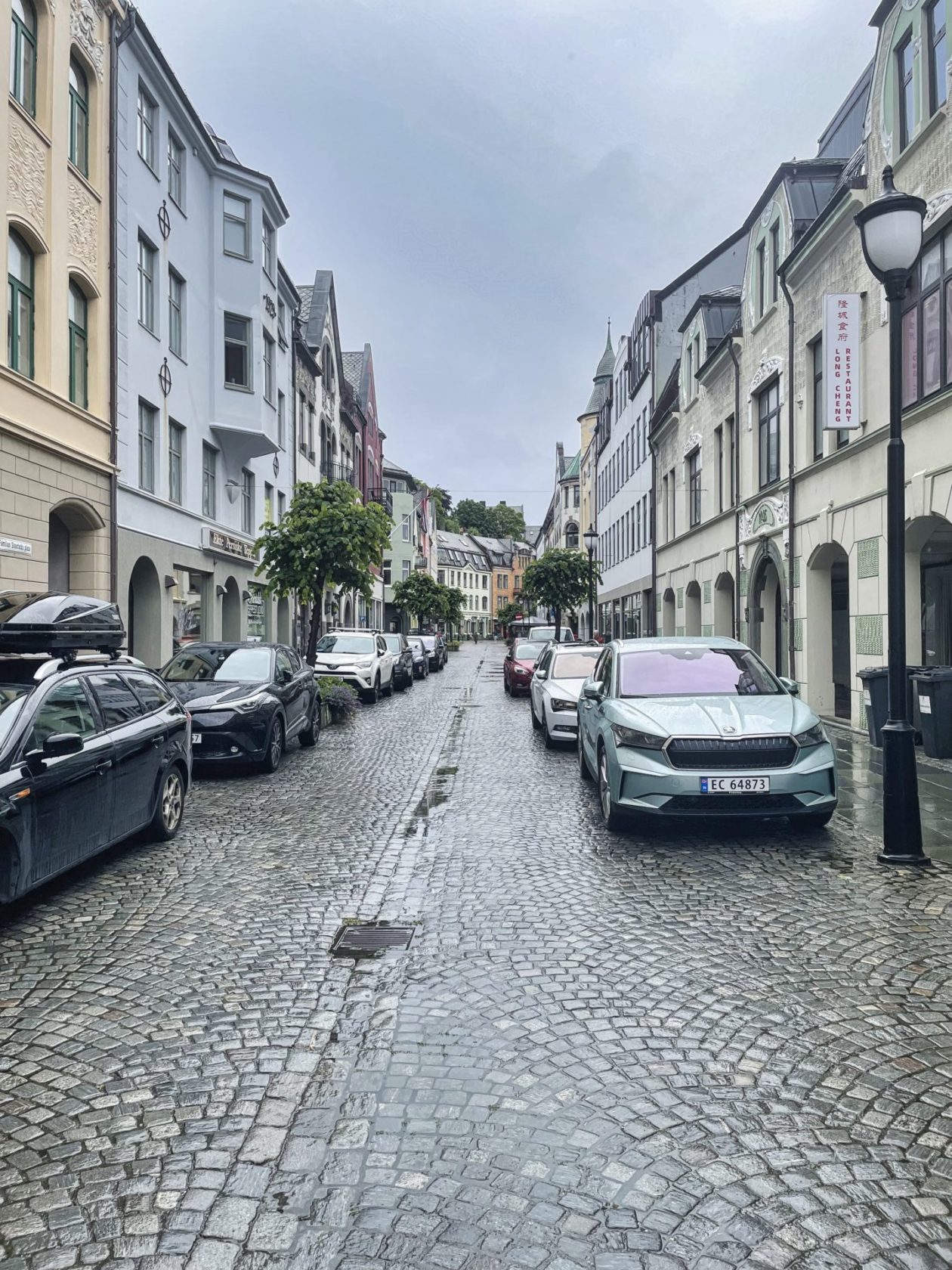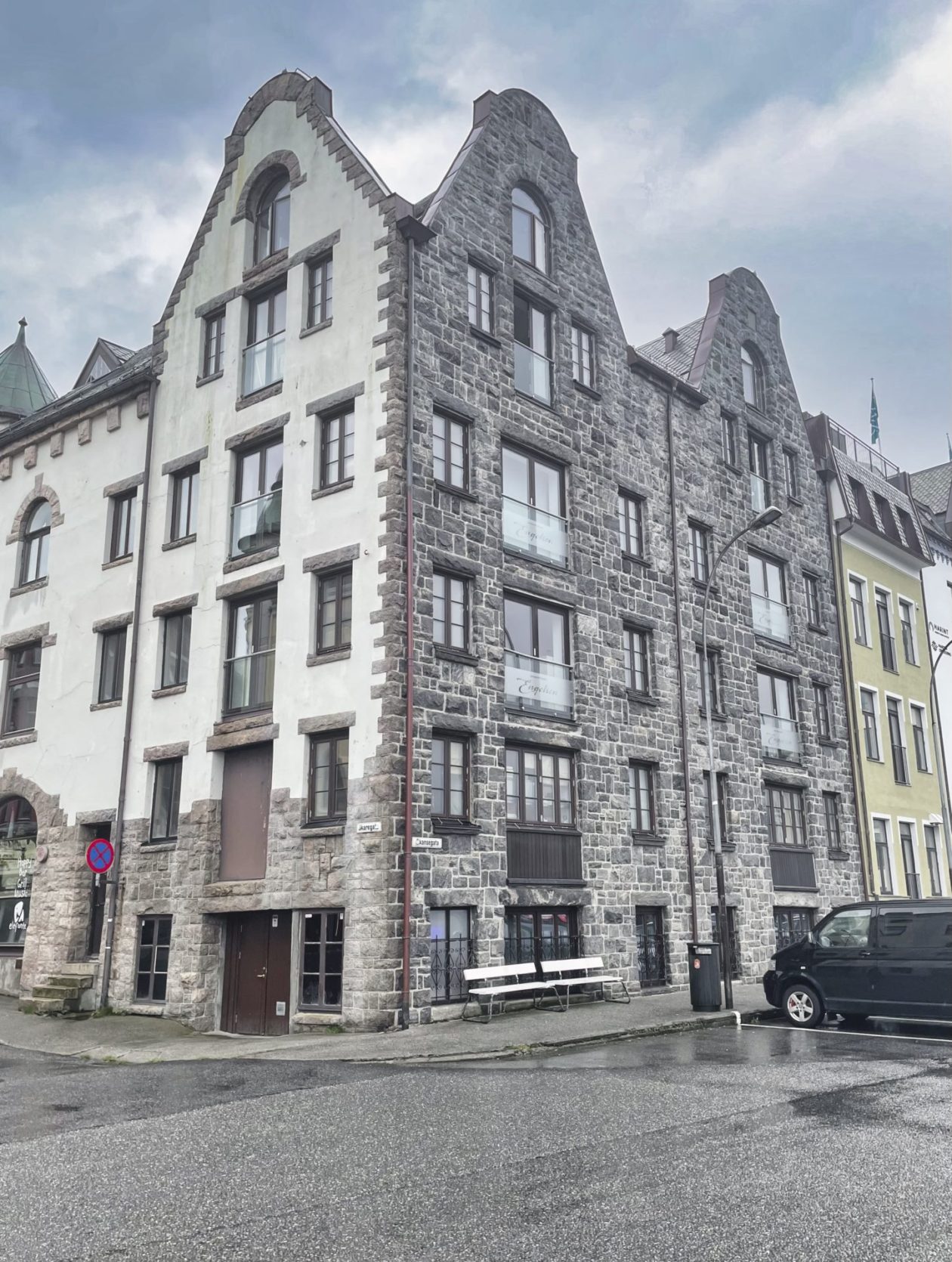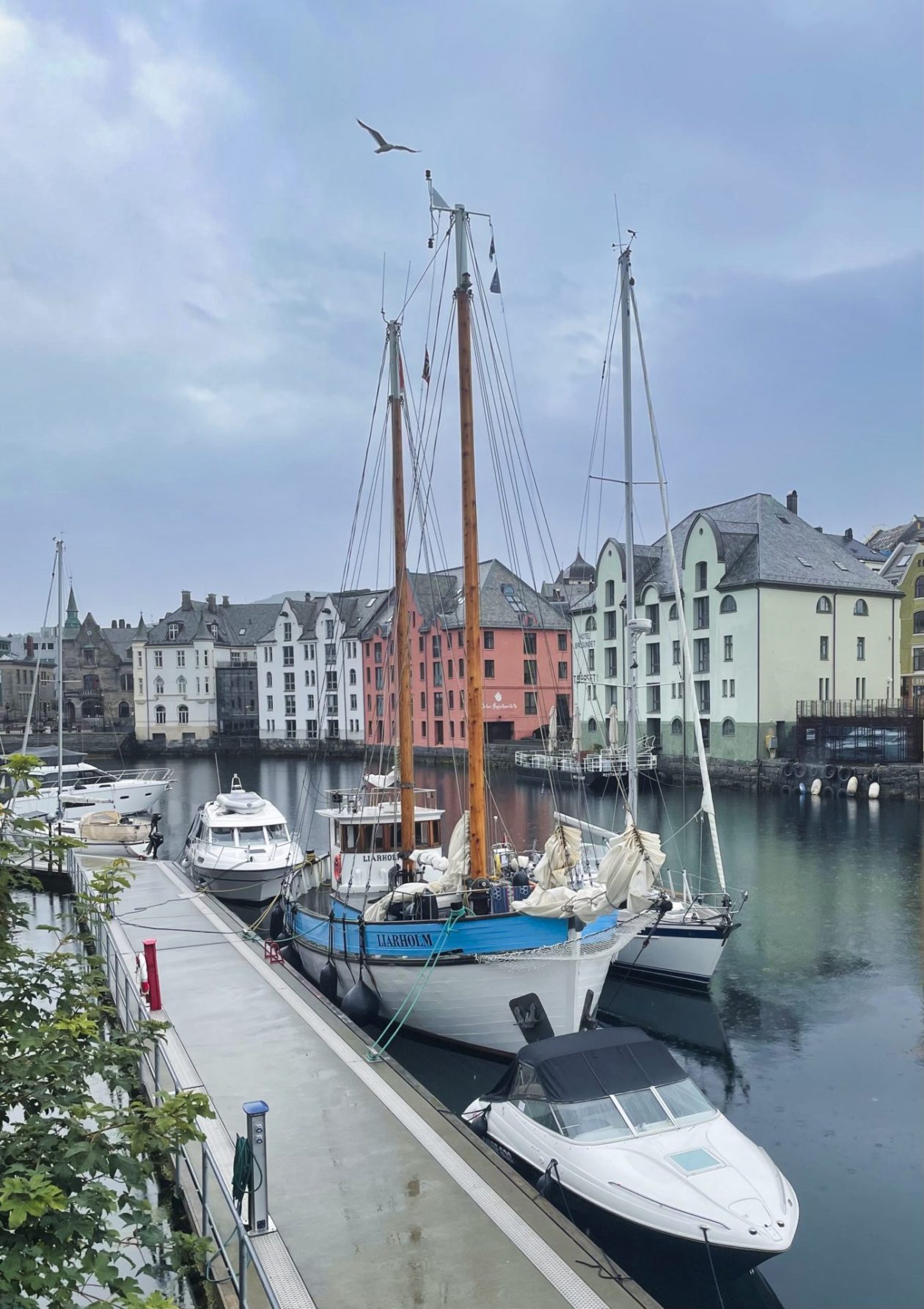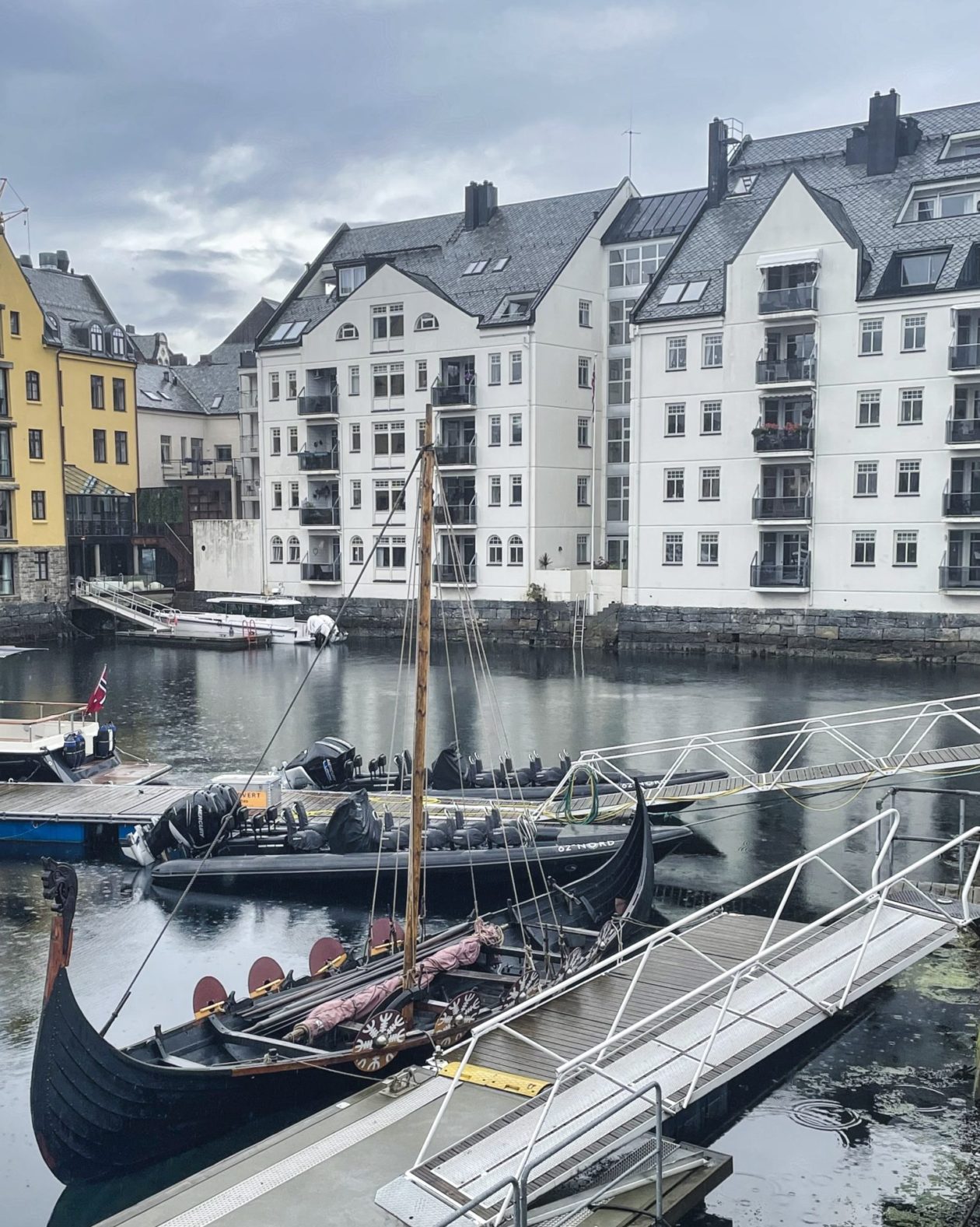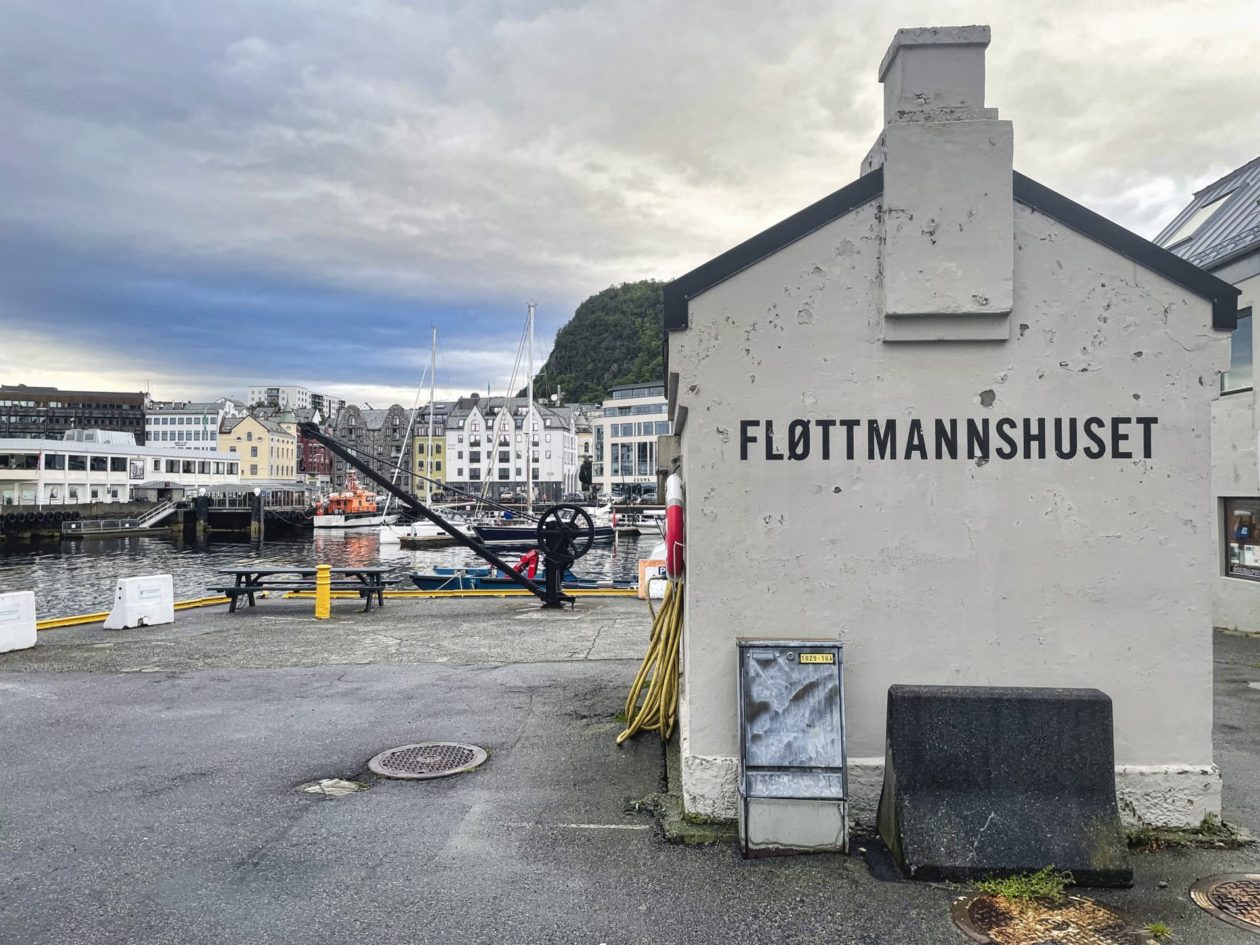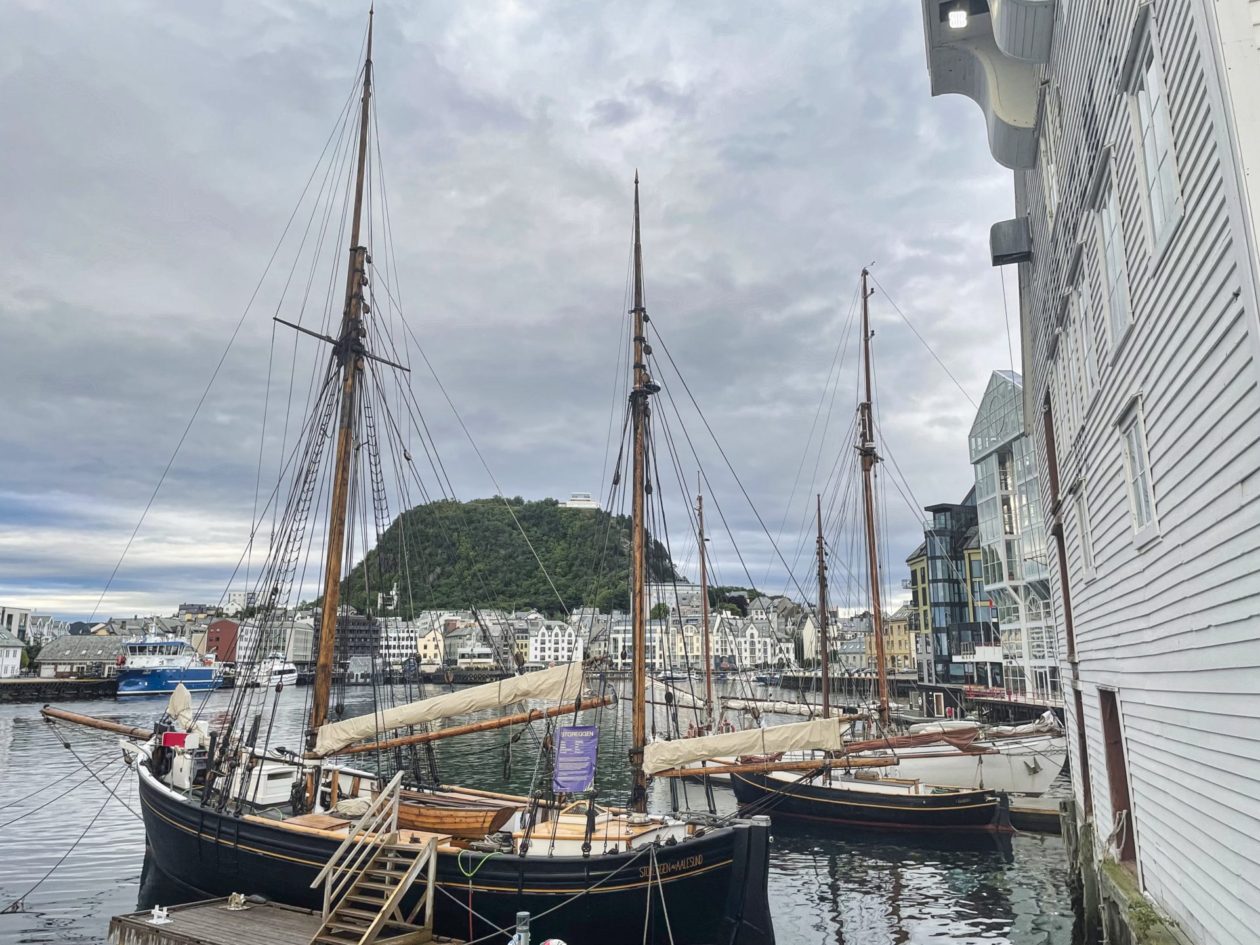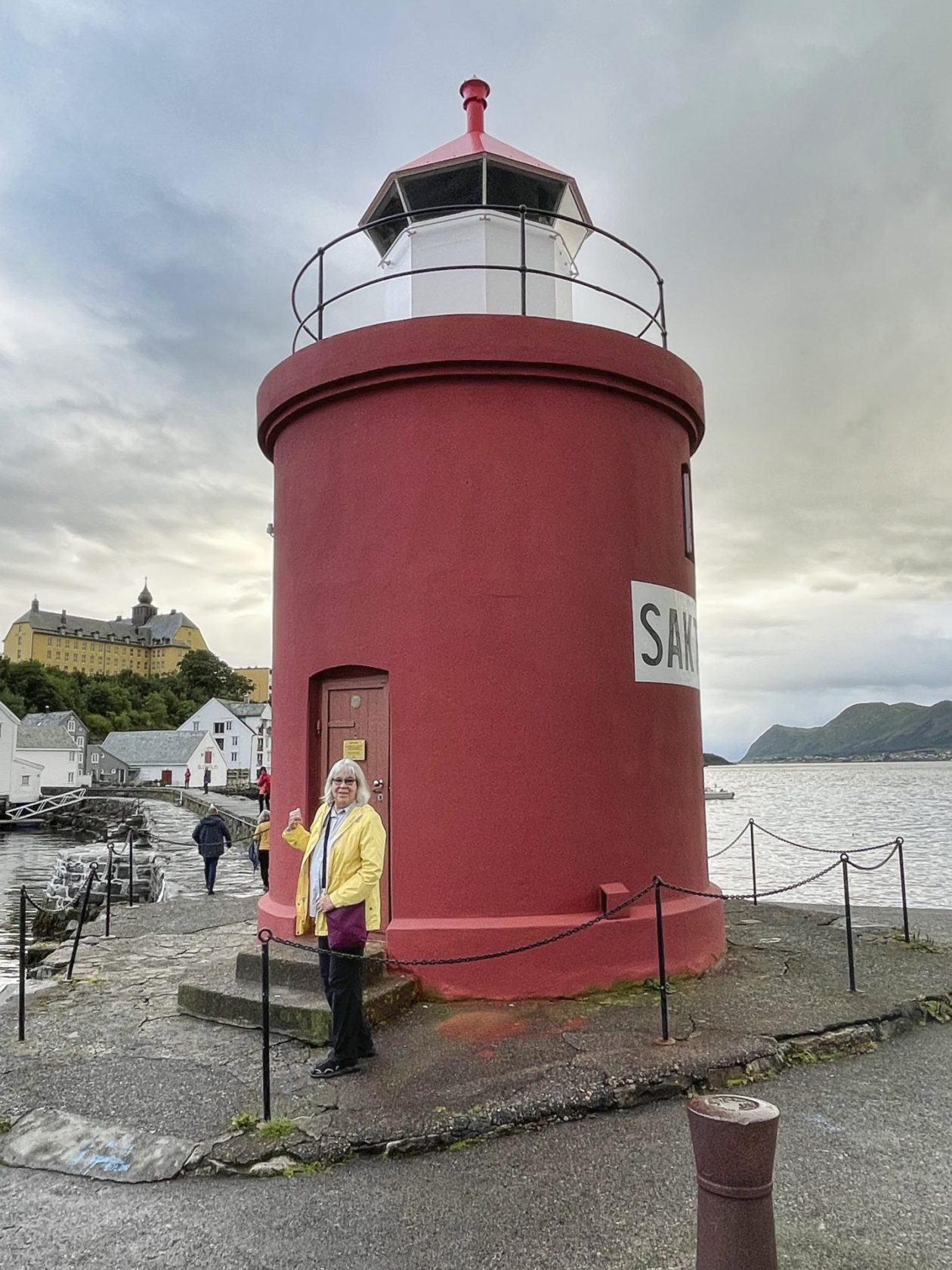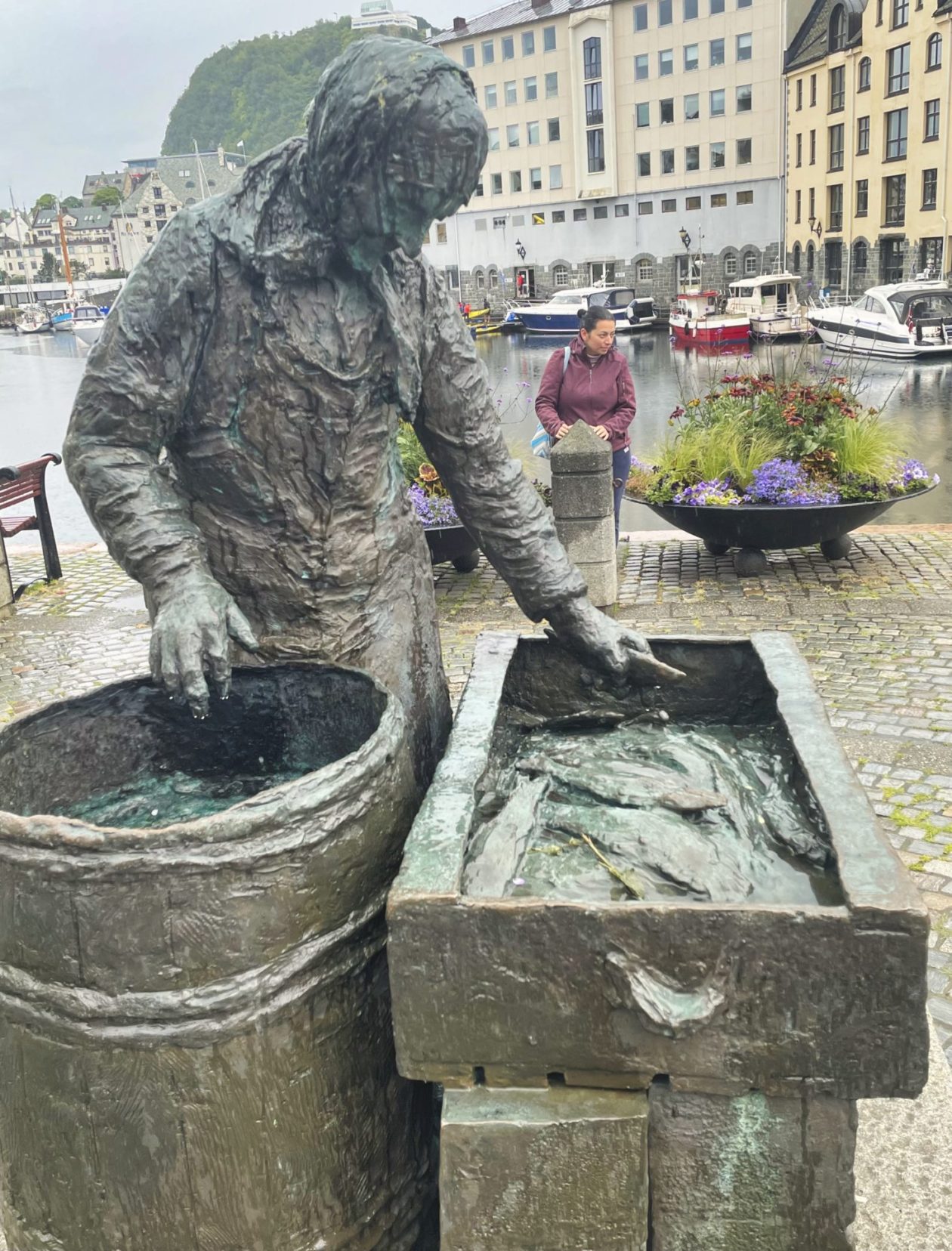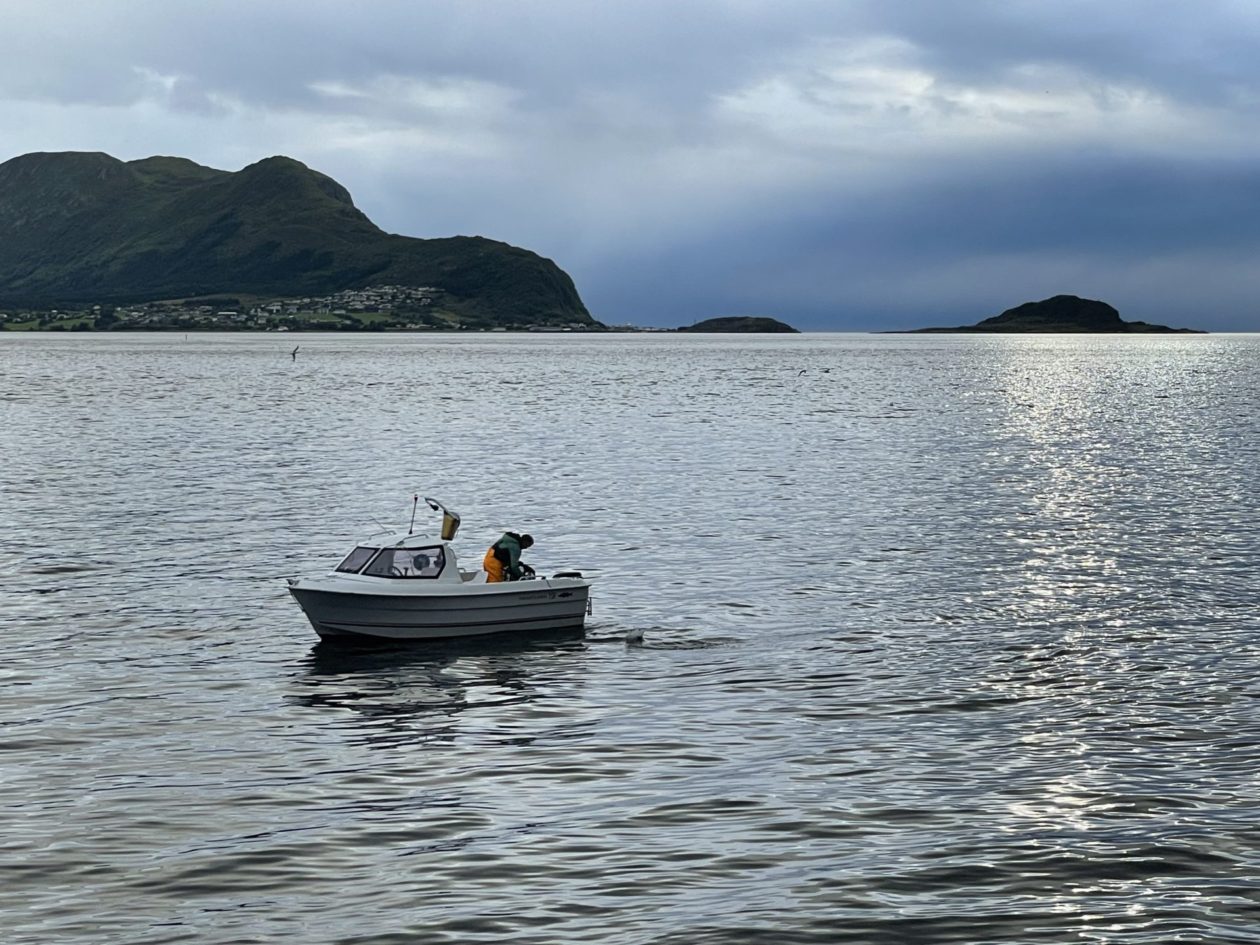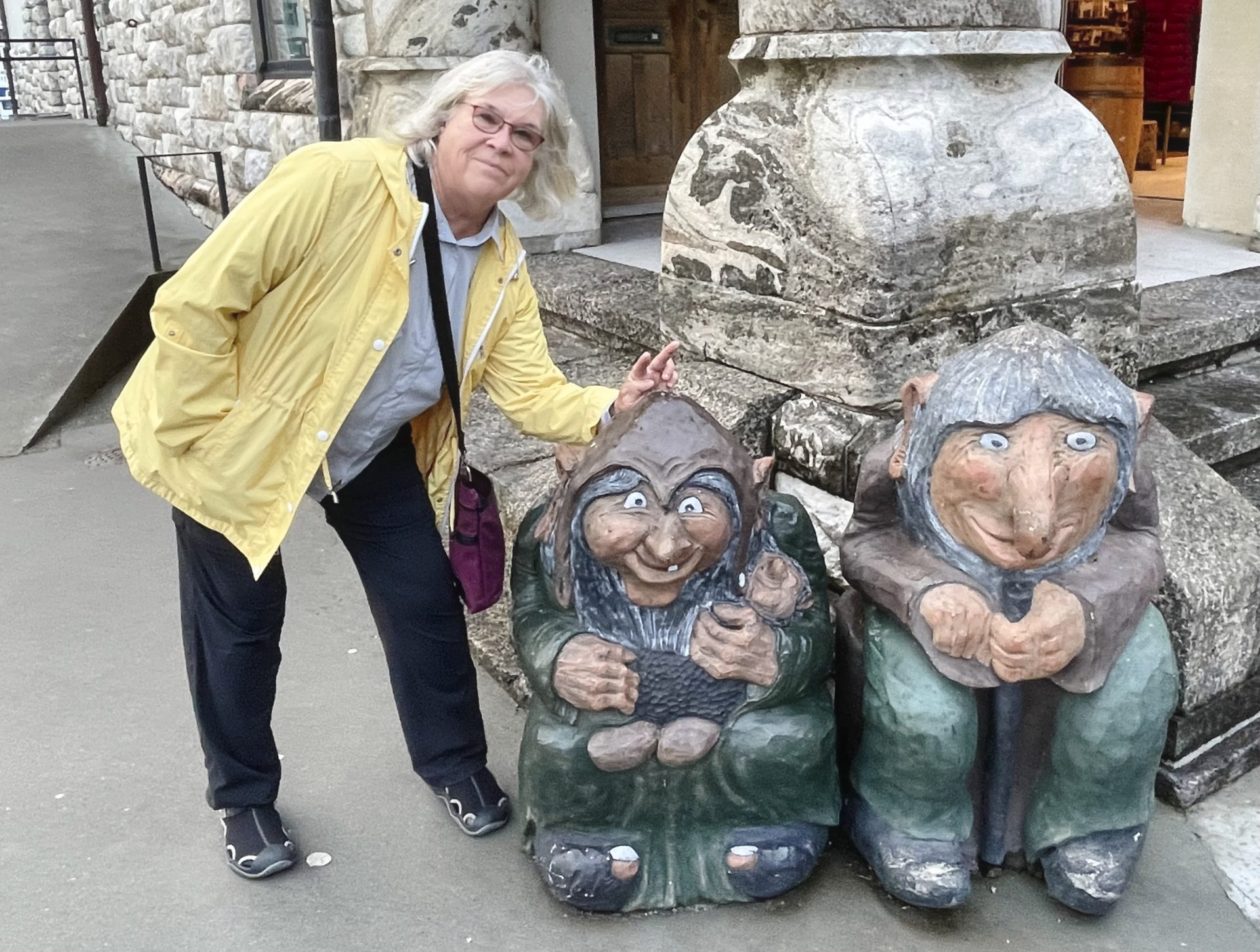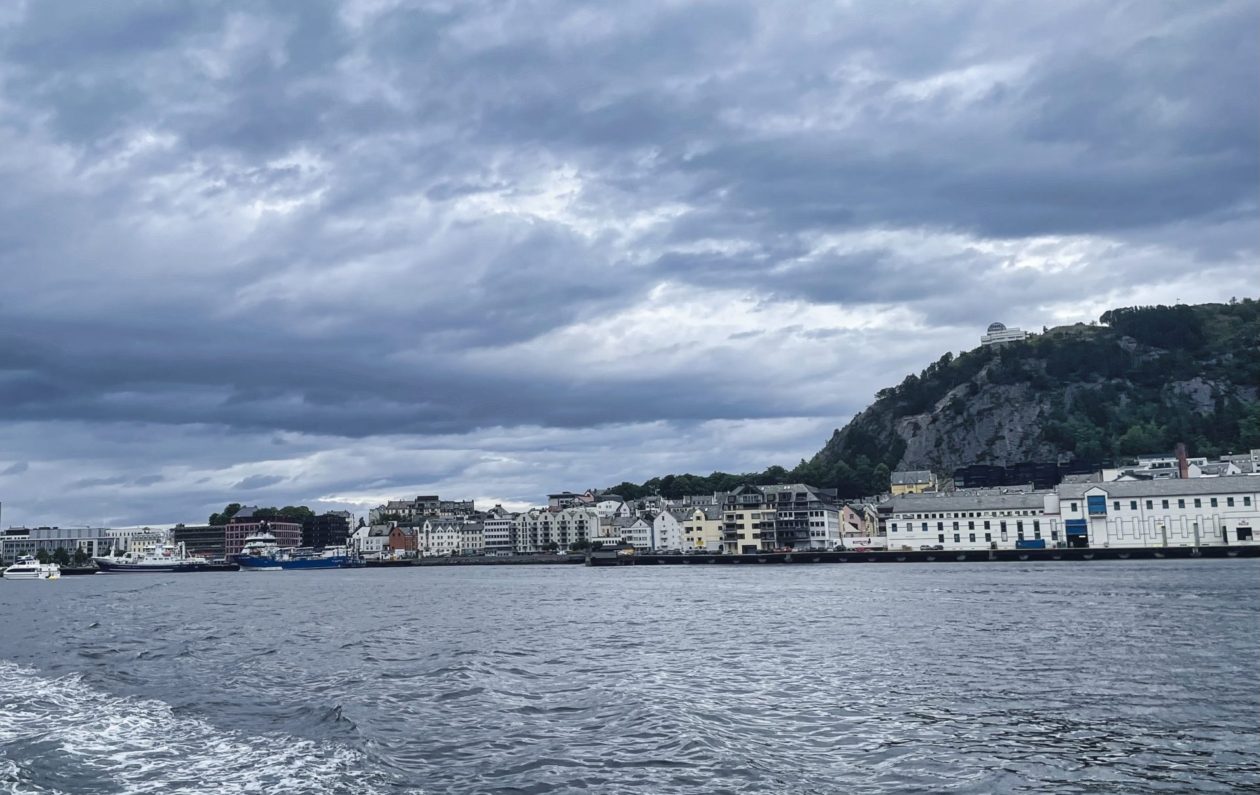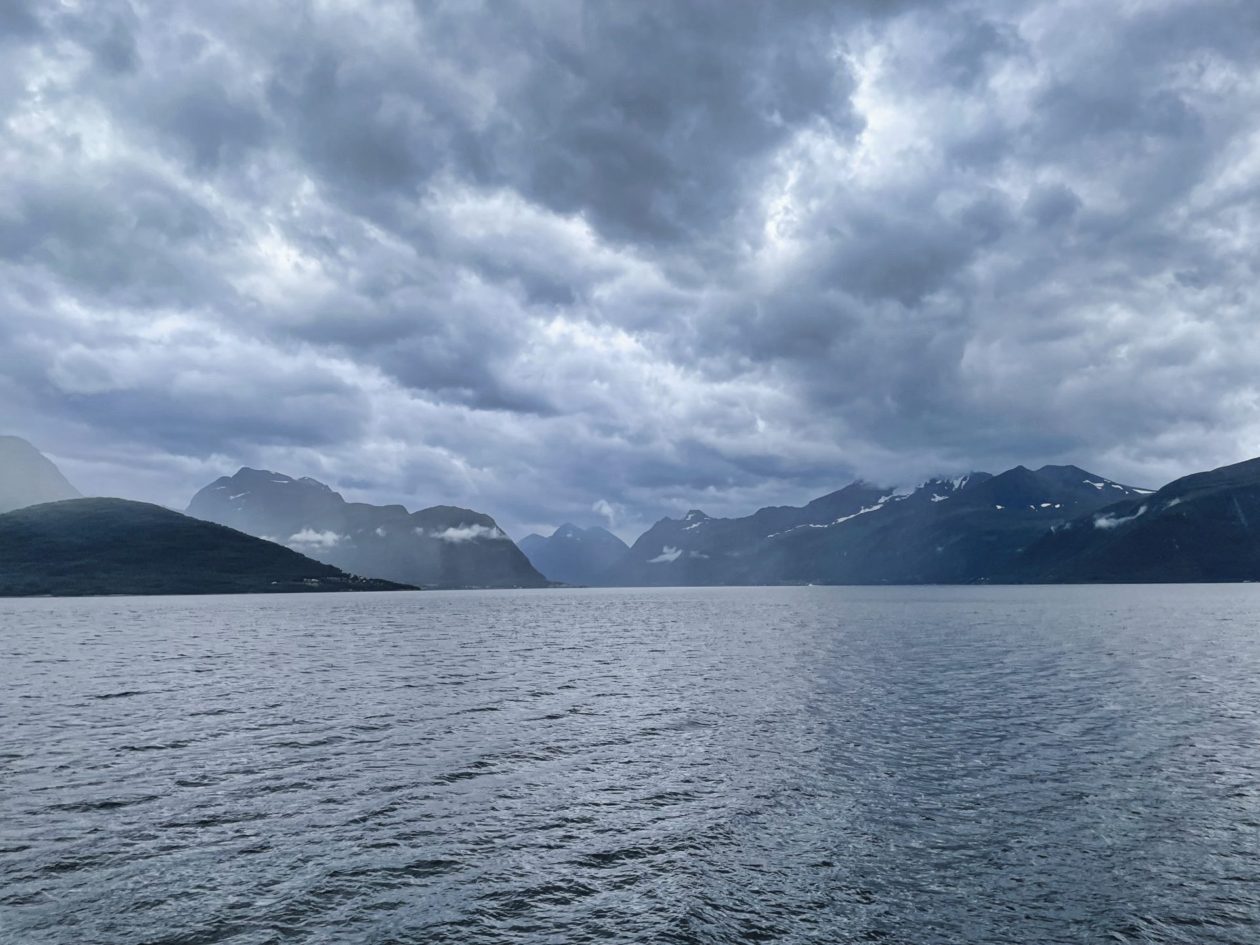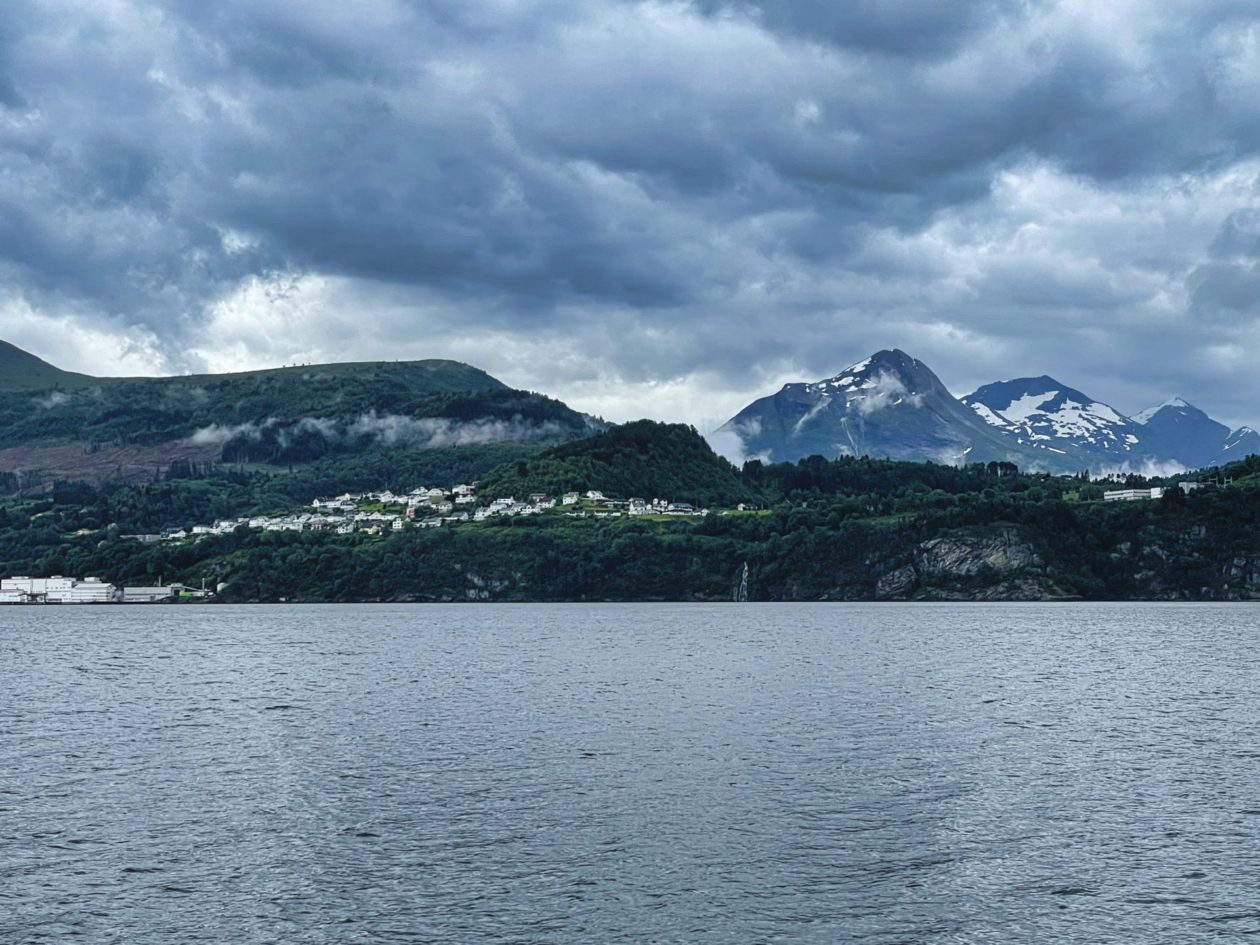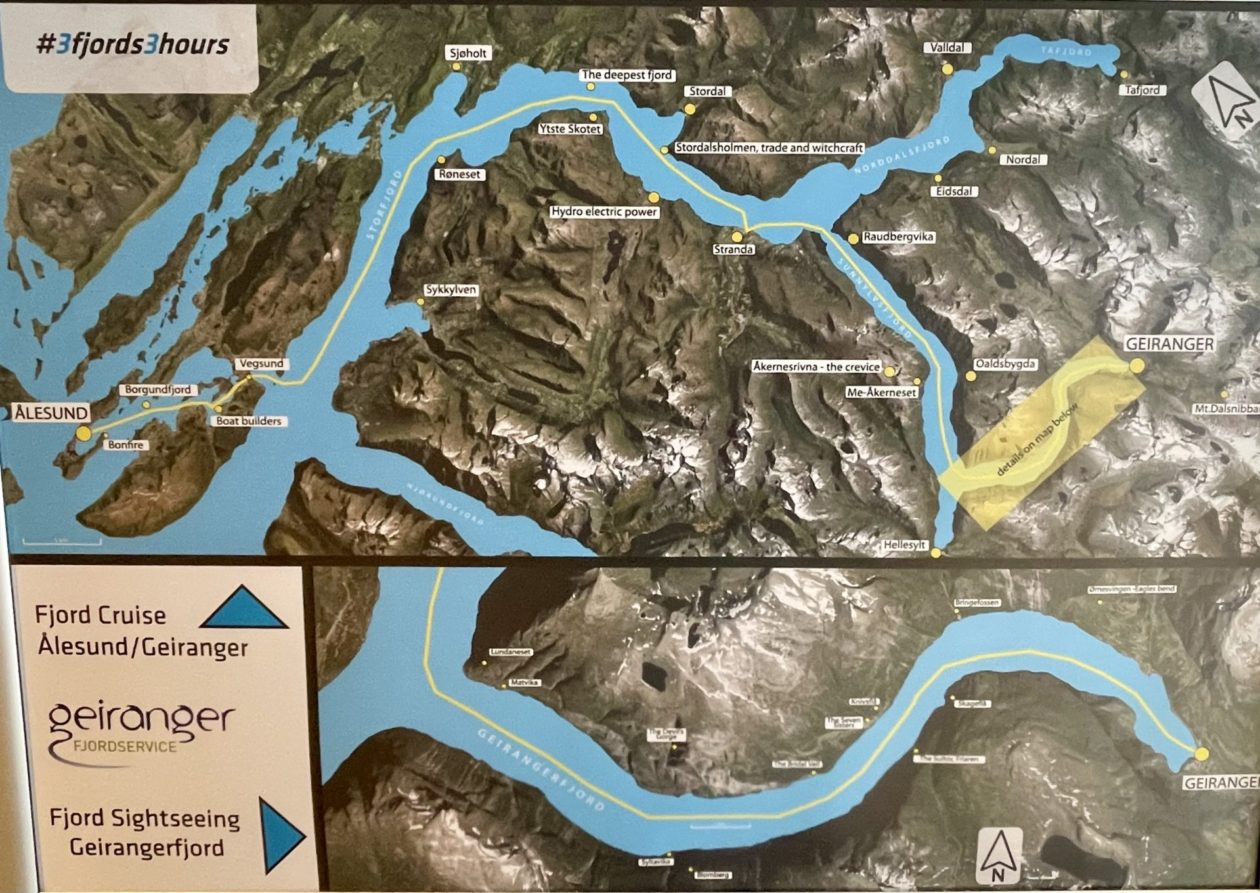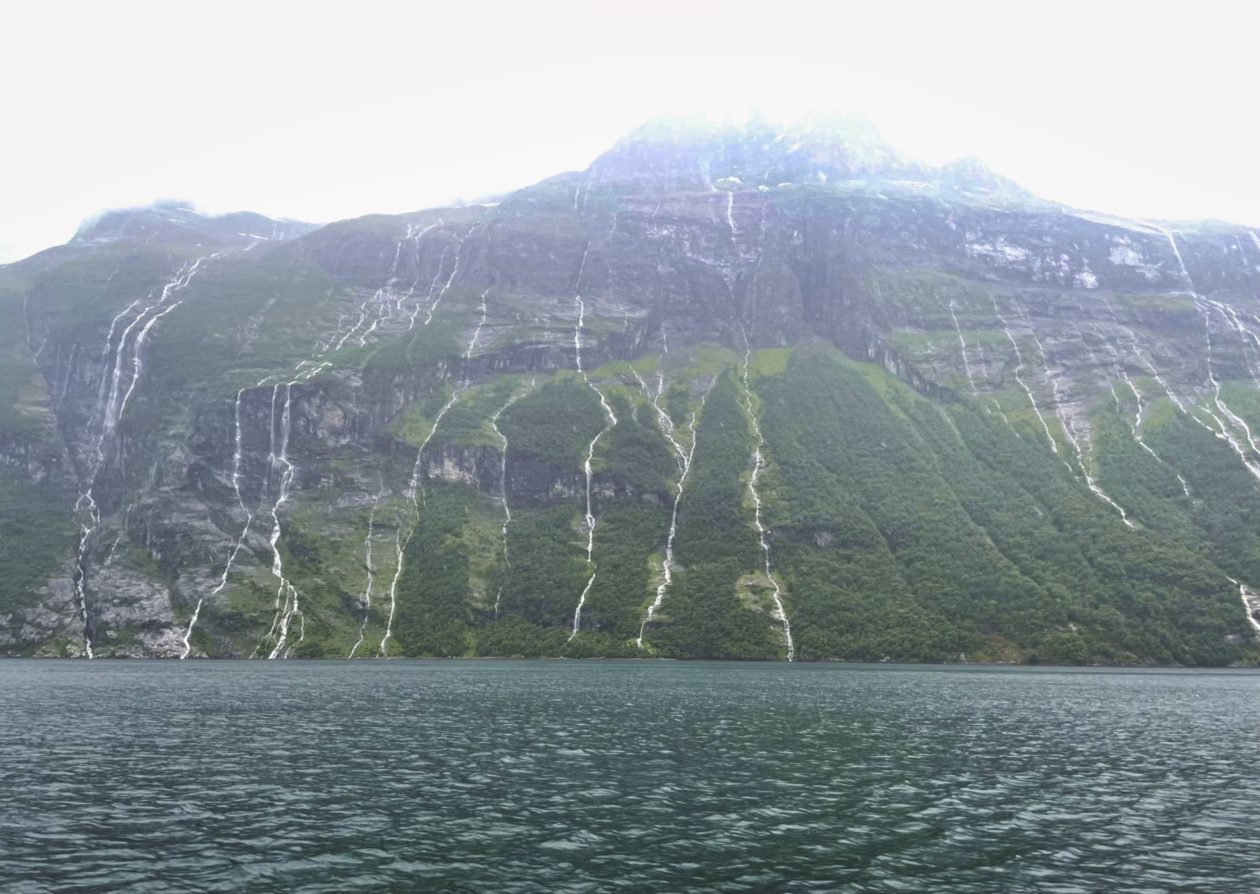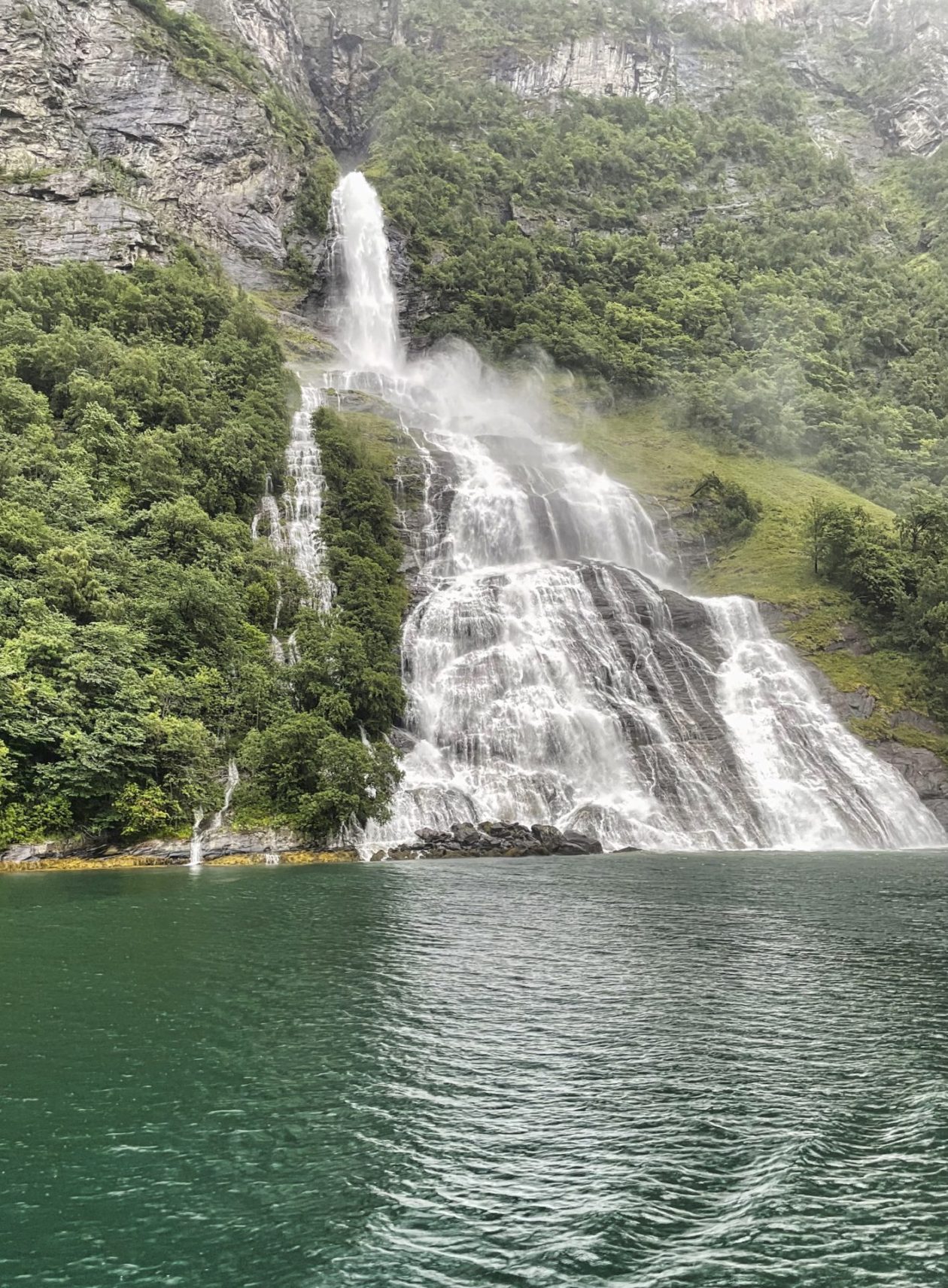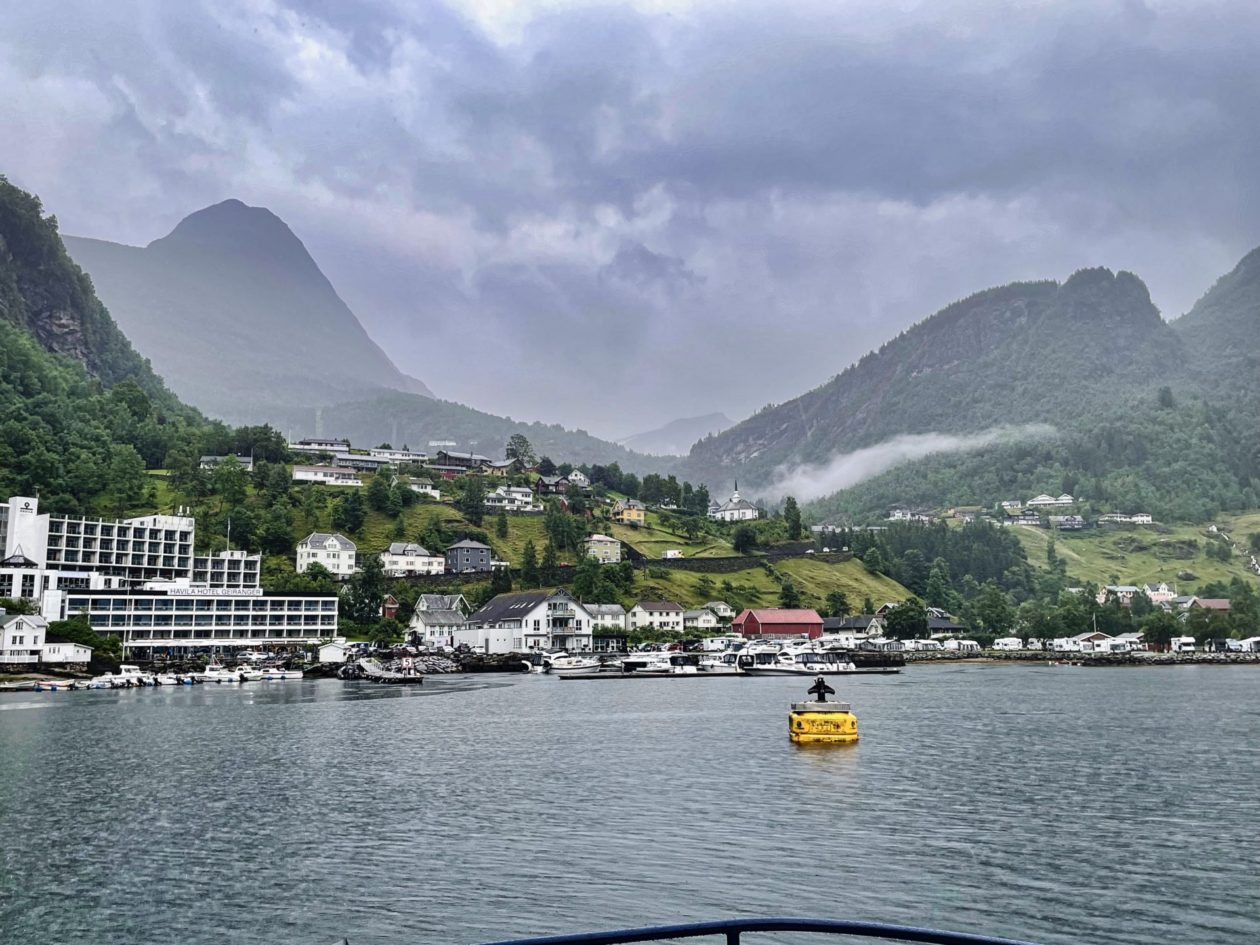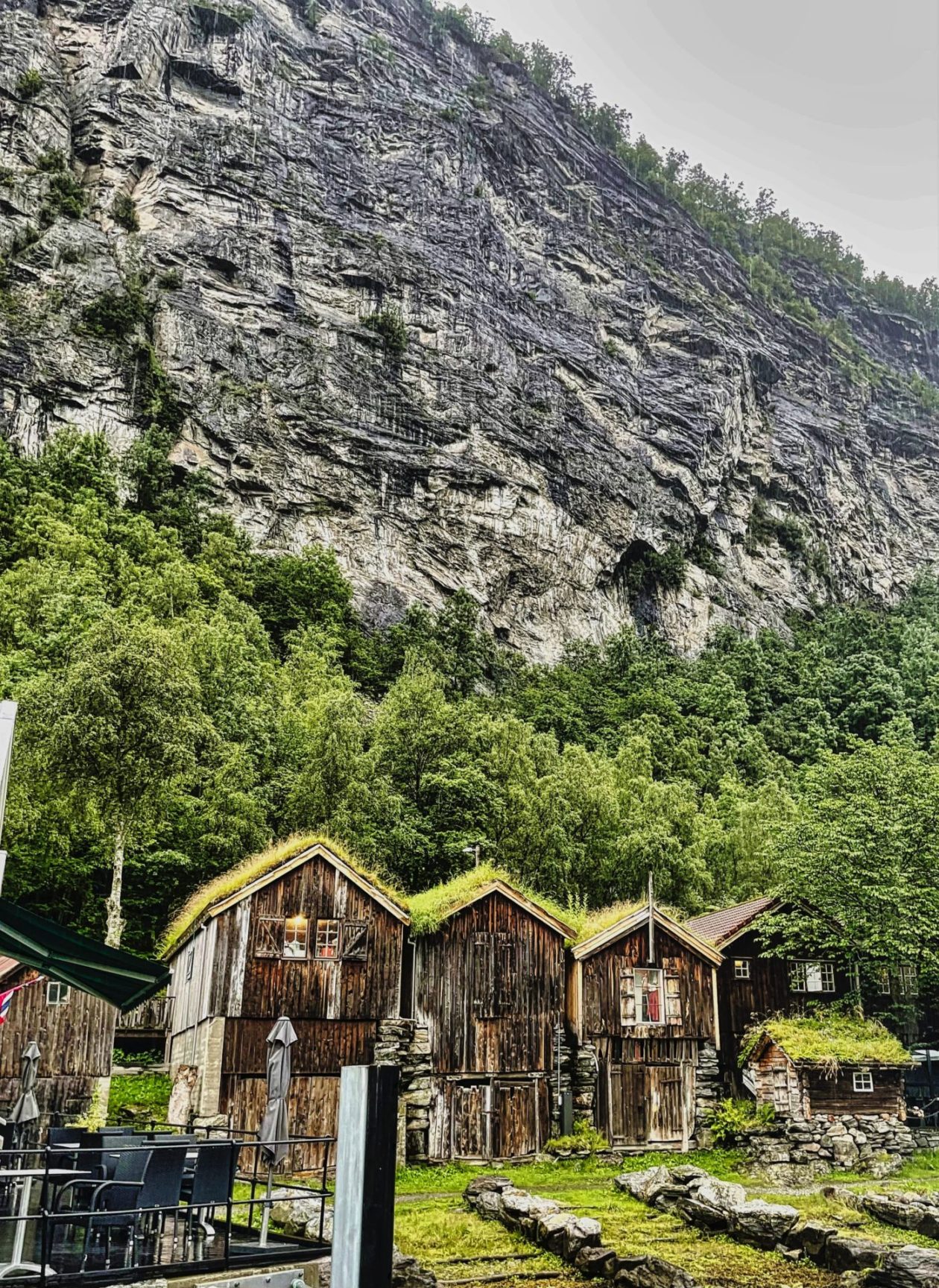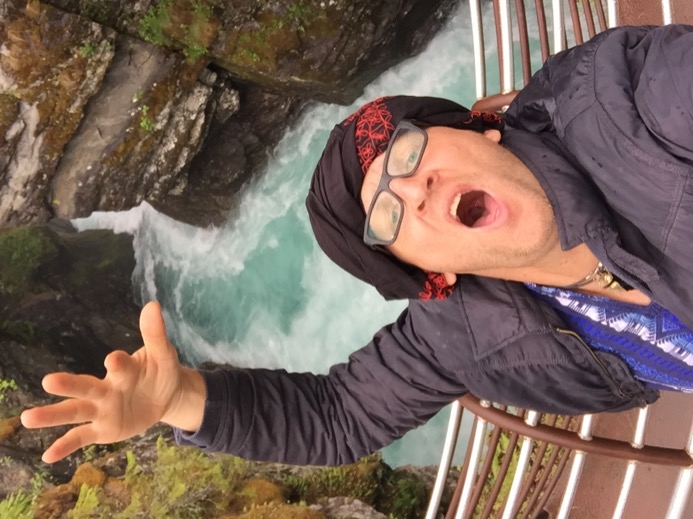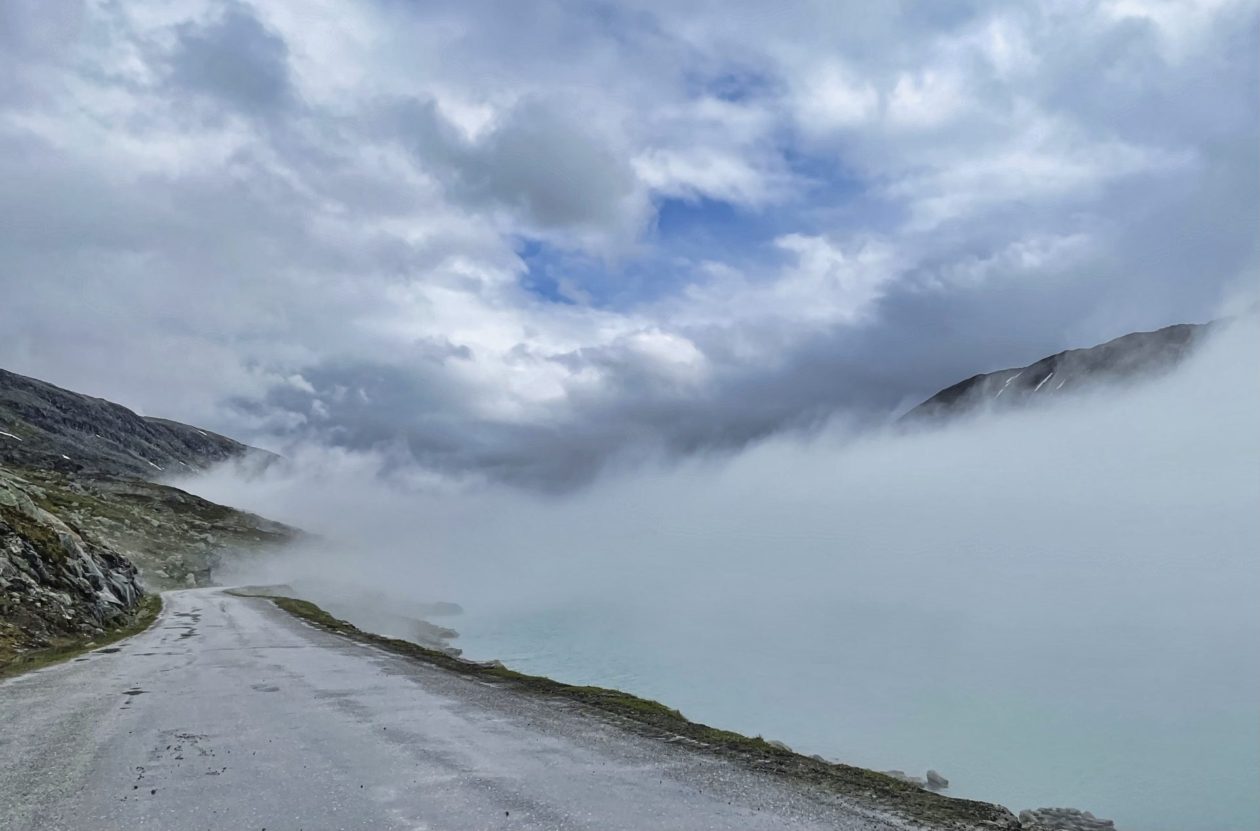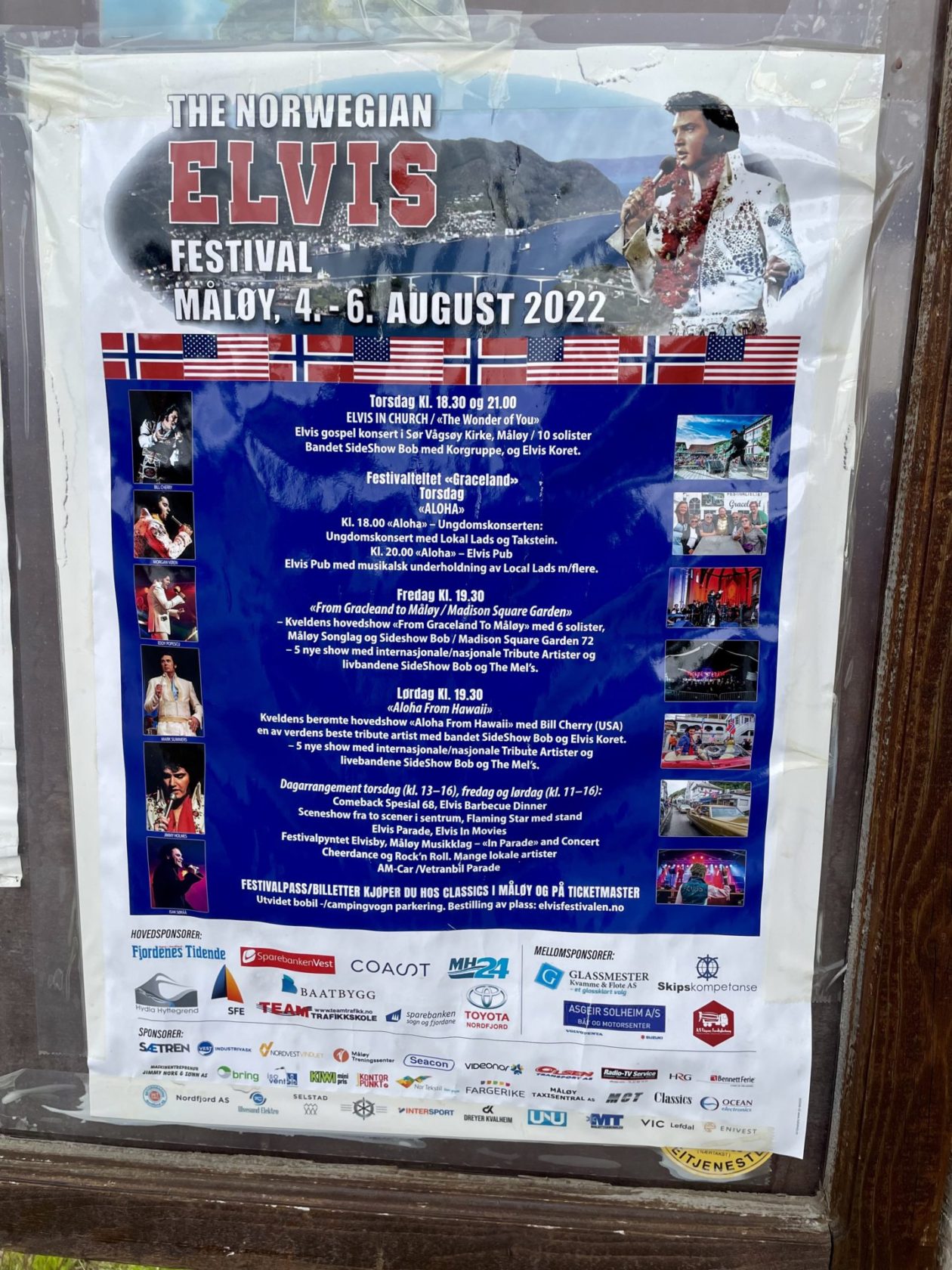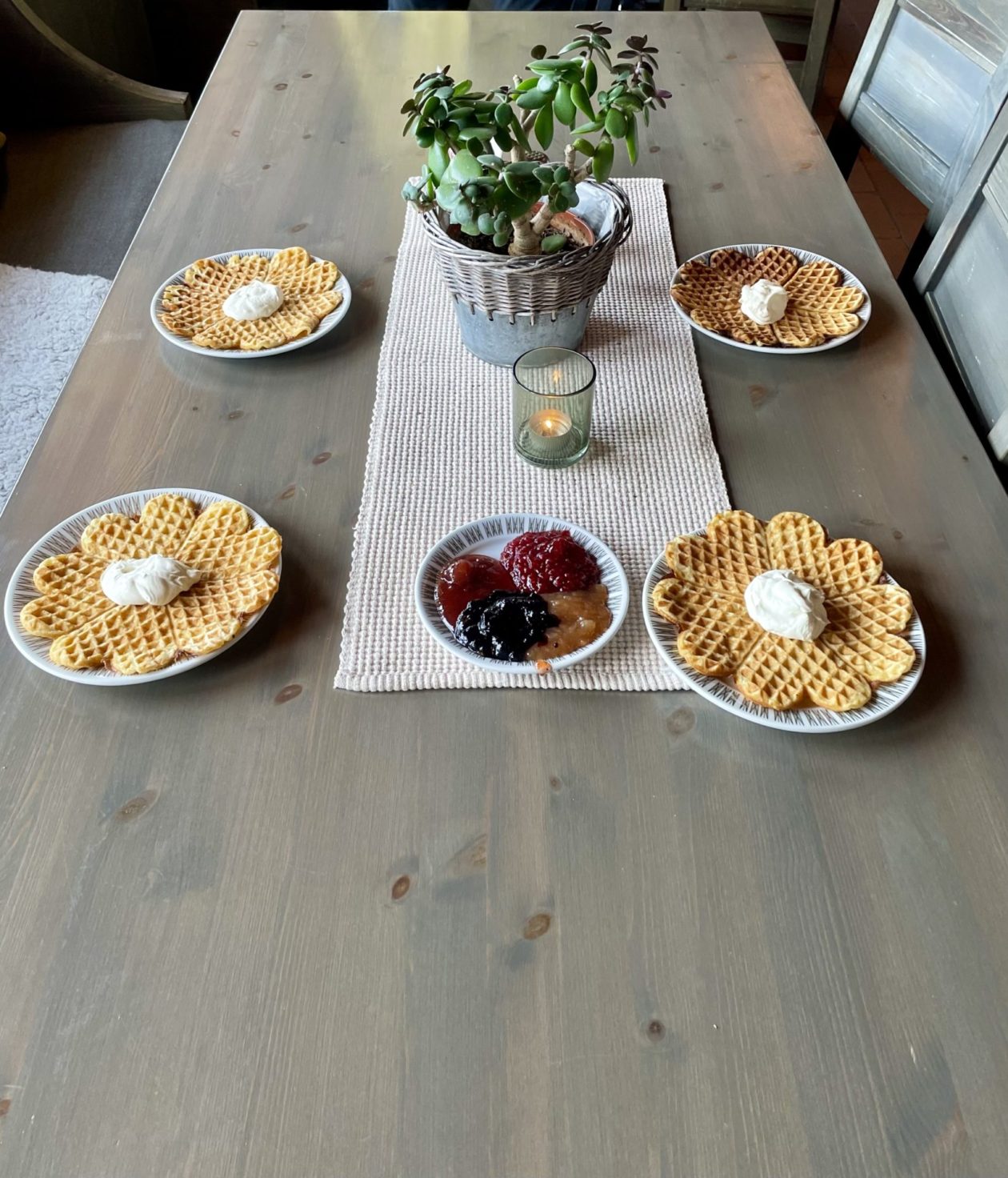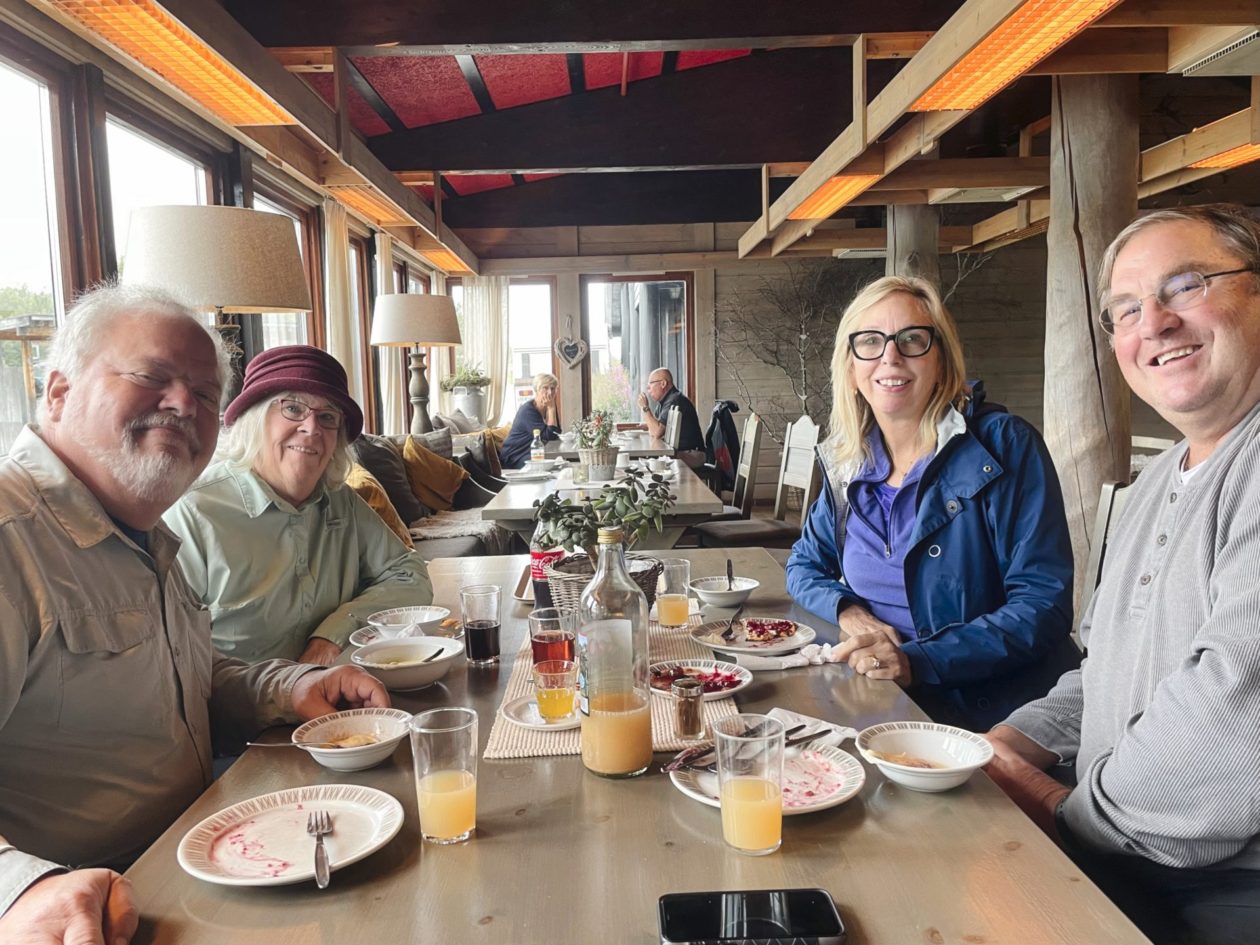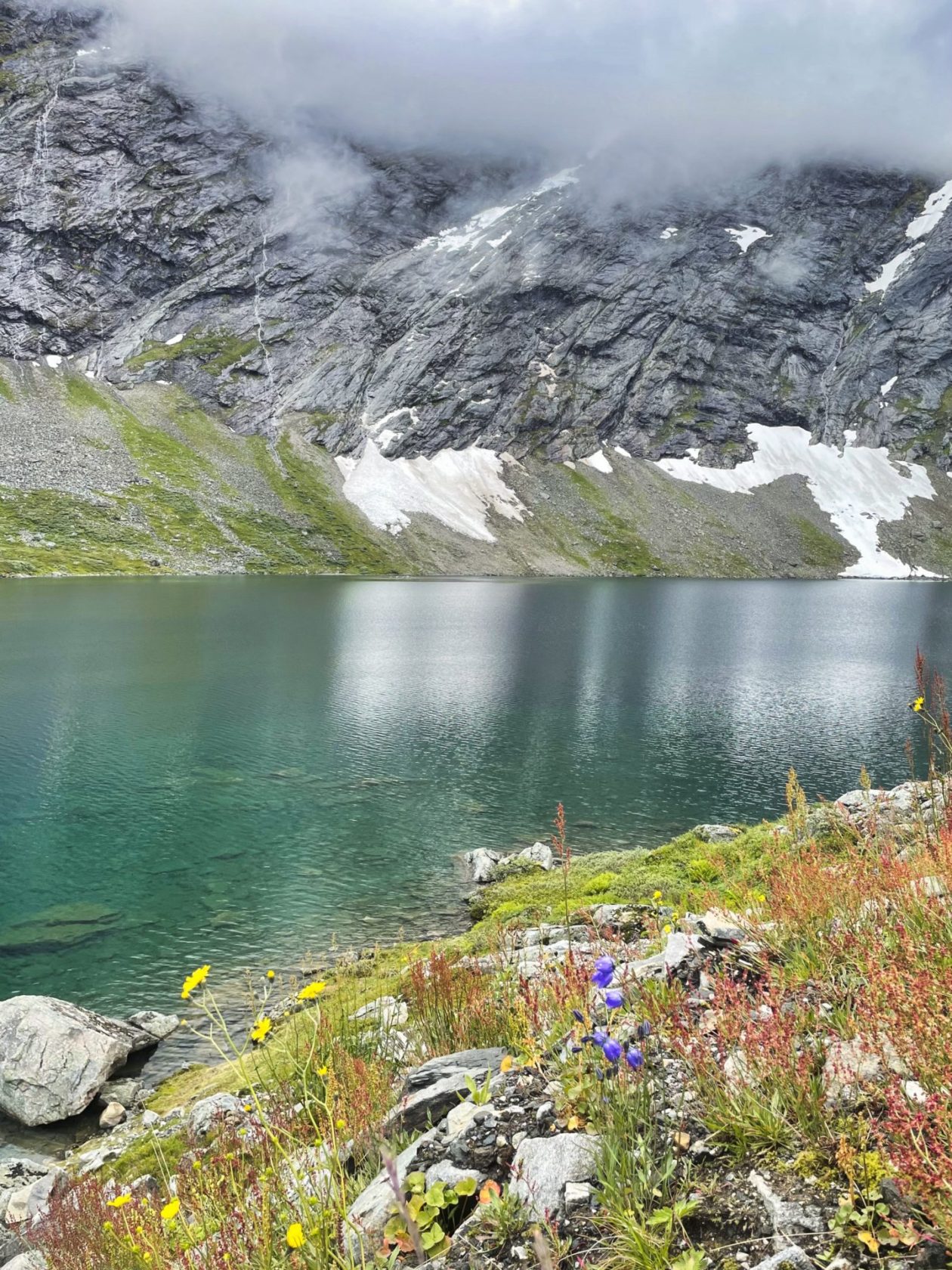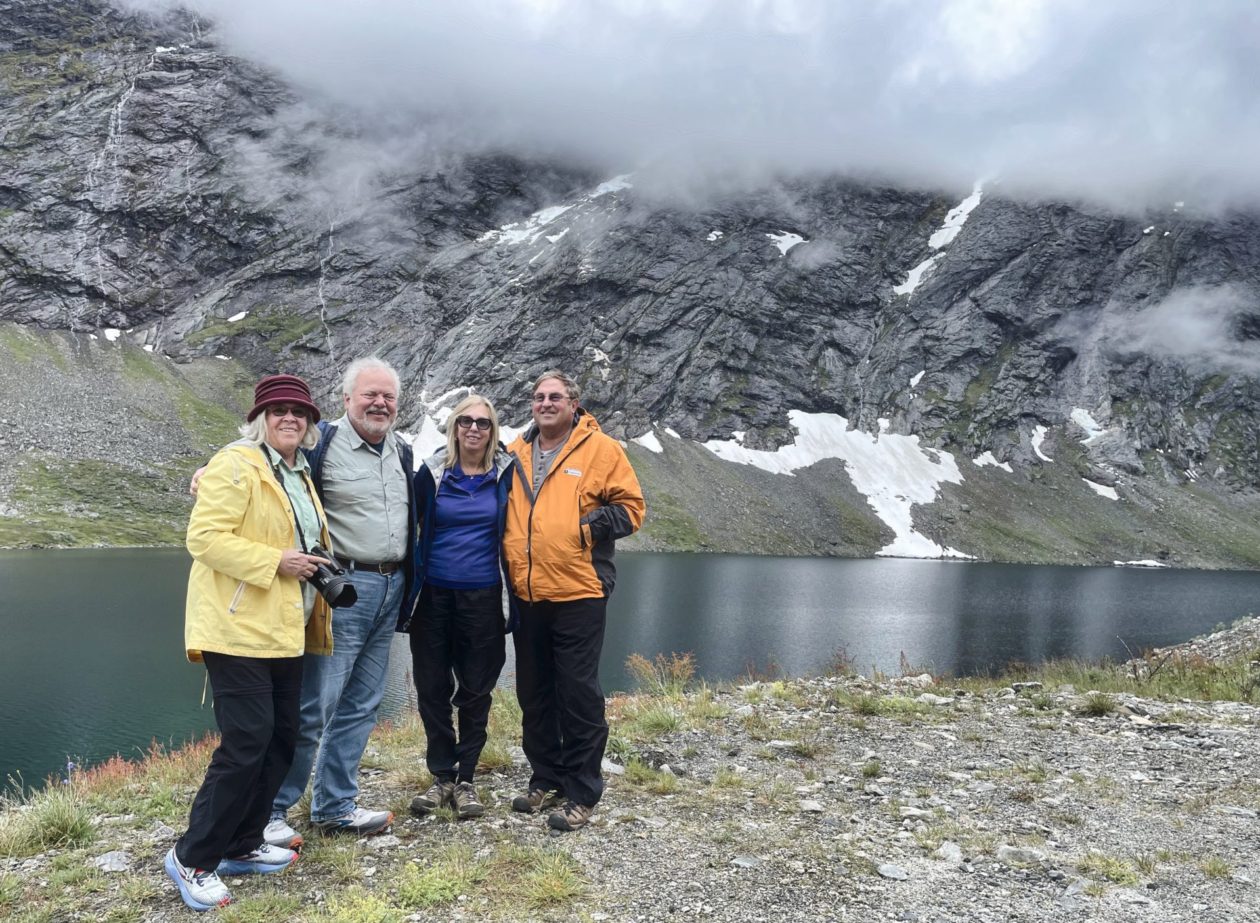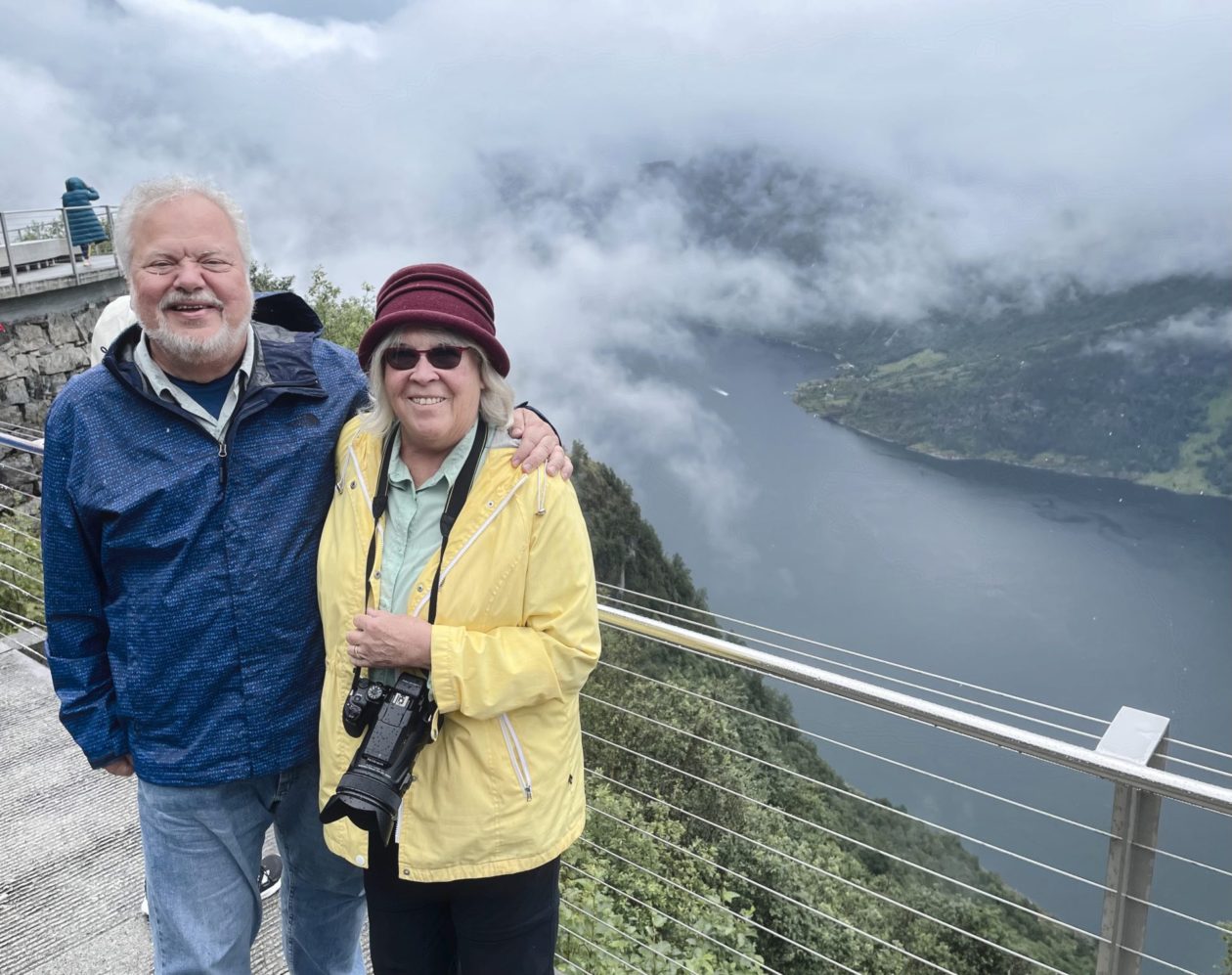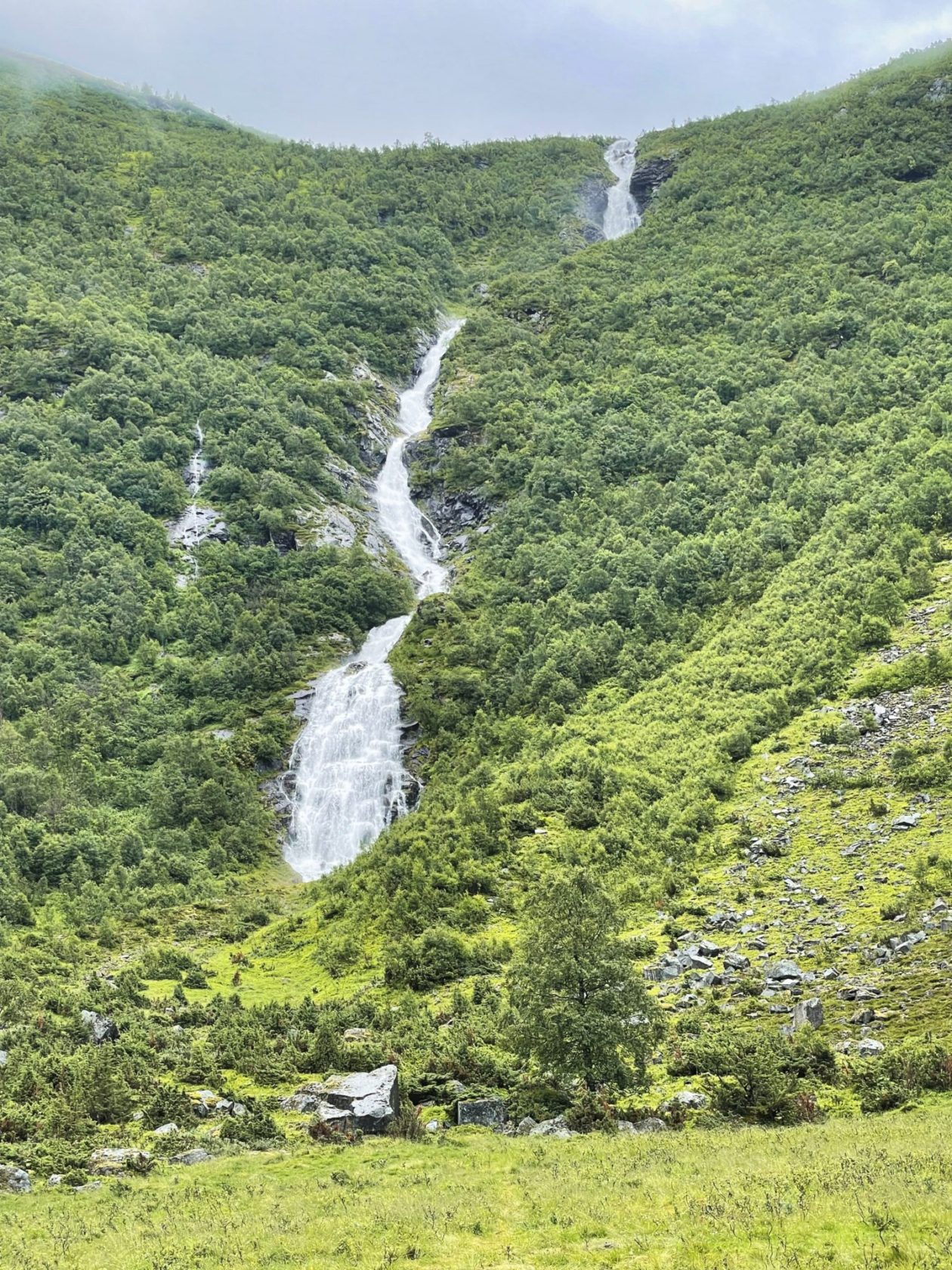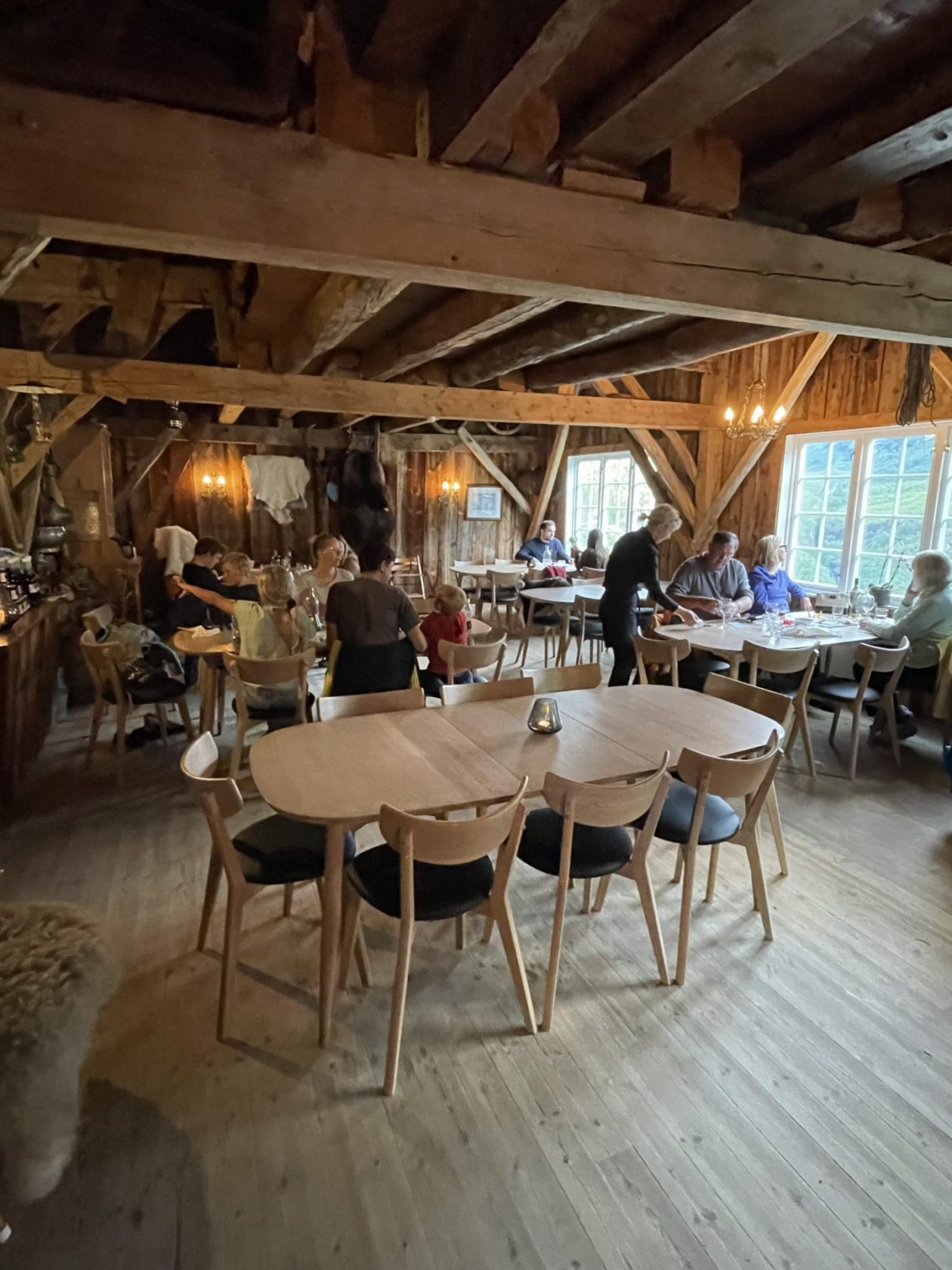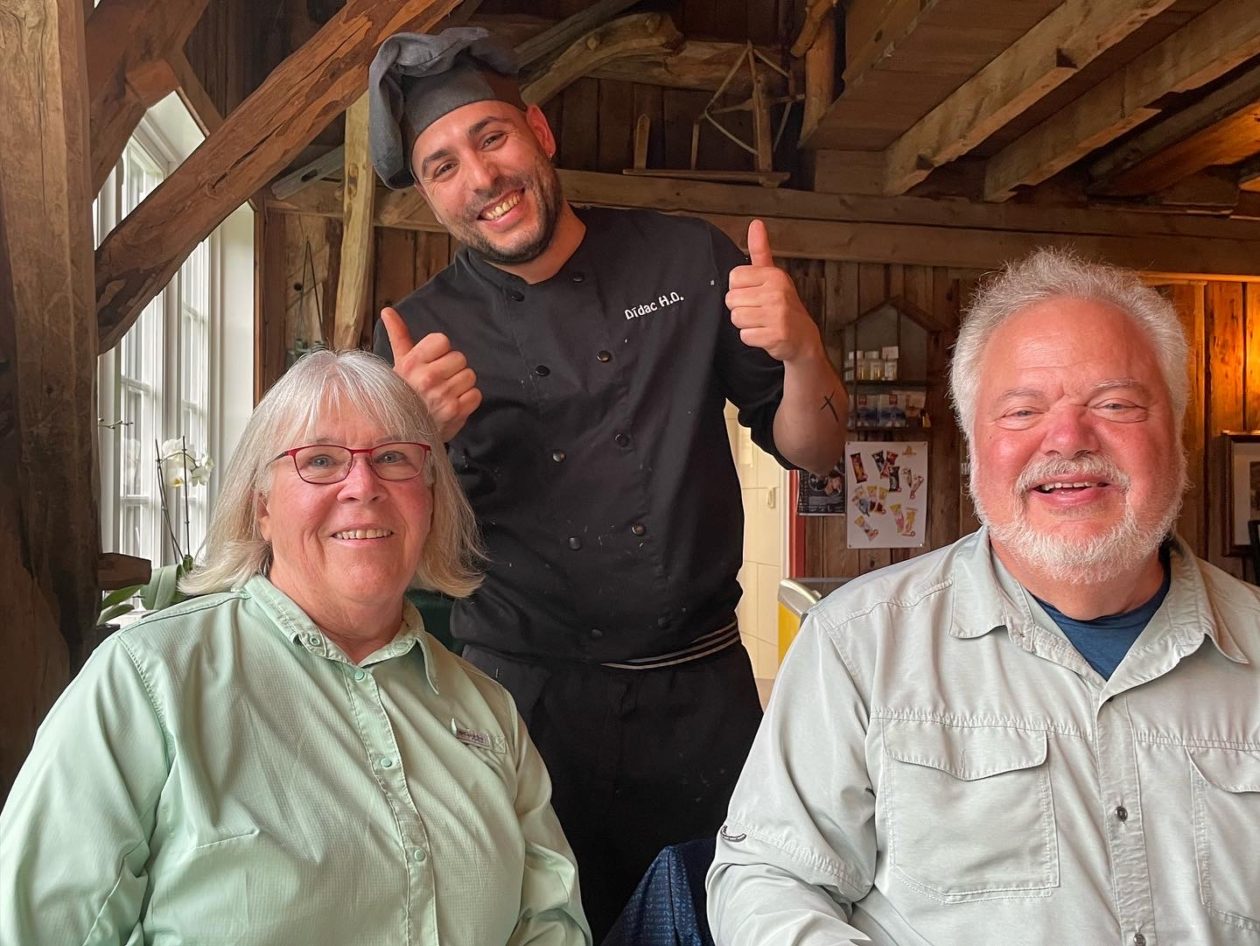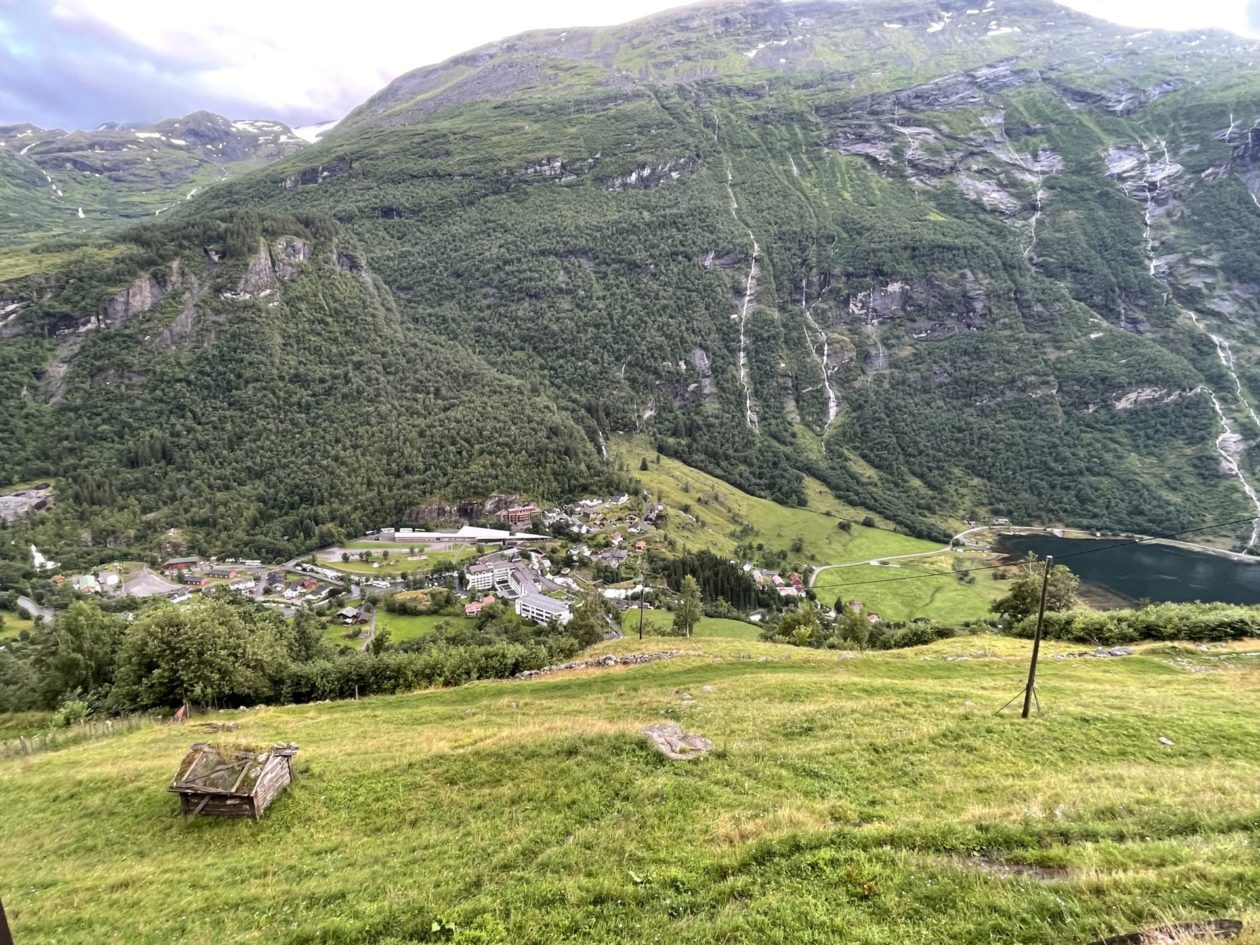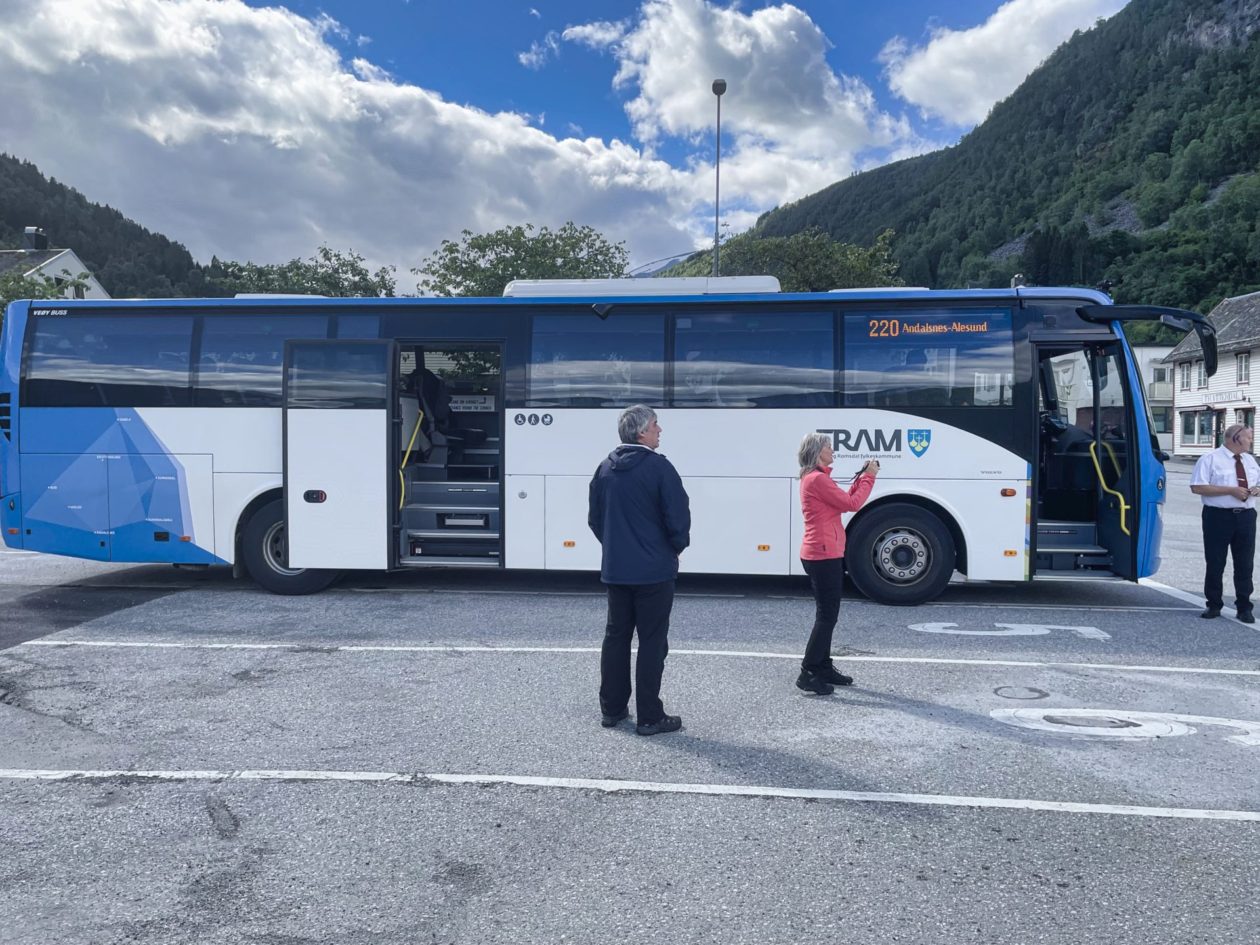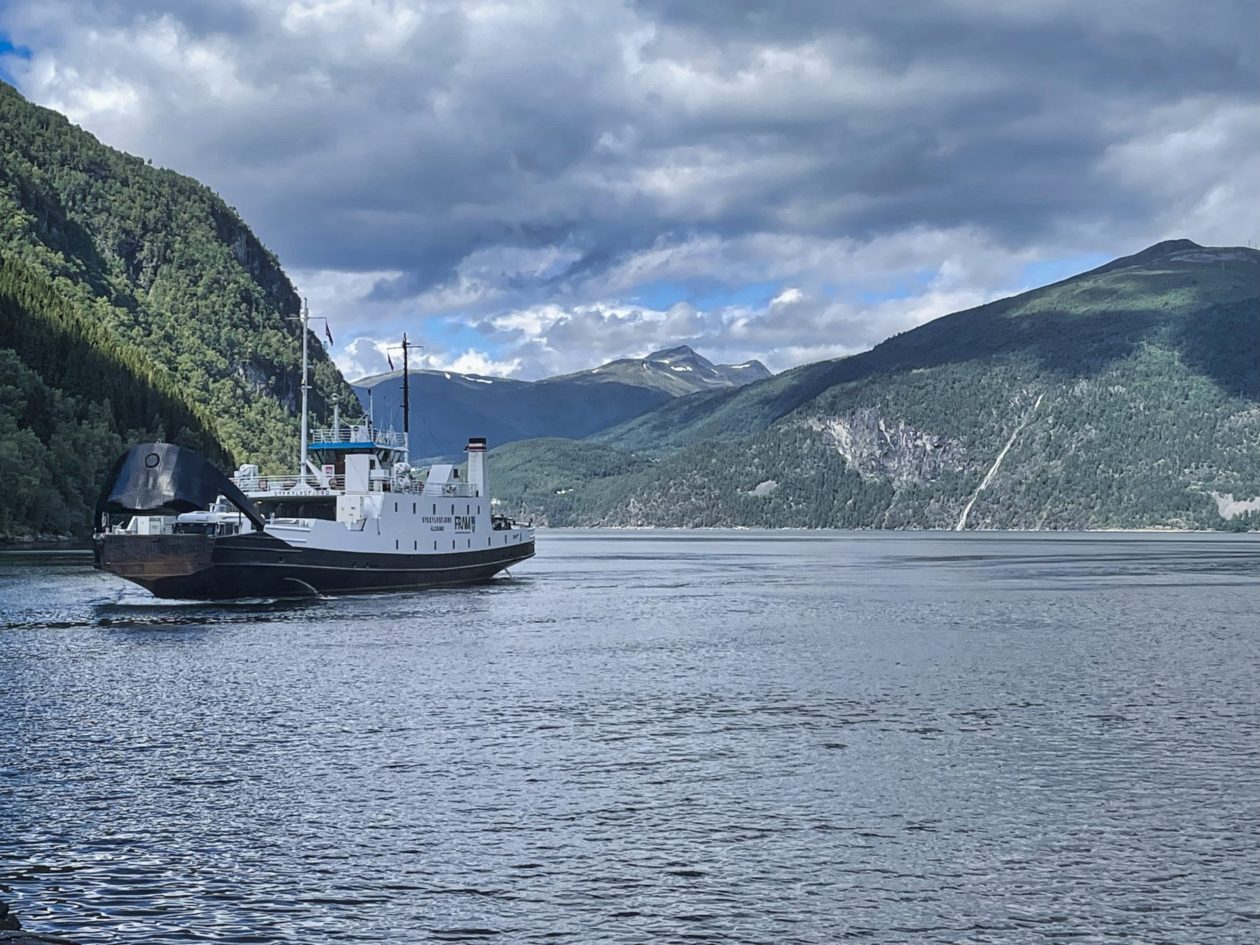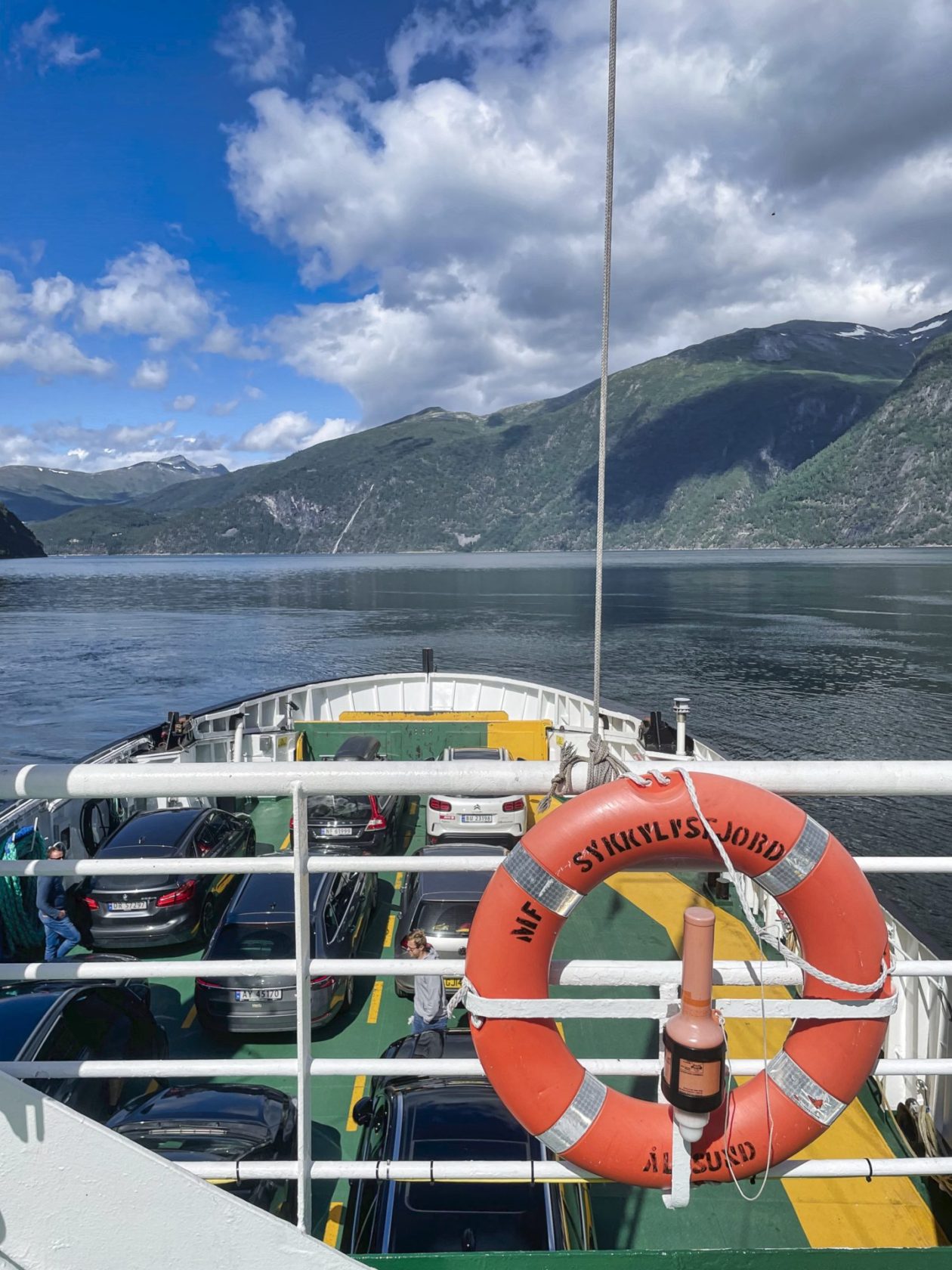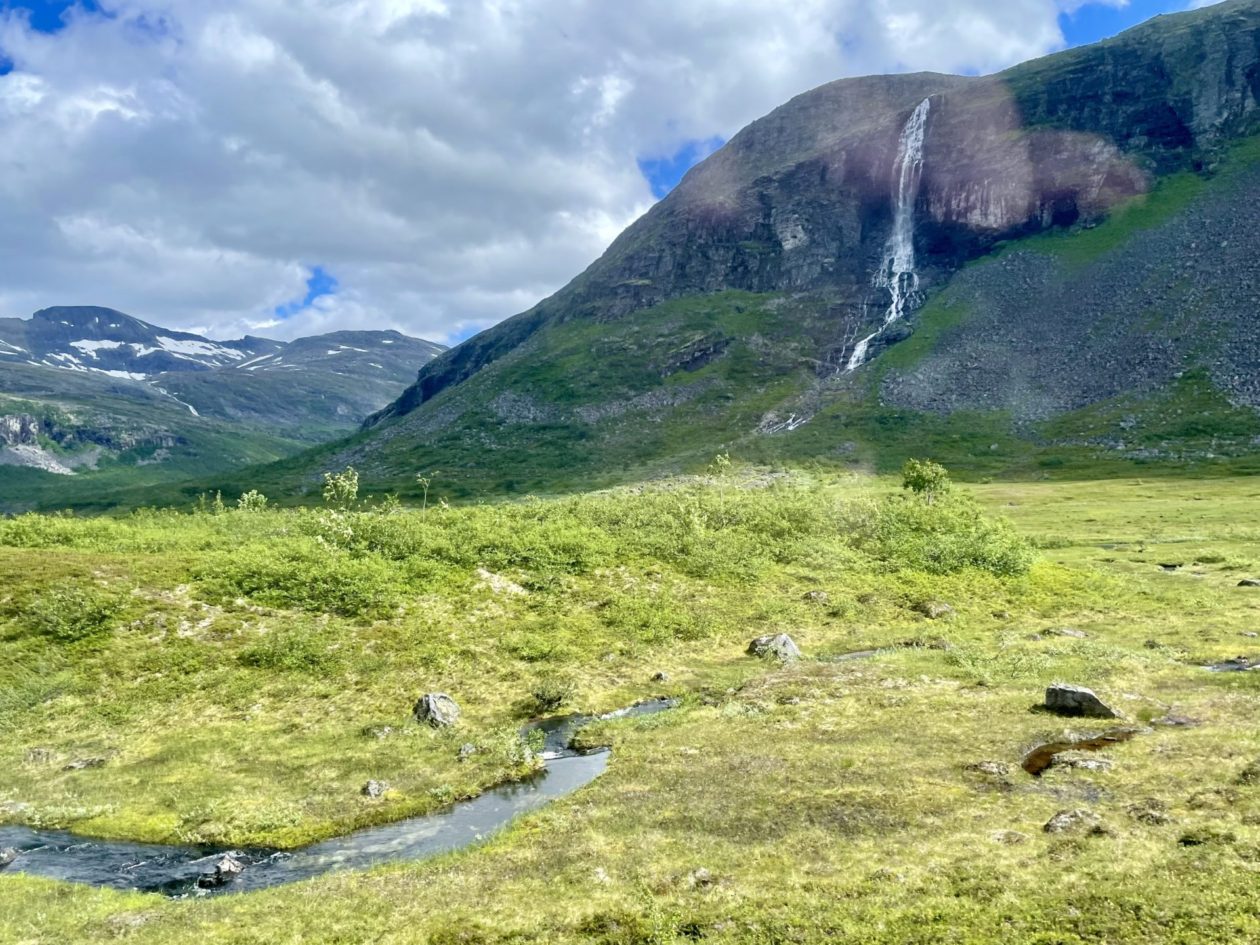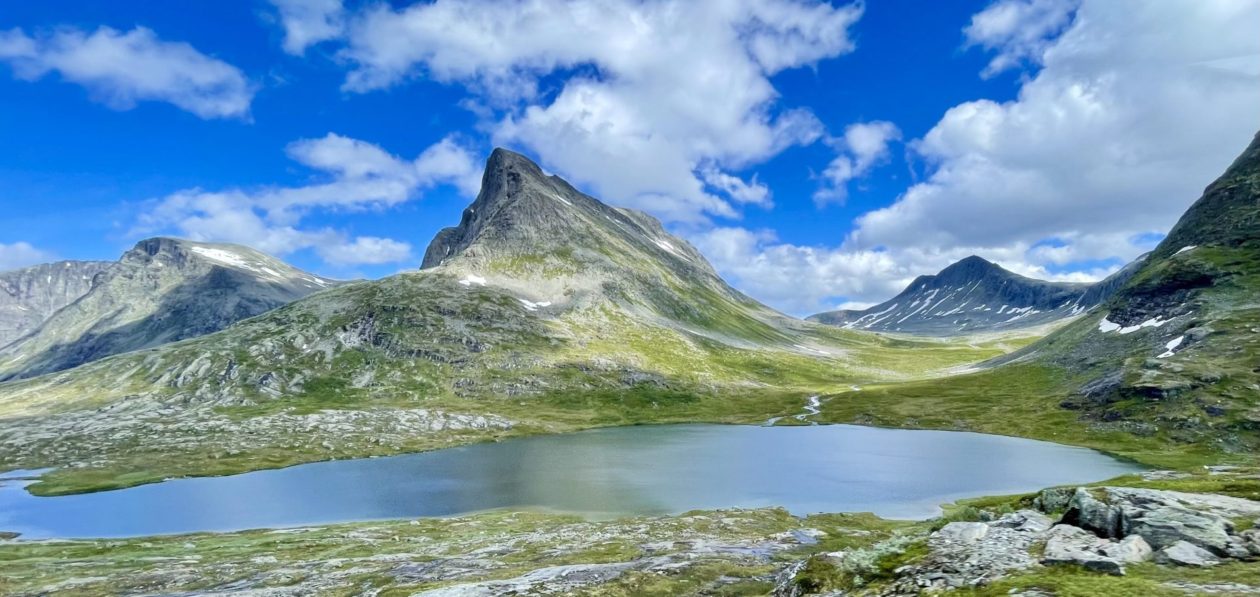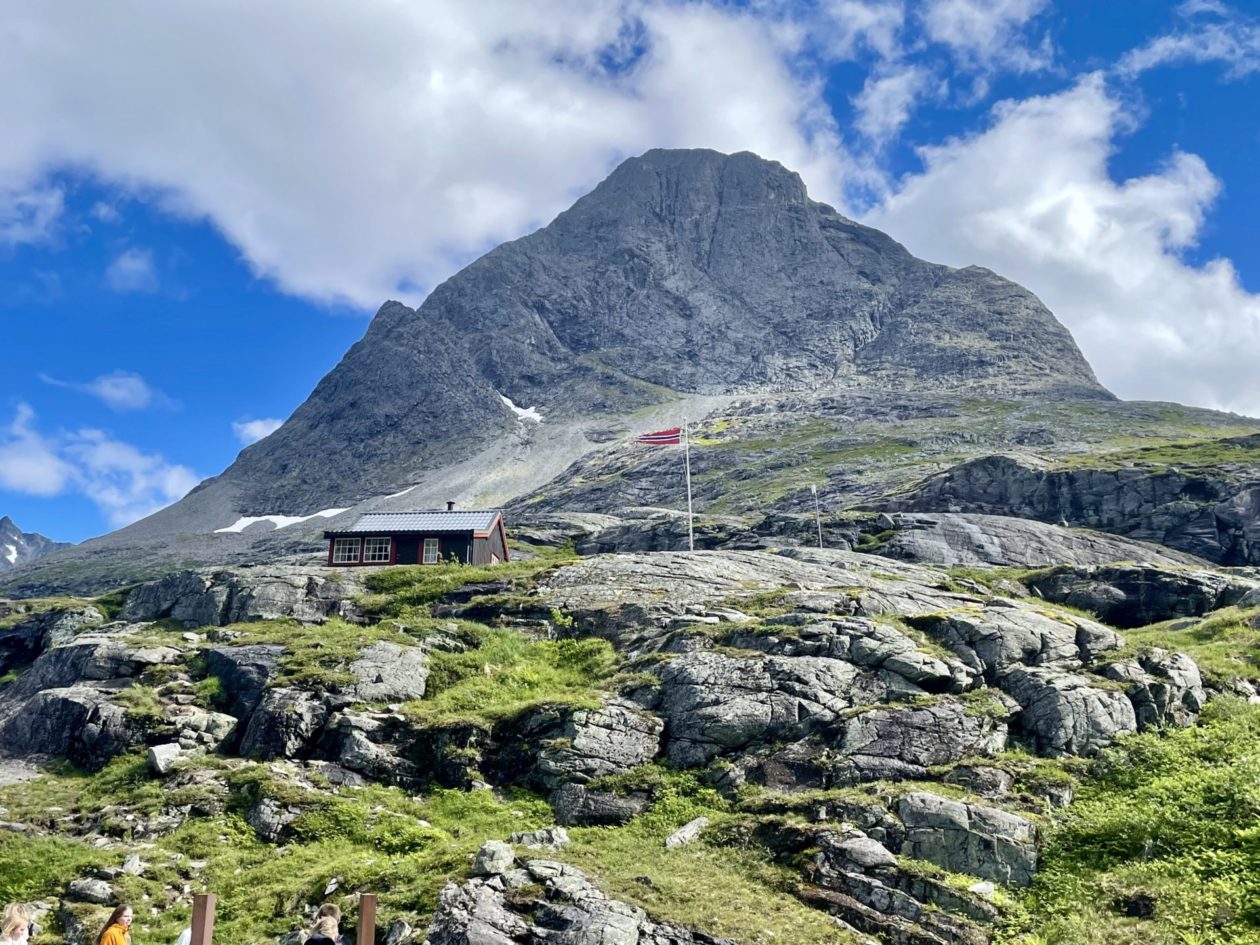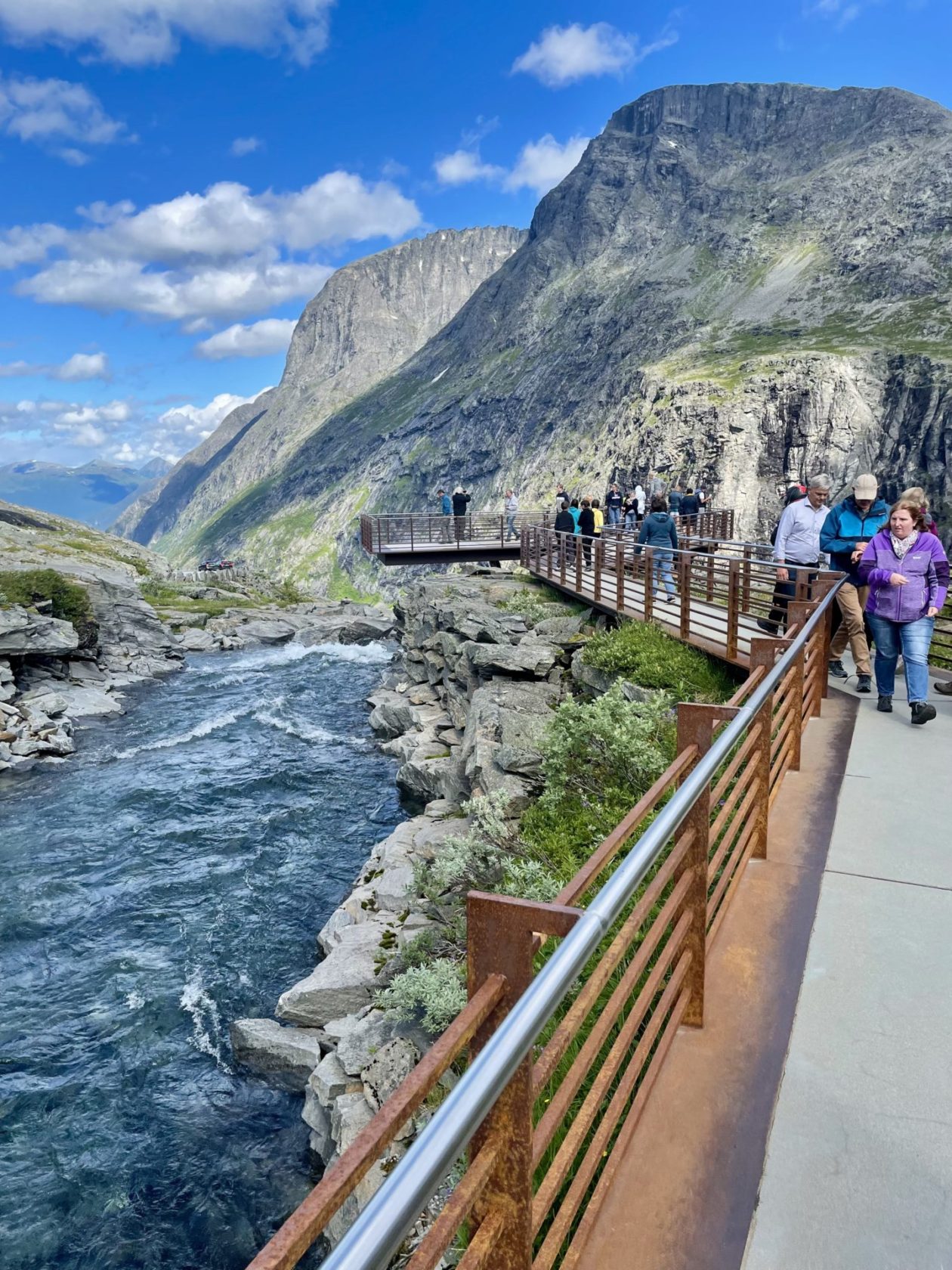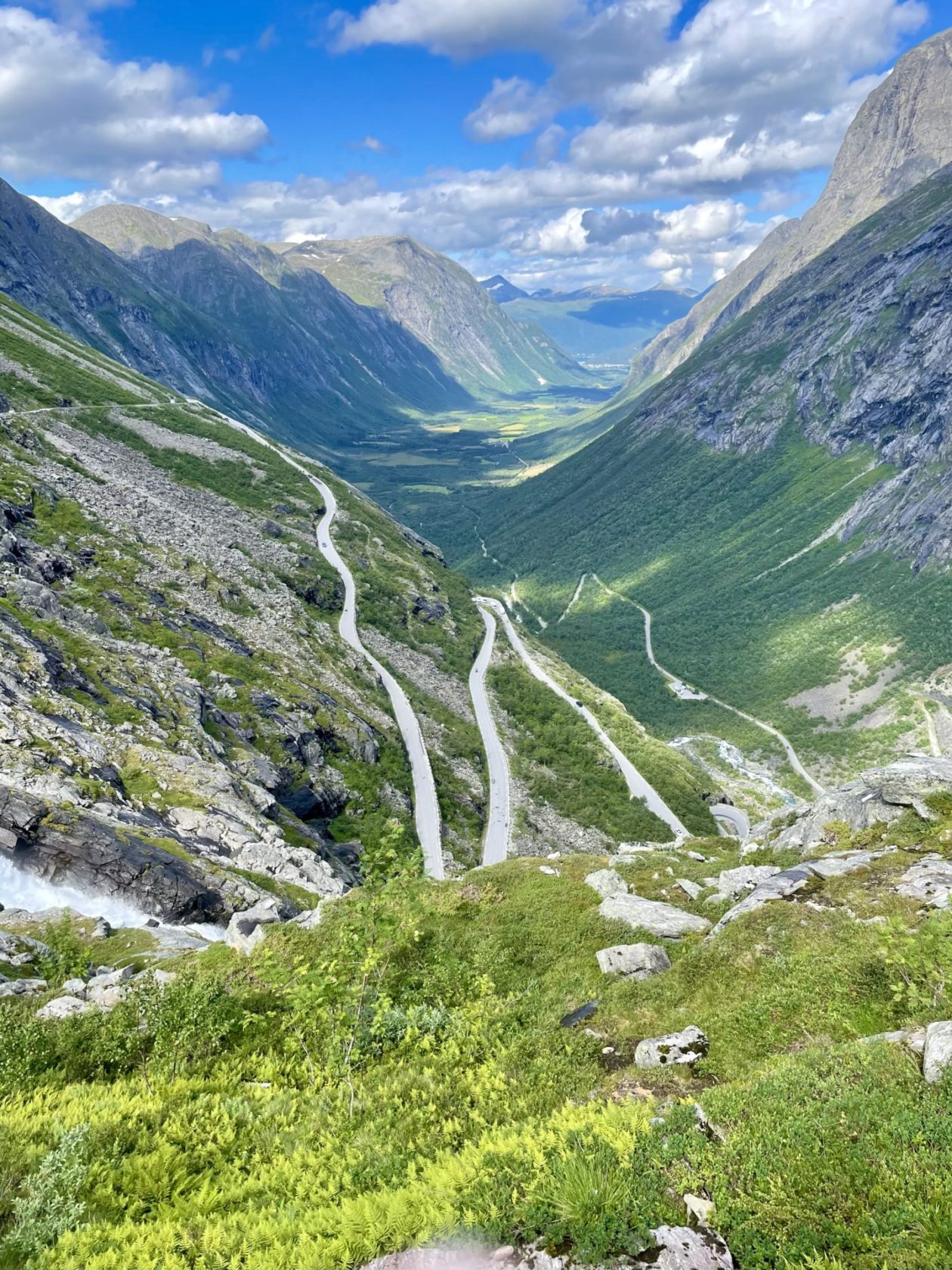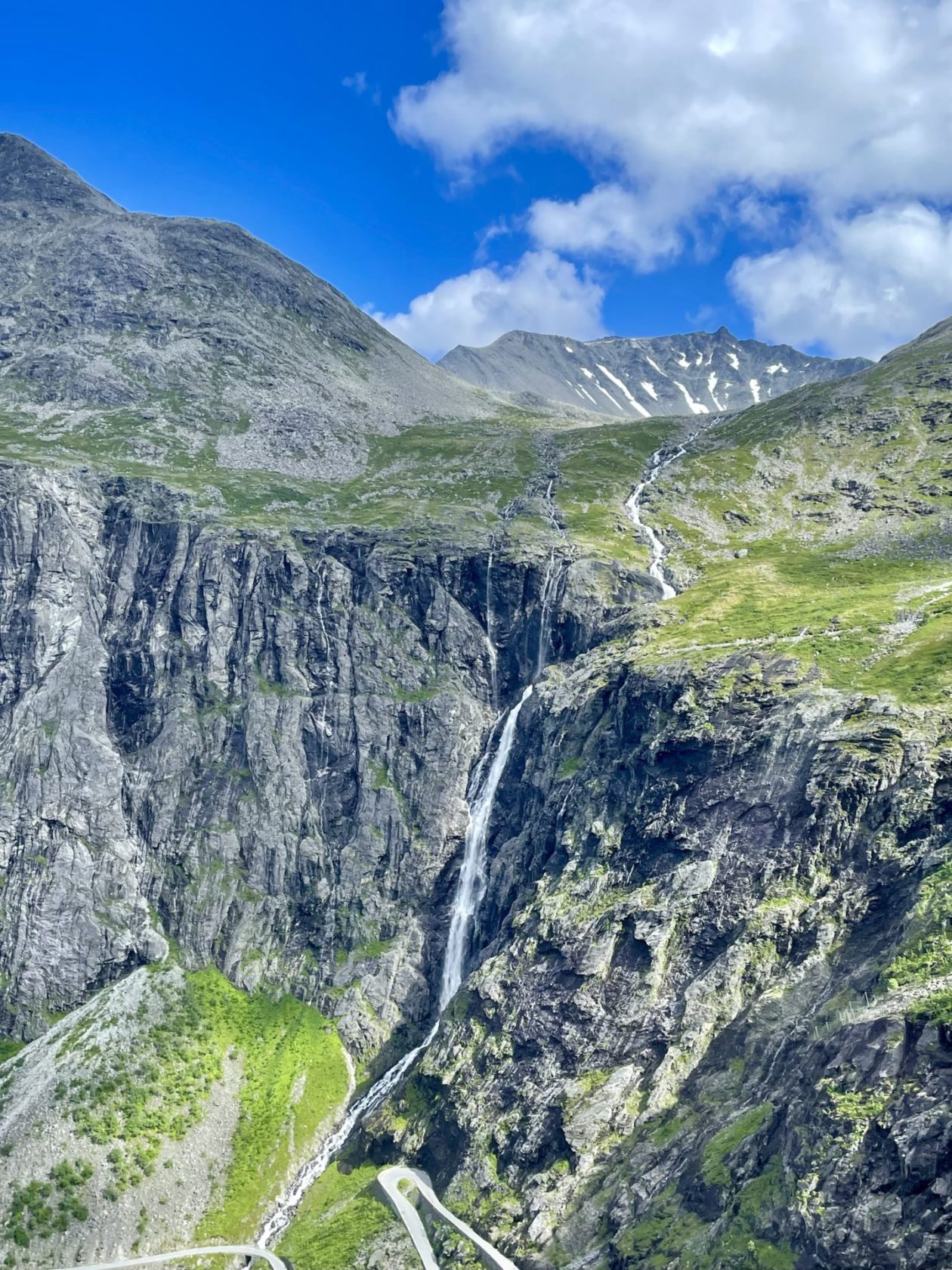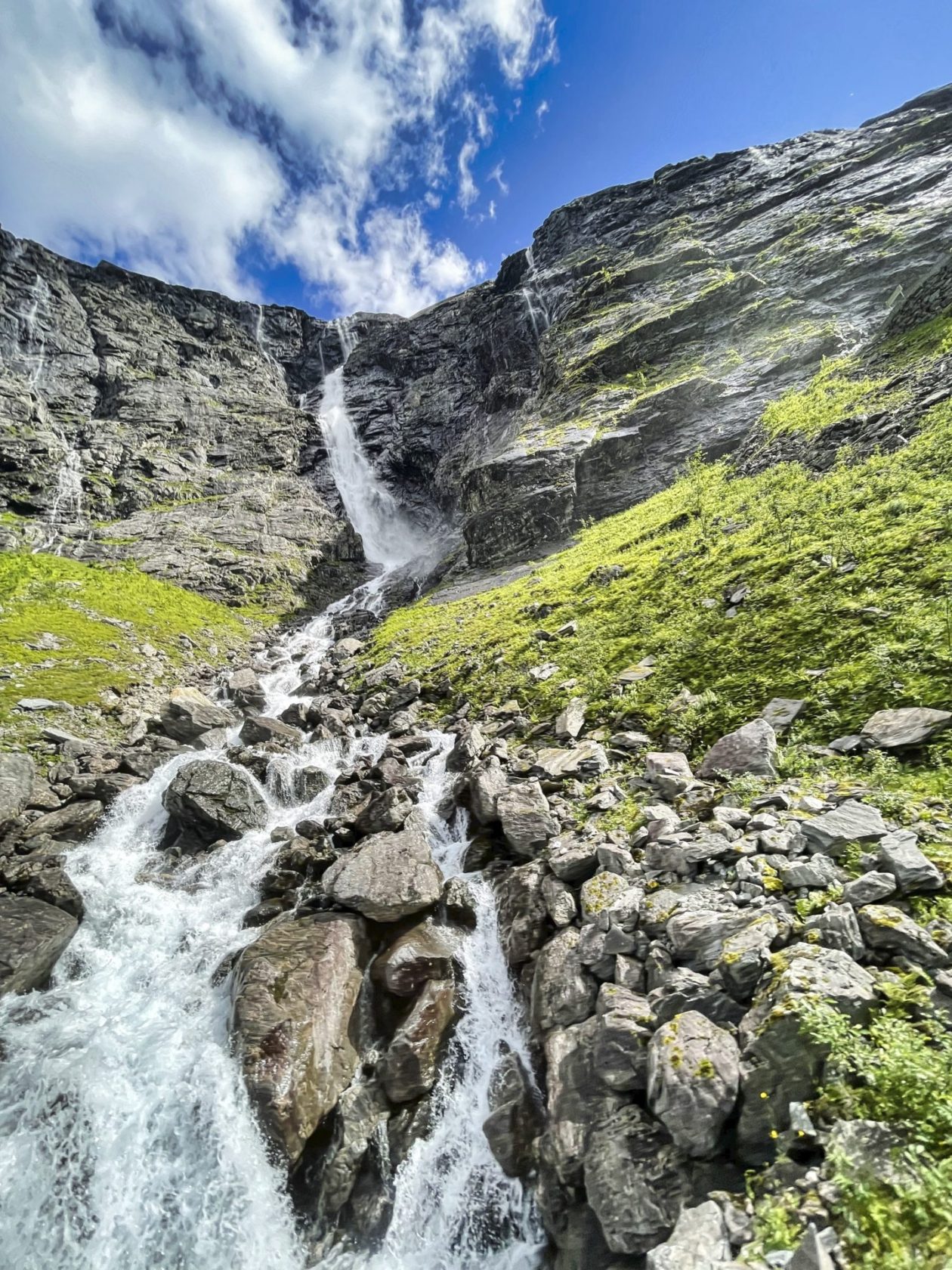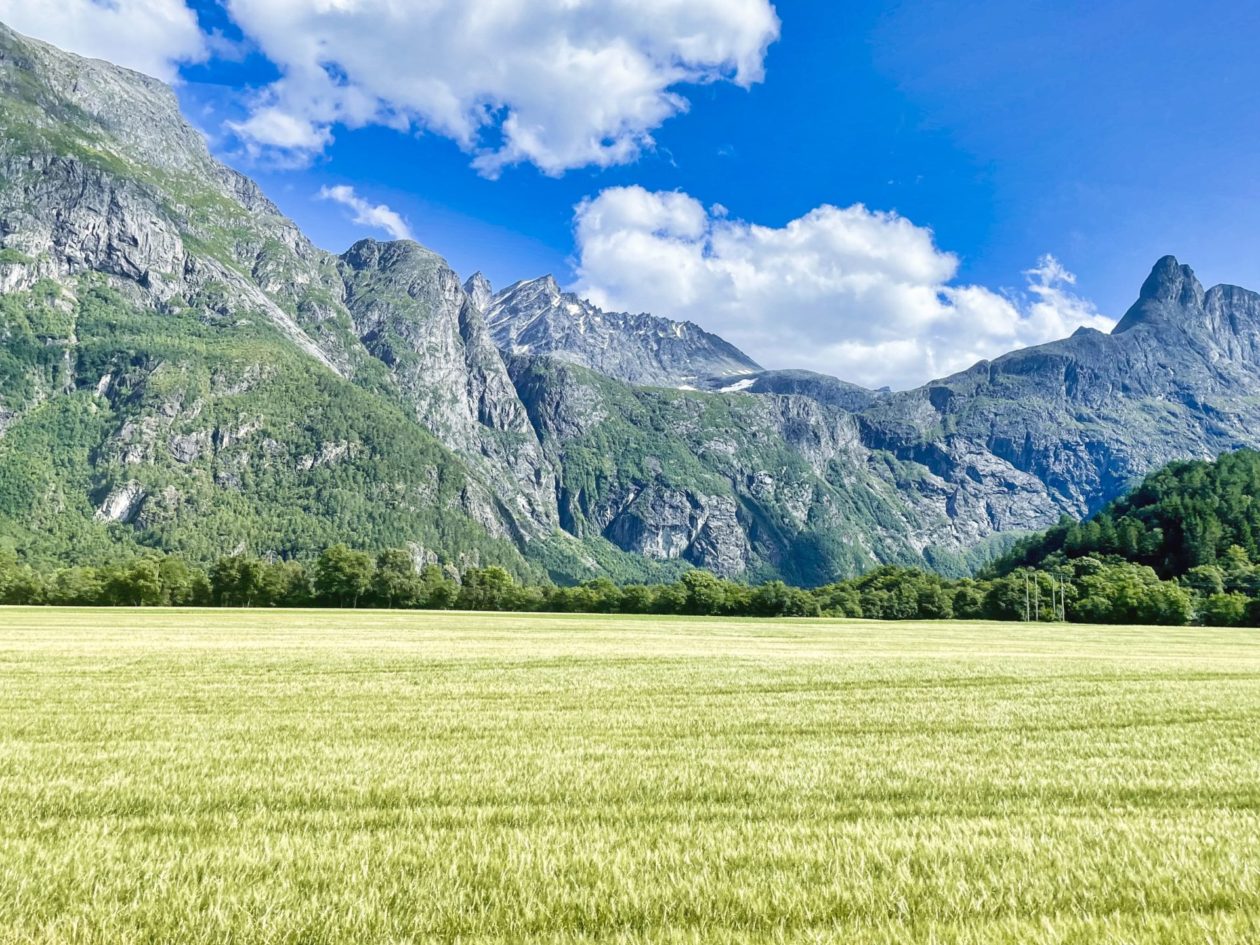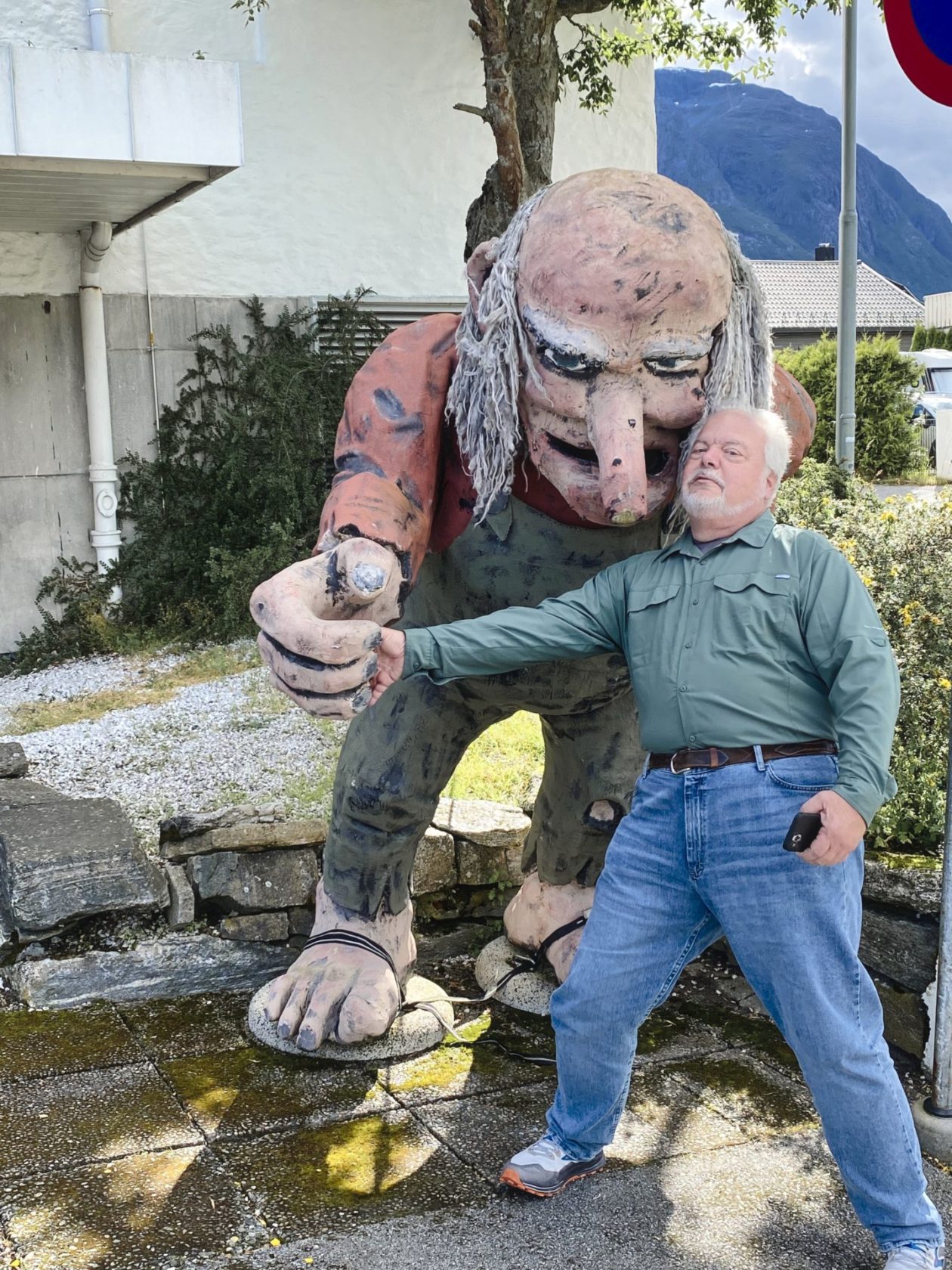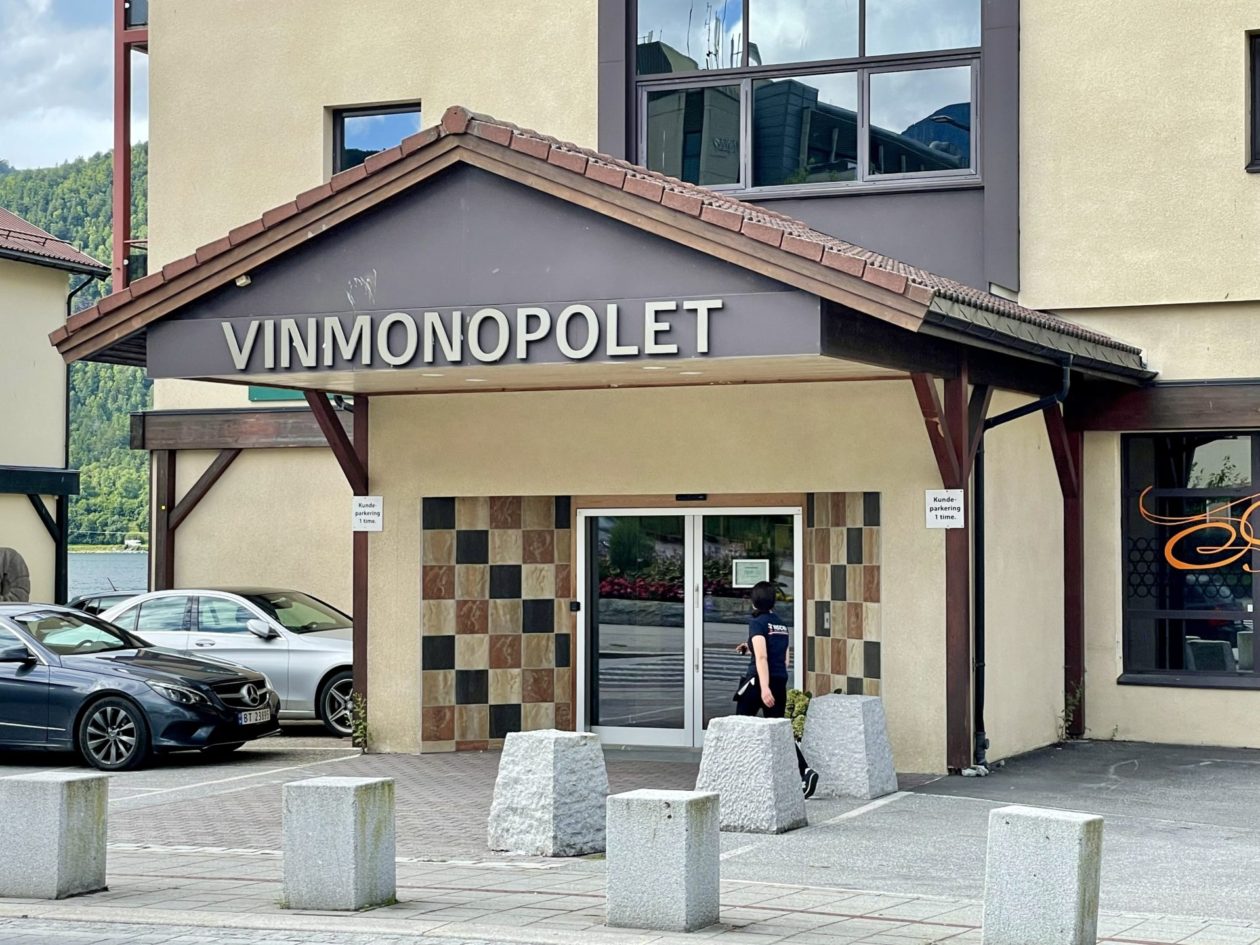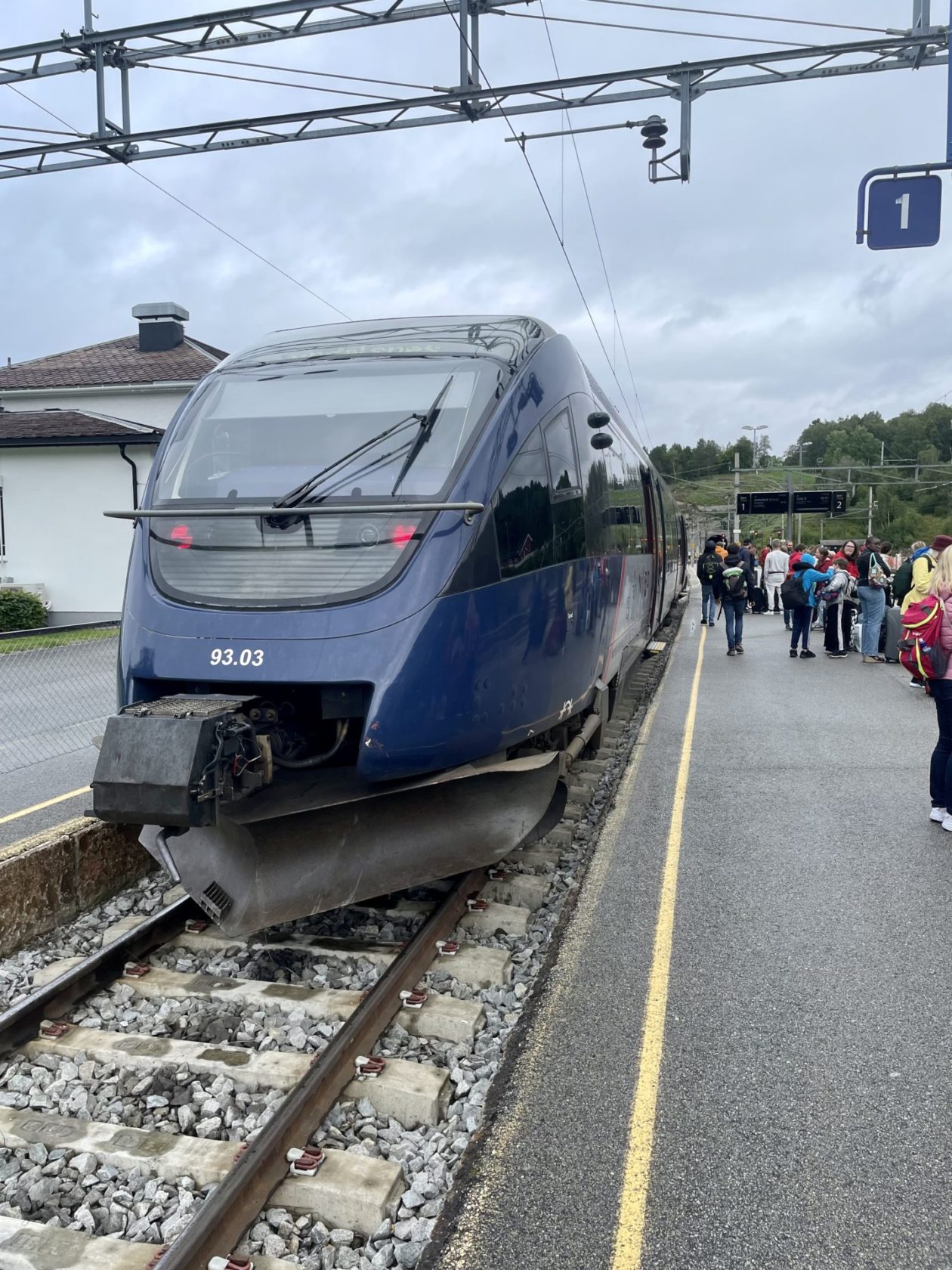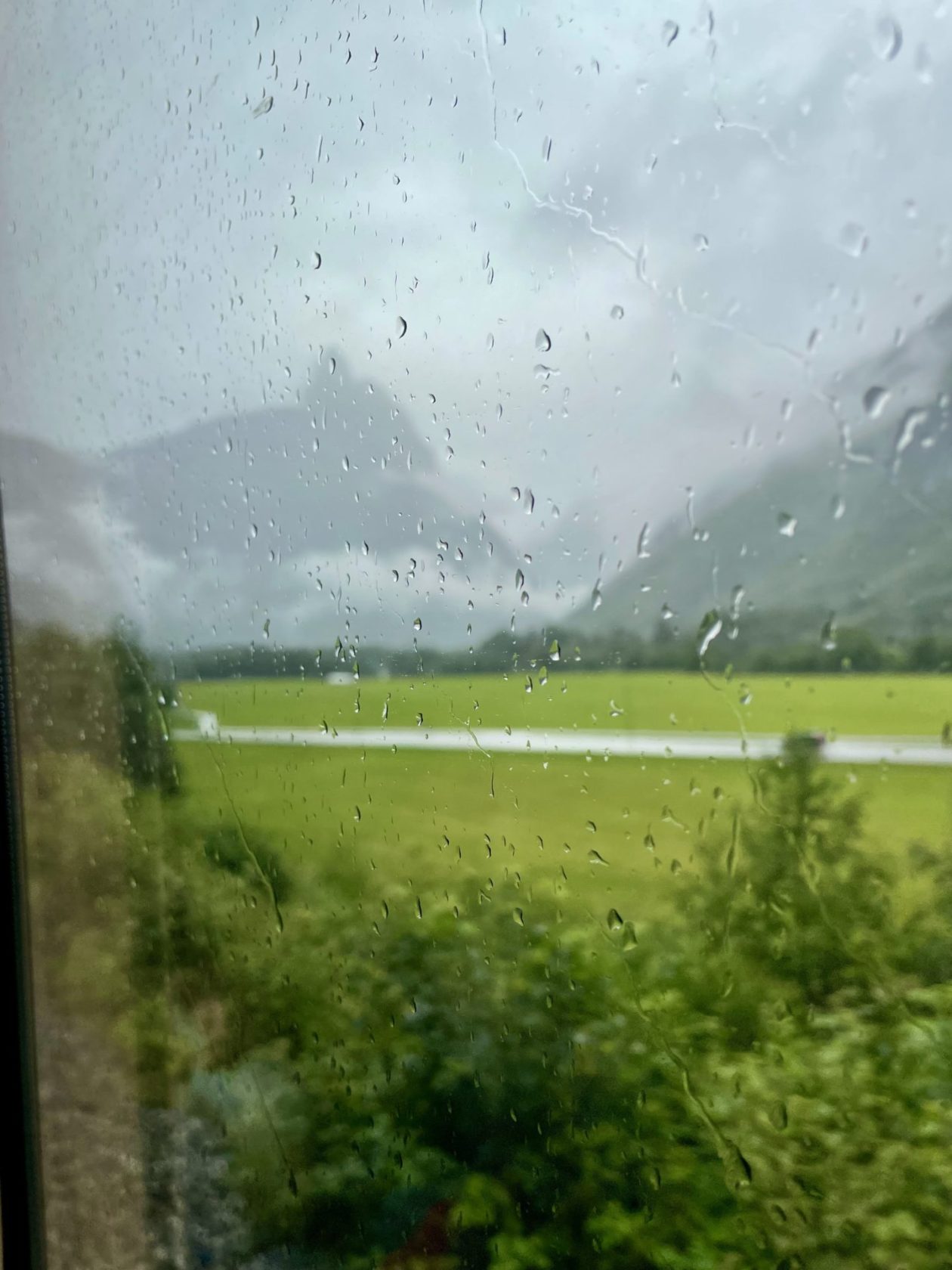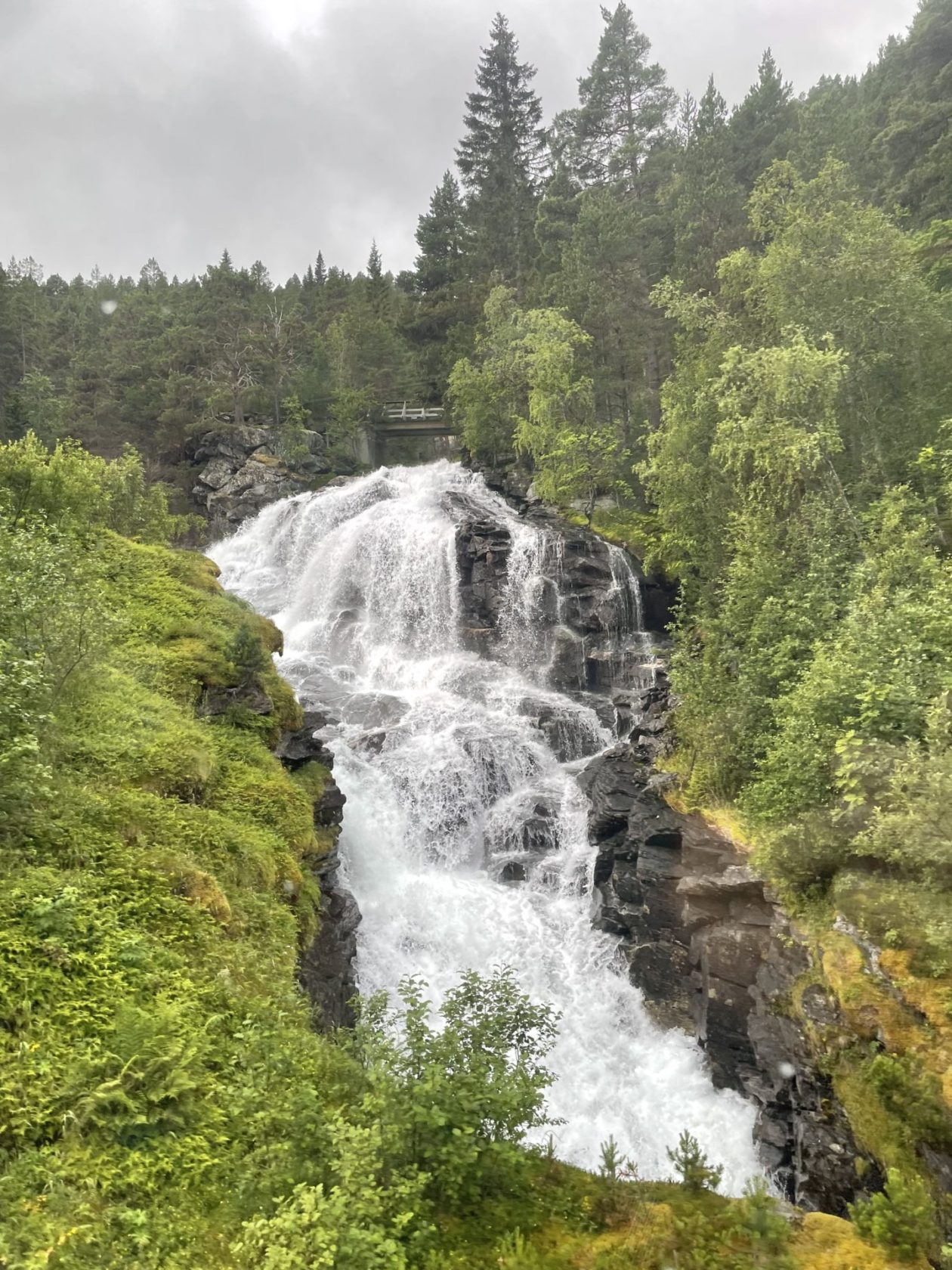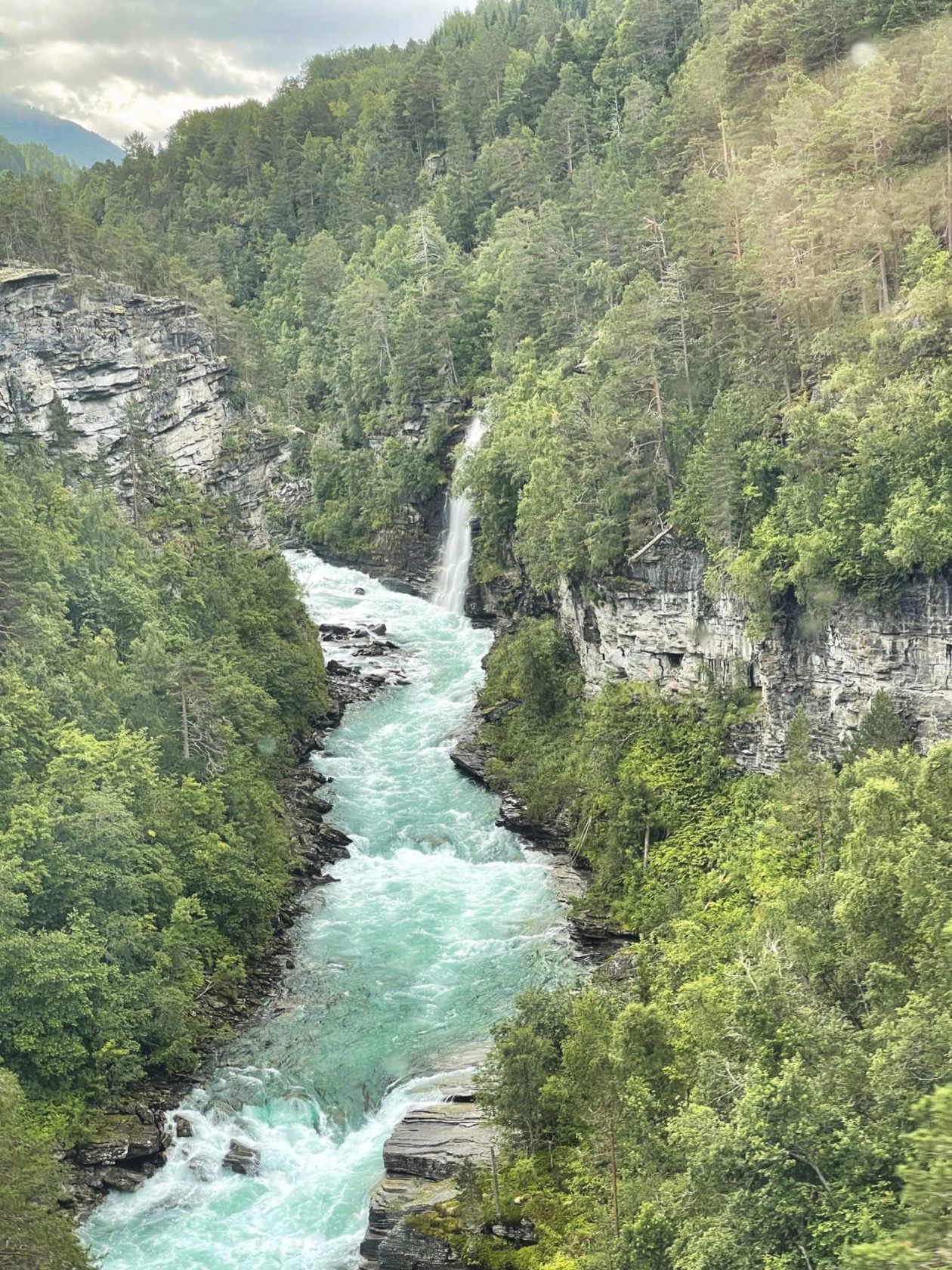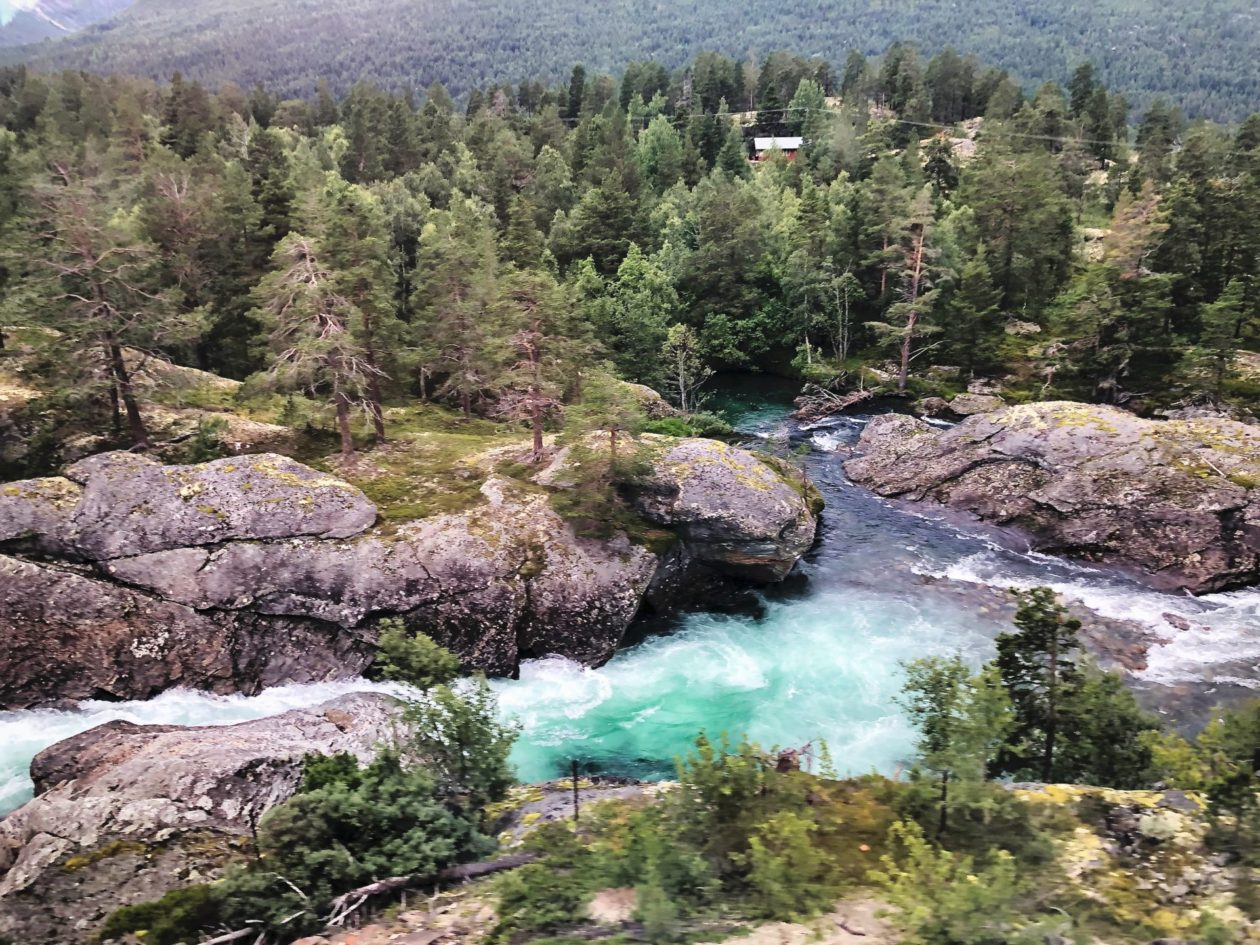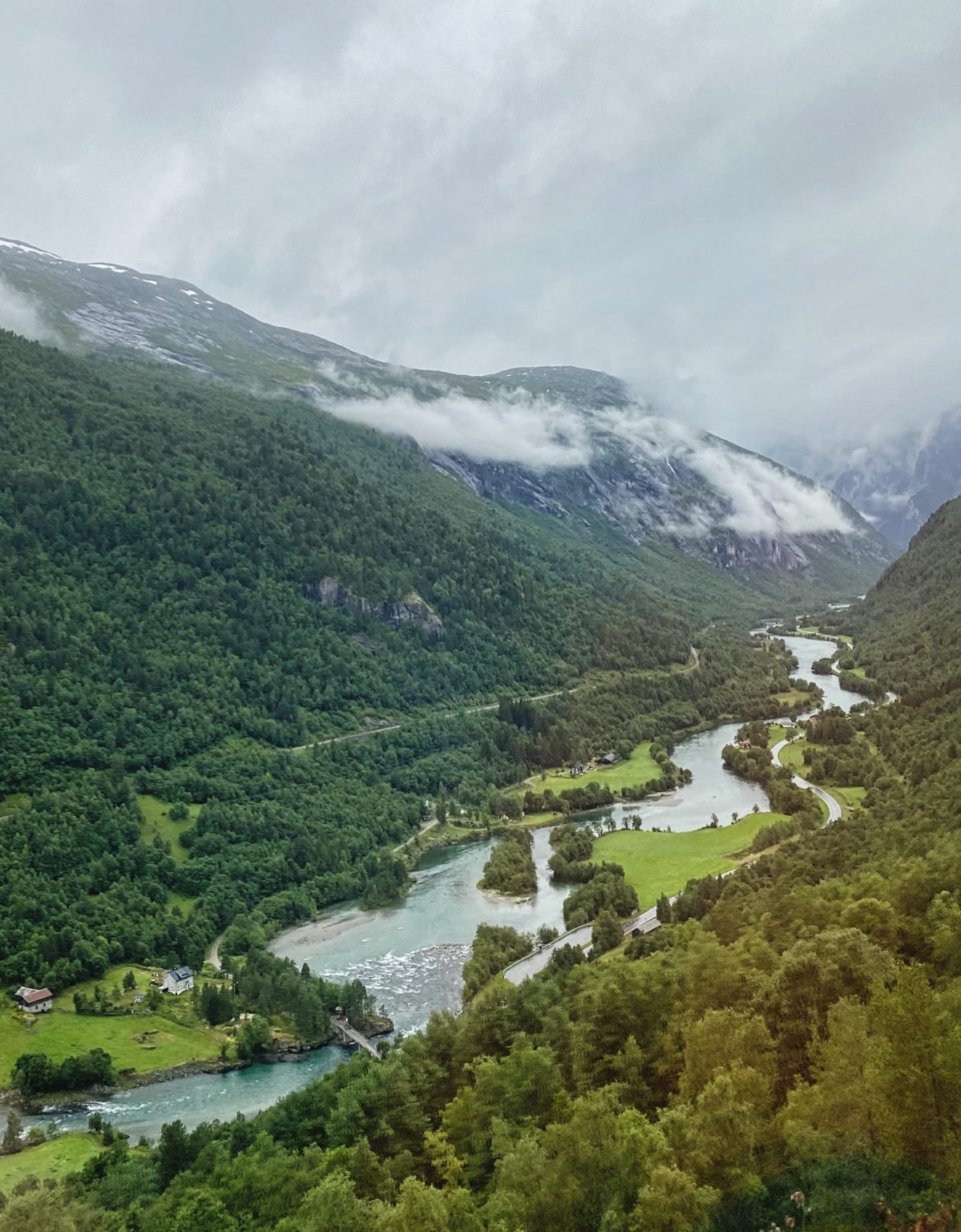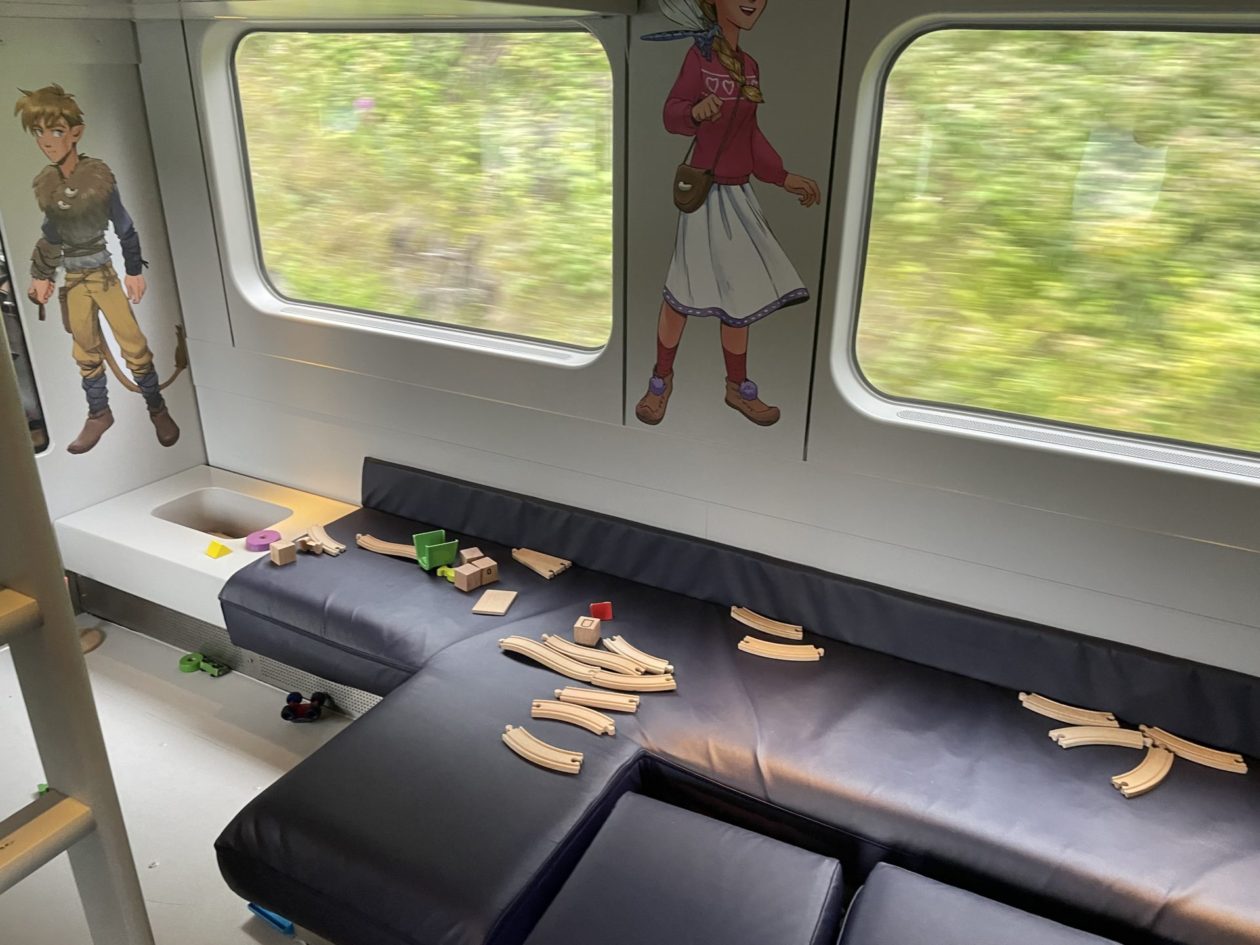- The Nordic Sojourn 2022 — start of trip
- Western Norway — Fjords, mountains, and a lot of rain!
- Longyearbyen, Svalbard, and start of the cruise
- Magdalenefjorden and Gravneset
- Texas Bar and…
- Arctic pack ice and polar bears — what a day!
- Ny London, Ny Alesund, and the massive glacier!
- Poolepynten and fin whales!
- Northeast Greenland National Park and Scoresby Sound
- Ittoqqortoormiit, Greenland
- Patreksfjordur, Iceland and the bird cliff
- Reykjavik and the start of our Icelandic sojourn
- The Golden Circle, Iceland
- Reykjanes Peninsula, Iceland
- Westman Islands, Iceland
- The South Coast and Waterfalls, Iceland
- Vatnajökull National Park — Svartifoss, Skaftafell and Glacier Lagoon Jokulsarlon, Iceland
- The East Fjords, Iceland
- Working our way north — canyons, wastelands, fumaroles, pseudo craters and lakes!
- The Diamond Circle
- Akureyri, a breakdown, and a detour
- VR Viking battle, Glaumbær, Icelandic horses, and back to Reykjavik
- Husafell
- Into the Volcano!
On our first evening in Norway, we started our swing of the fjord lands of West as we flew into Alesund, Norway. Despite the fact that July is typically one of the driest months in this area, it has been raining steadily for a couple of weeks with the next week forecast for rain as well. This seems somewhat familiar in that Seattle has been experiencing a very similar phenomena. As we were flying in, we saw many of the seven of the islands that make up Alesund. From the airport, we also crossed (or actually took tunnels under) three of the islands on the way to the town center. Anyway, while we only have an evening to spend in this city, we spent quite a bit of time wandering around. Luckily, the sky began to clear for us. Alesund is a very interesting city architecturally. You see a lot of very beautiful buildings dating from around 1905. That’s because the former wooden city burned in 1904. Some young Norwegian designers came together to redesign the city in the art nouveau style and many of the buildings around the area have the turrets, towers, and carvings that are characteristic of that style. As such, Alesund is one of the more architecturally interesting towns in Norway. One interesting connection to all of this, however, is Kaiser Wilhelm II of Germany. It turns out that he liked to vacation in the area and, after the fire, he sent four warships with materials to build temporary shelters and barracks and ultimately put up a lot of the money for the reconstruction. There appear to be a goodly number of museums that we unfortunately missed, as well as some glass blowing and ceramics schools that are housed in some of the waterfront buildings. One of the highlights of the evening was dinner at Anno. While we didn’t try it, Alesund is known for its klippfisk, a dried and salted cod used to make bacalao. We have had bacalao in Mexico and it is a little too salty for us. But we enjoy meeting our server who, while being from Alesund, spent seven years with her parents living in West Palm Beach, FL. During that time, she lost all of her accent. While she loves being back home, she does miss the sun and warmth of FL.
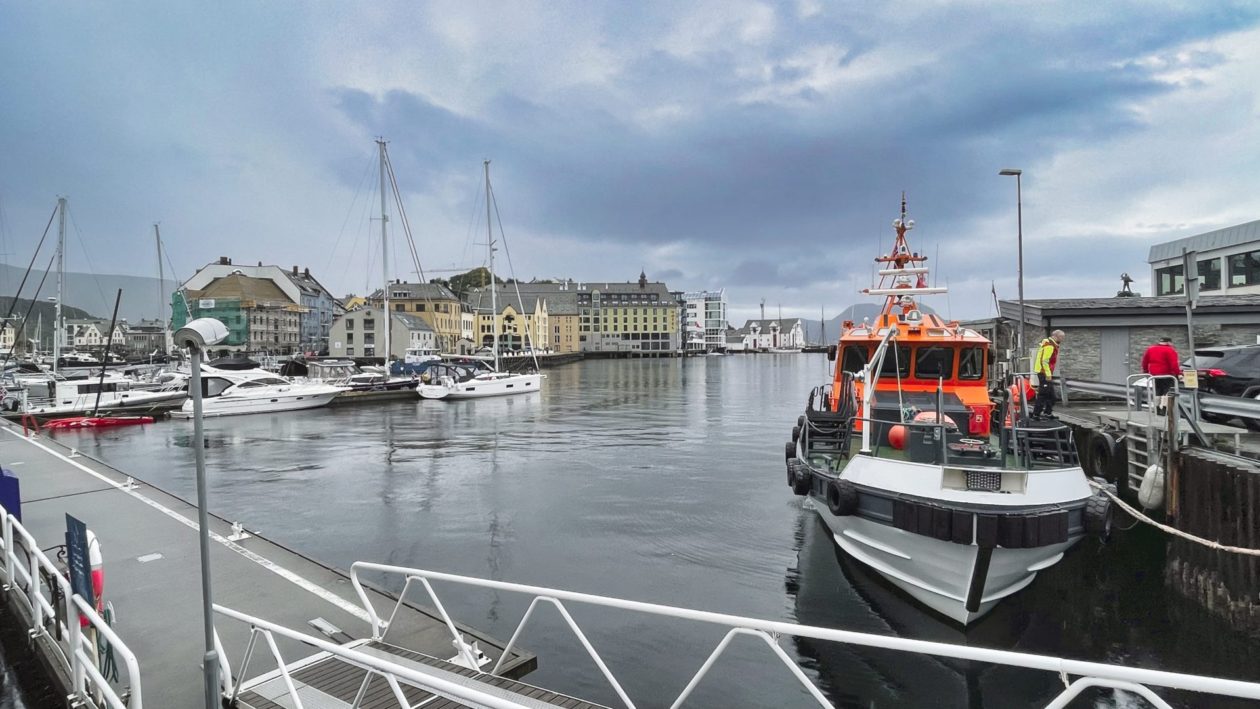
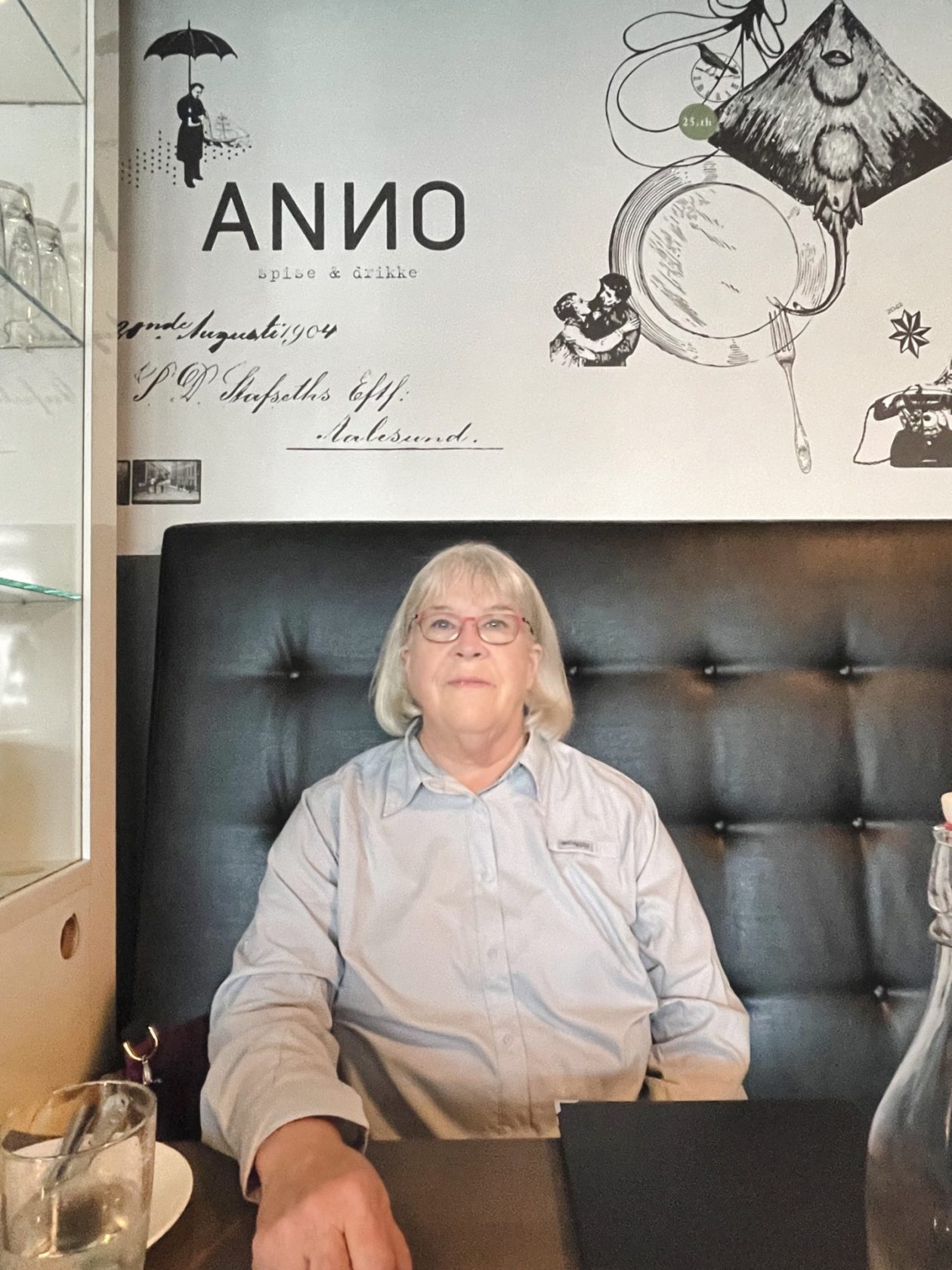
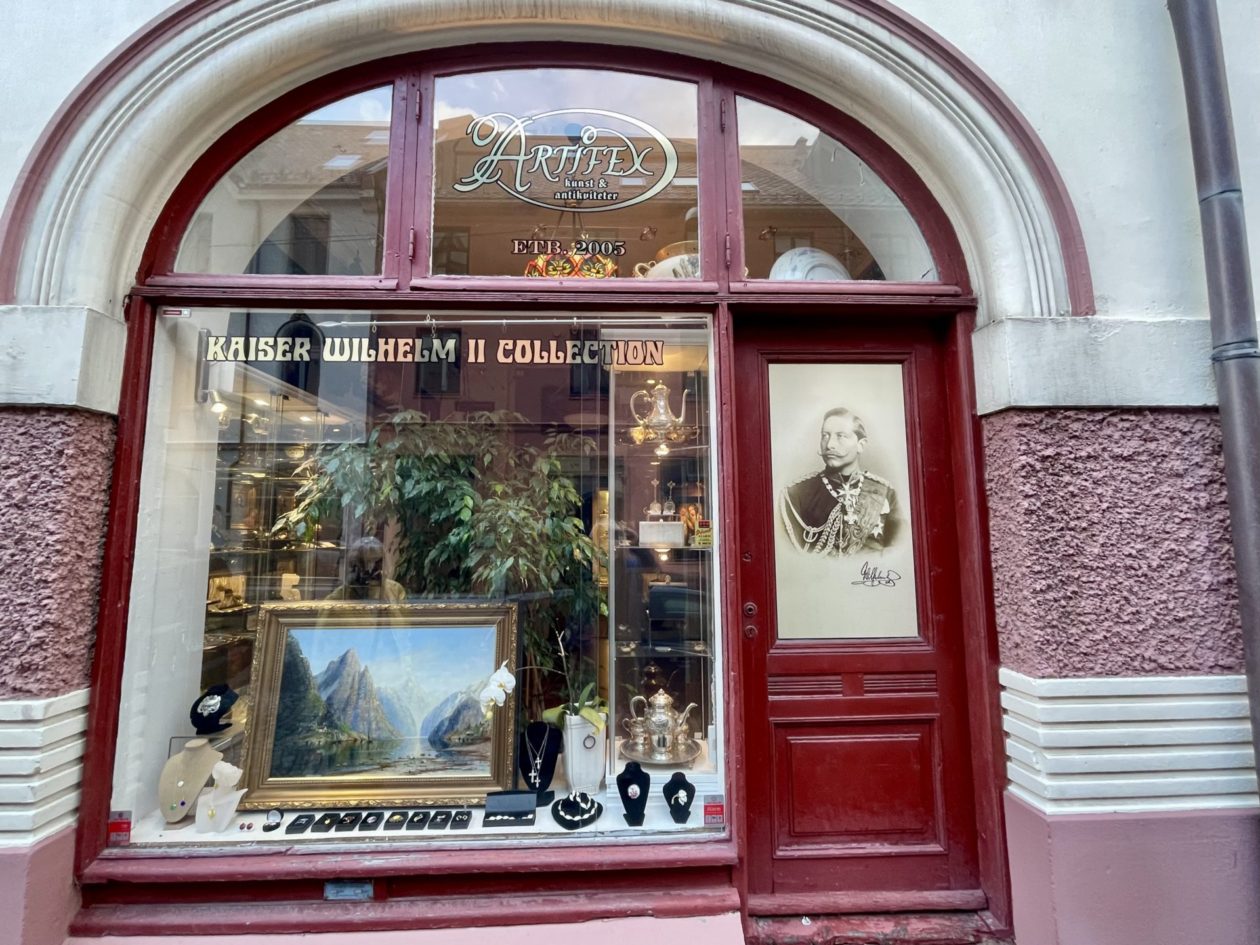
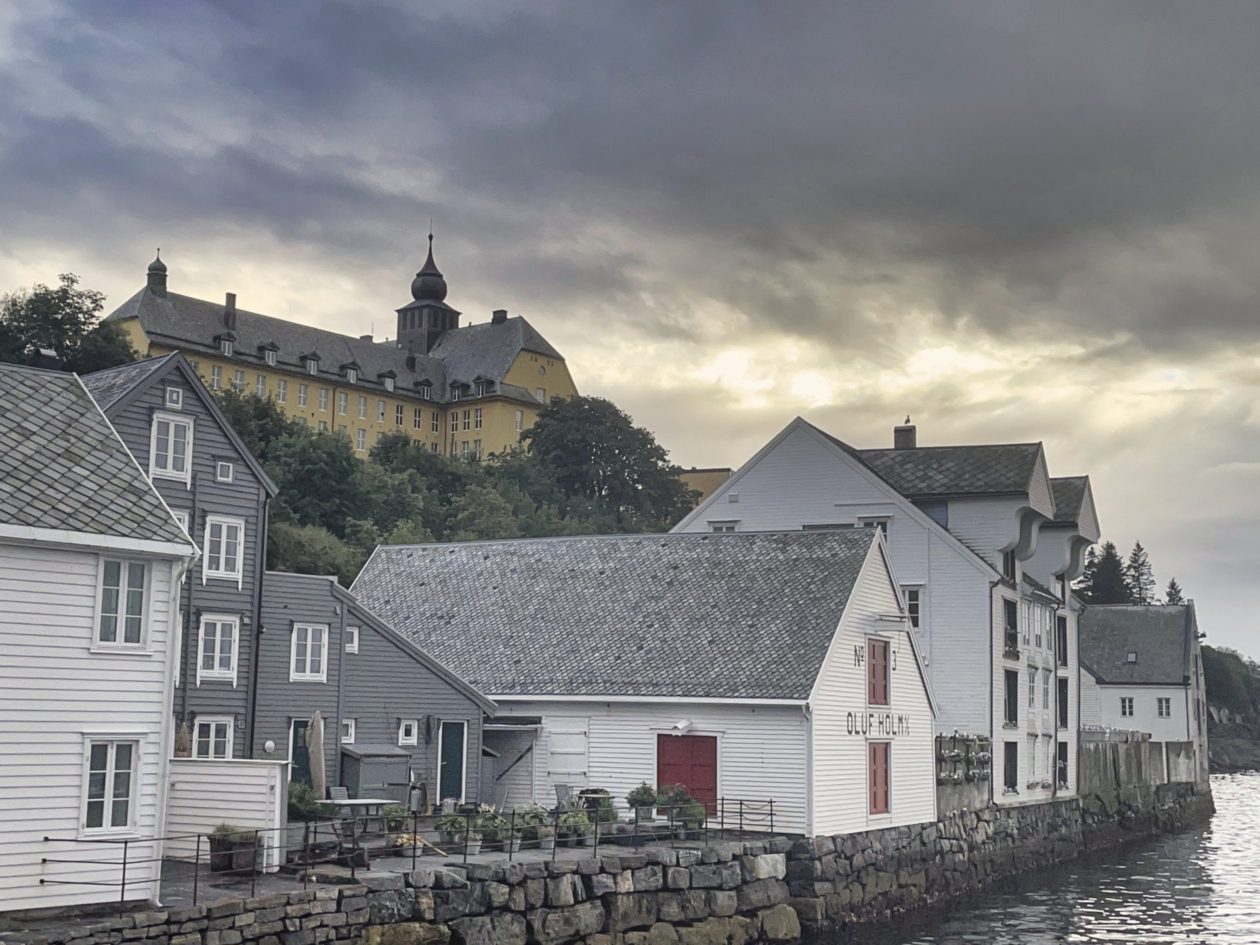
The next morning (after waking up at 2 am and getting up at 4 am), we were off for a ferry transit of three fjords on our way up to Geiranger. It turns out that the Hurtigruten ferry also passes through here on the way to Geiranger, but our little passenger ferry was the more scenic way to go. It was still rainy but, of course, that made the waterfalls along the way flow that much stronger. Along the way, we learned more about what life was like living along the fjords, starting from isolated family farms, to small communities, to more connectedness between the communities, including sending children off to school in bigger towns and cities like Alesund. All of these displaced children presented a new business opportunity to feed them. In fact, in the town of Stranda, along one of the fjords, a frozen pizza business started, producing a pizza called Grandiosa that quickly became the most popular pizza in Norway! Through the driving rain, we reached final fjord, named the Geirangerfjord which is on the UNESCO World Heritage List. In addition to the unique climatic and geological conditions in the area, there are also lots of ruins of old farms and pasturelands that harken back to a time when this area was an agricultural area. Of course, one of the most popular sites along the way is the Seven Sisters waterfall and another large waterfall directly across the fjord called The Suitor. There are lots of legends regarding both of these waterfalls involving scorned lovers and love lost. Nobody can seem to agree on the real story…
After getting a ride up to the Union Hotel, where would spend two days, we wandered around the town, admiring the old village that has been a tourist area since 1869. We also visited the Norwegian Fjord Center which provided good insight into what life was like in the early days of settlement, through the advent of steamship traffic to the area, and ultimately to the construction of roads that connected Geiranger to the outside world. Waterfalls are very prevalent in the area, providing not only natural beauty but a source of hydroelectric power that meets all the town’s power needs. From our room, we had a great view of the fjord and watched some of the cruise ships that visit here. In fact, Geiranger is the third biggest cruise ship port in Norway, receiving 140-180 cruise ships during the four-month tourist season, dumping off 300,000 tourists into this little town of 250 residents! On our second day, we took a tour of the area with Tours By Locals. Our goal was to go up into the mountains and visit all the scenic overlooks into the fjord. That plan had to change quickly as we were socked in by clouds and rain. Our tour guide, Iggi, was very resourceful, however. He took us through various areas of alpine lakes, snow fields, etc., always seeming to know where to go to get breaks in the weather. During our travels, Iggi alternated between playing music that he curated to match the particular bits of scenery, and telling us his life story and philosophy. As a Latvian who grew up under the Soviet System, he was both shaped by his experiences and freed to pursue the life that he wanted. He was definitely an entertaining guy! Iggi also wanted us to experience Norwegian cuisine, so he took us to a place to try Norwegian waffles and rommegrot (a Norwegian sour cream porridge). He later stopped off to pick us up some local goodies for the road including pork and reindeer jerky, lefse, and some local strawberries. Yum! We finished off our evening at a farm restaurant high in the hills above the fjord to enjoy their specialty — goat! It was a wonderful, hospitable restaurant with views to die for.
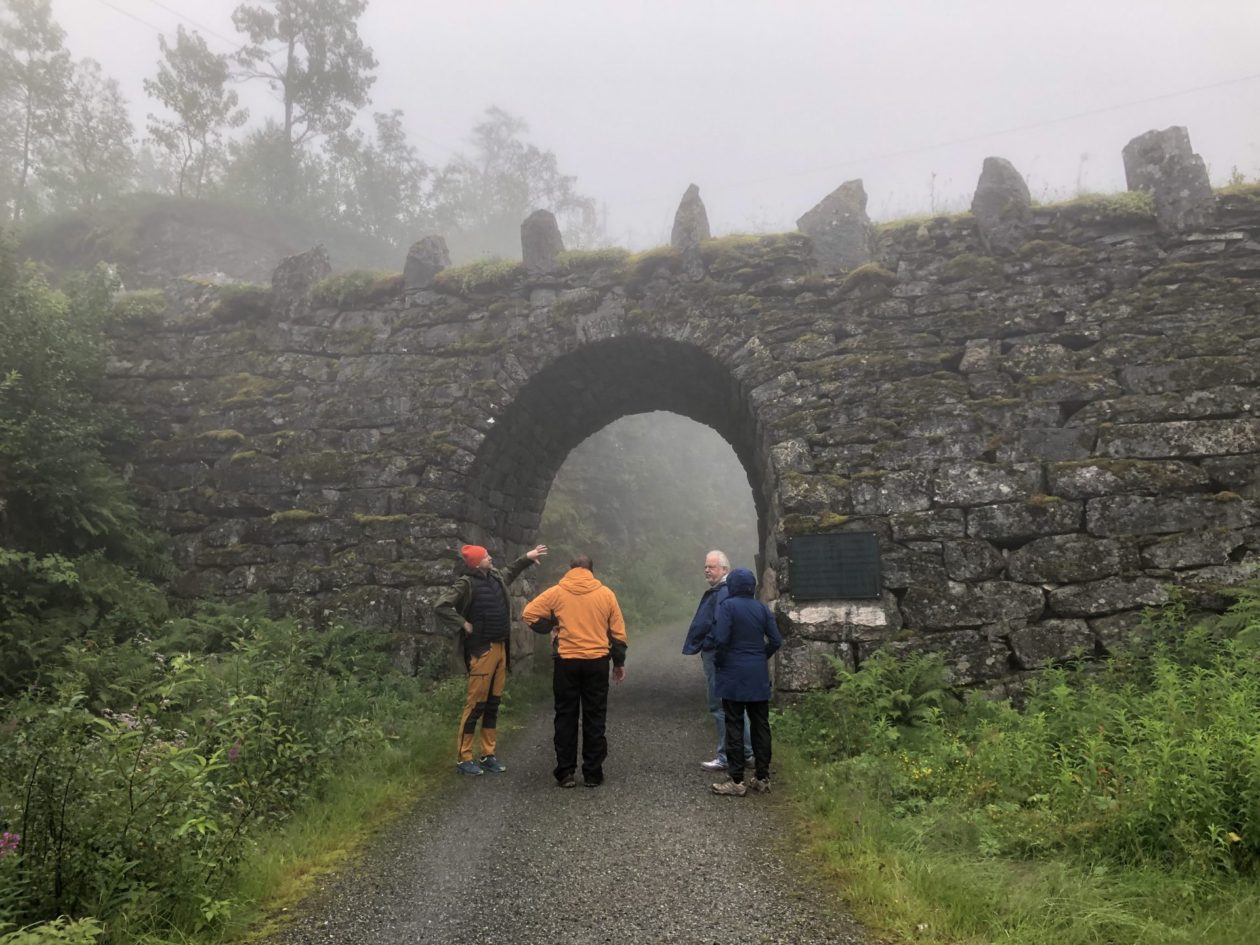
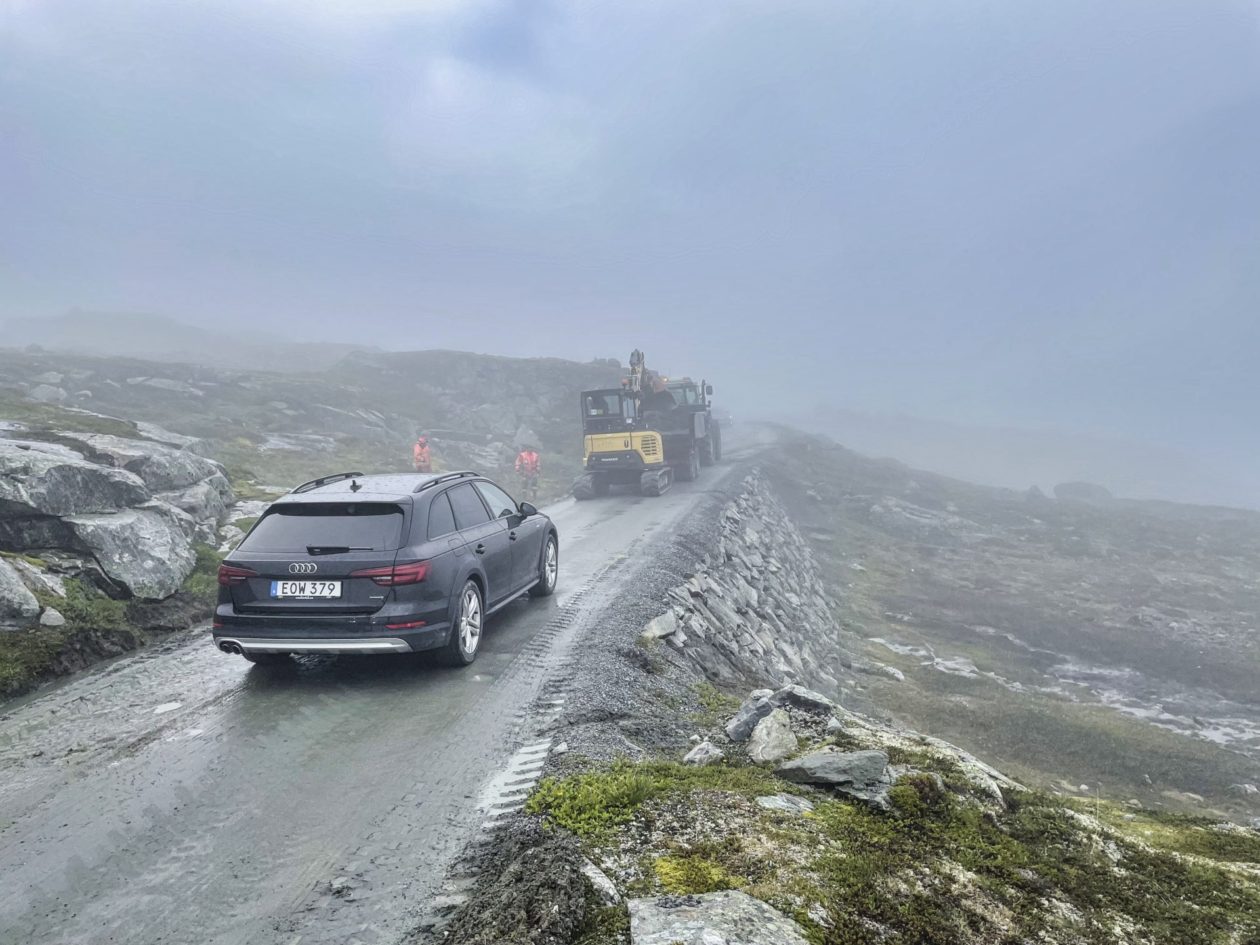
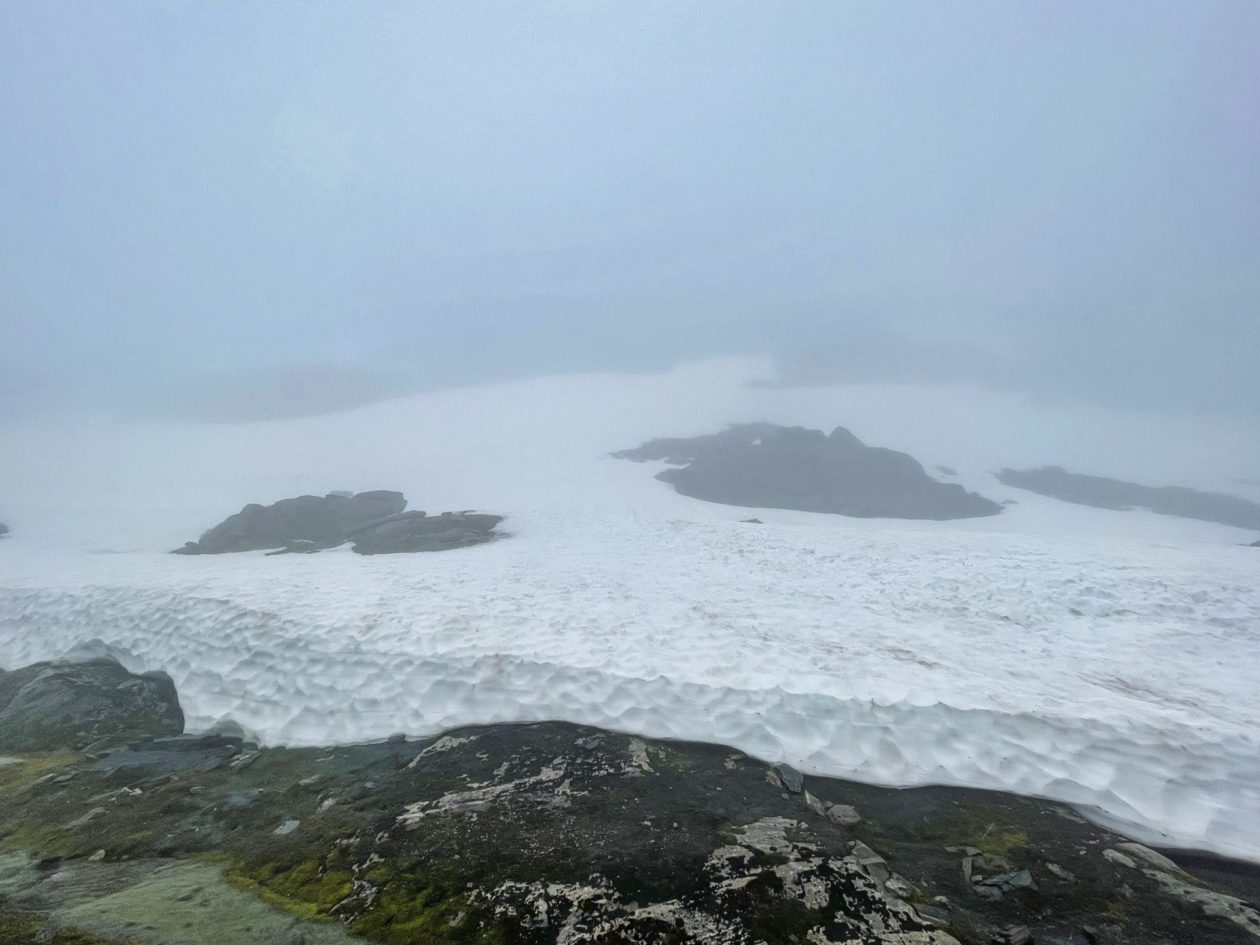
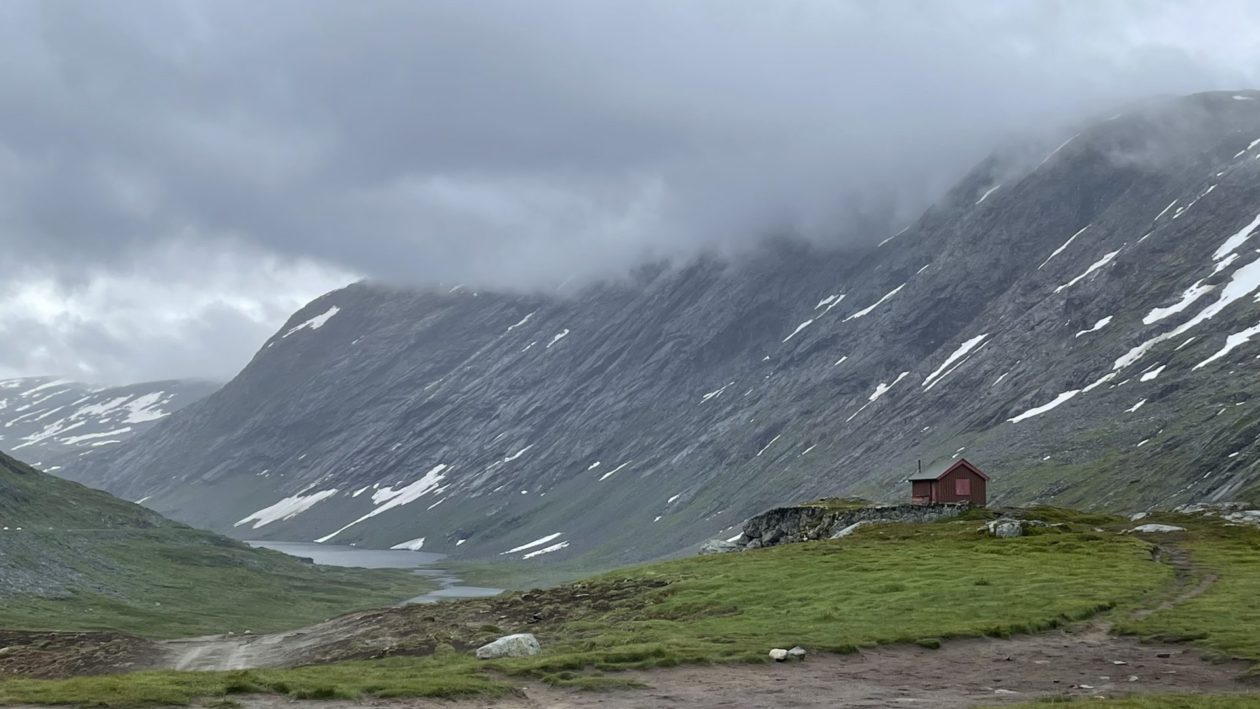
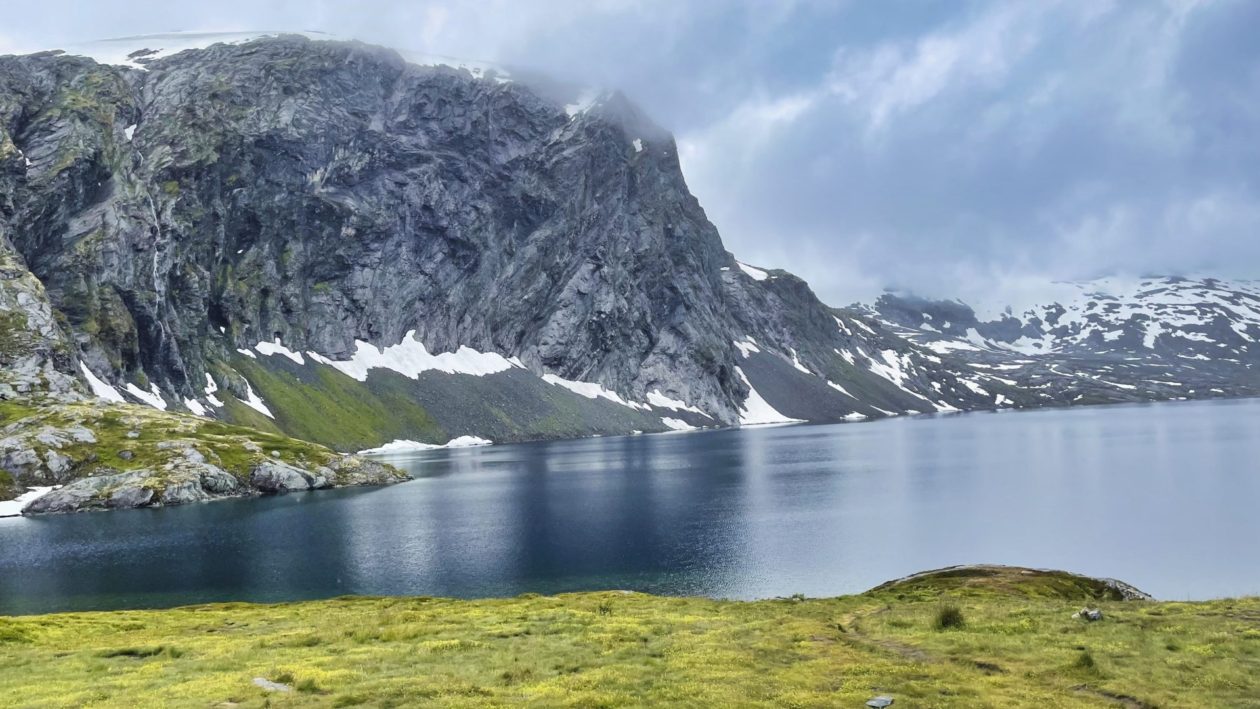
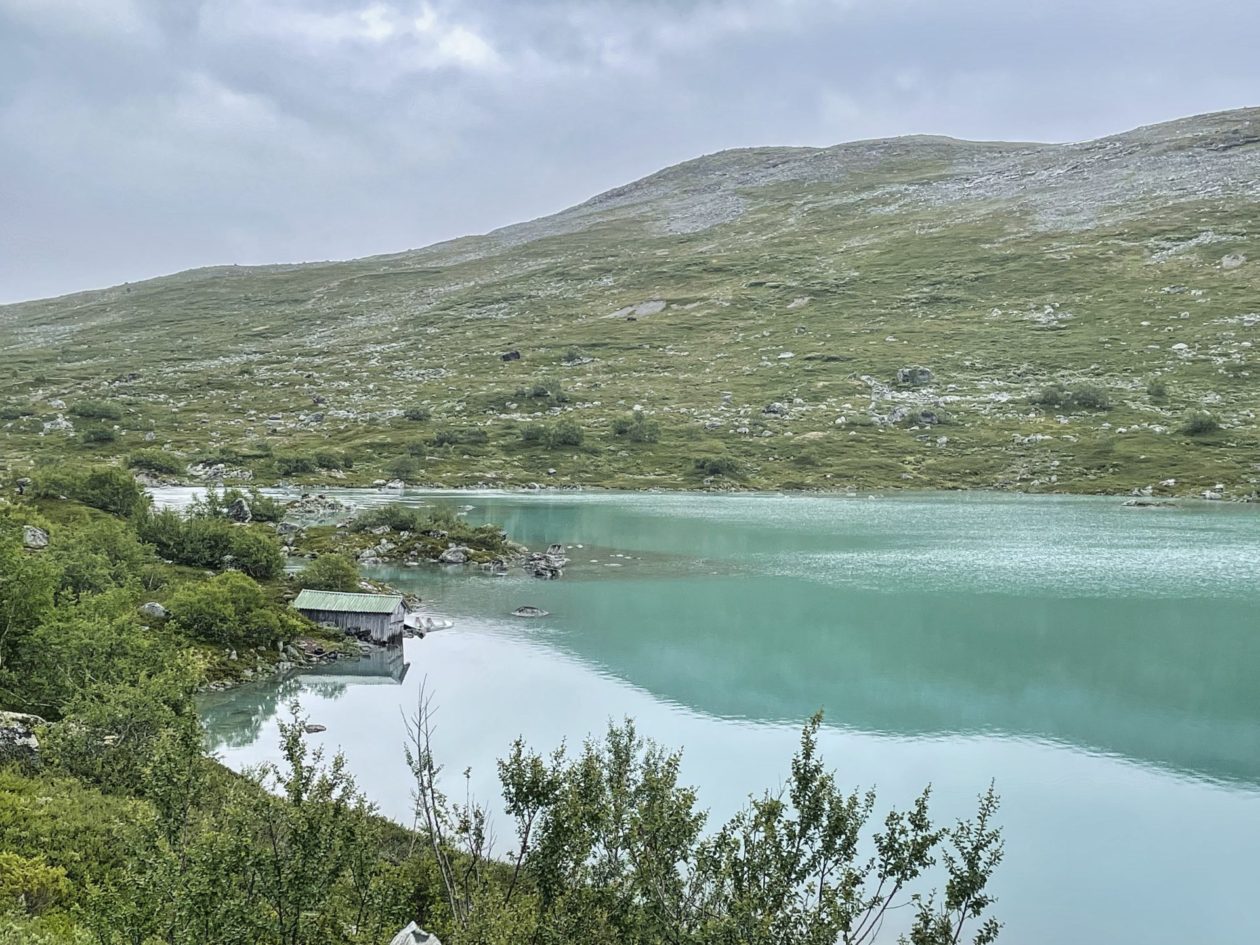
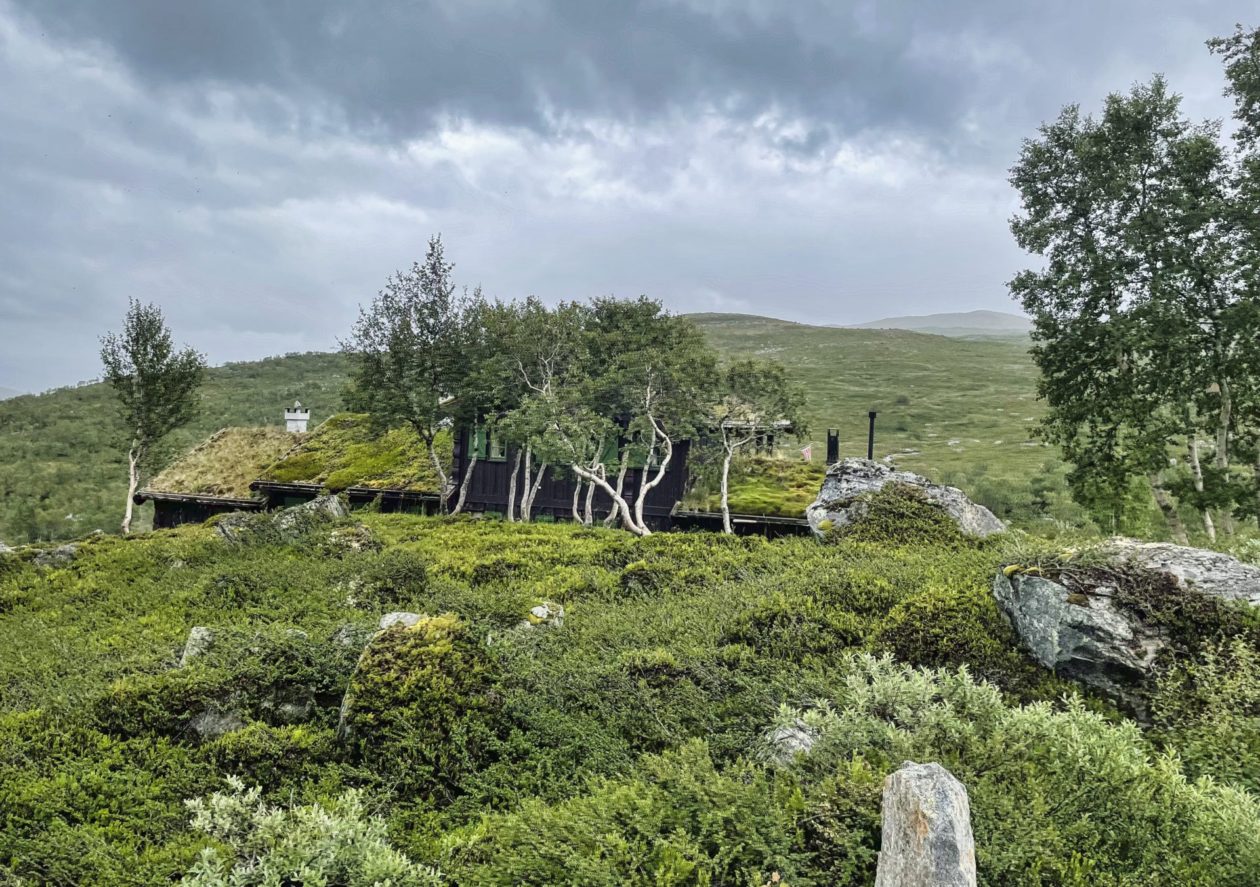
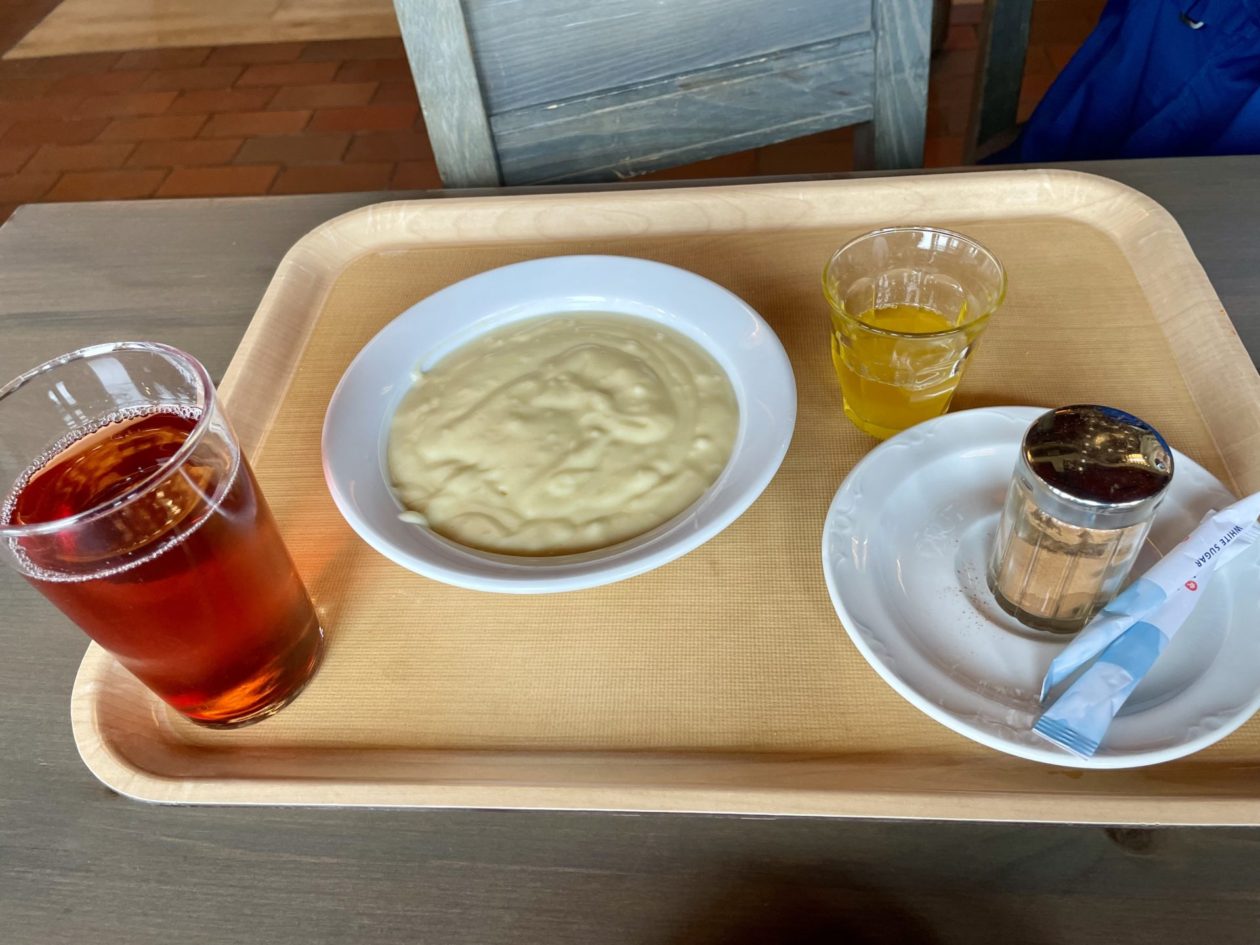
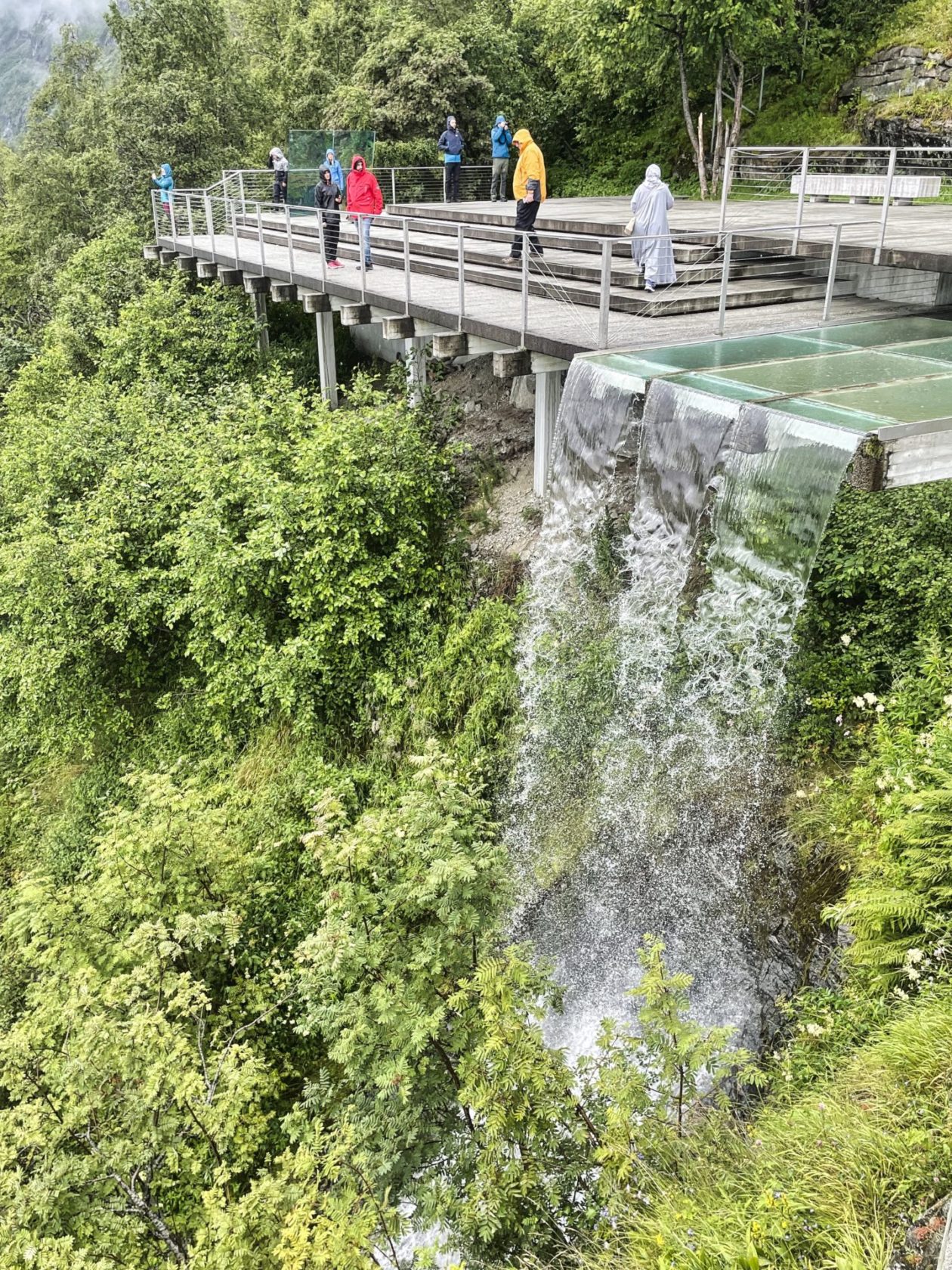
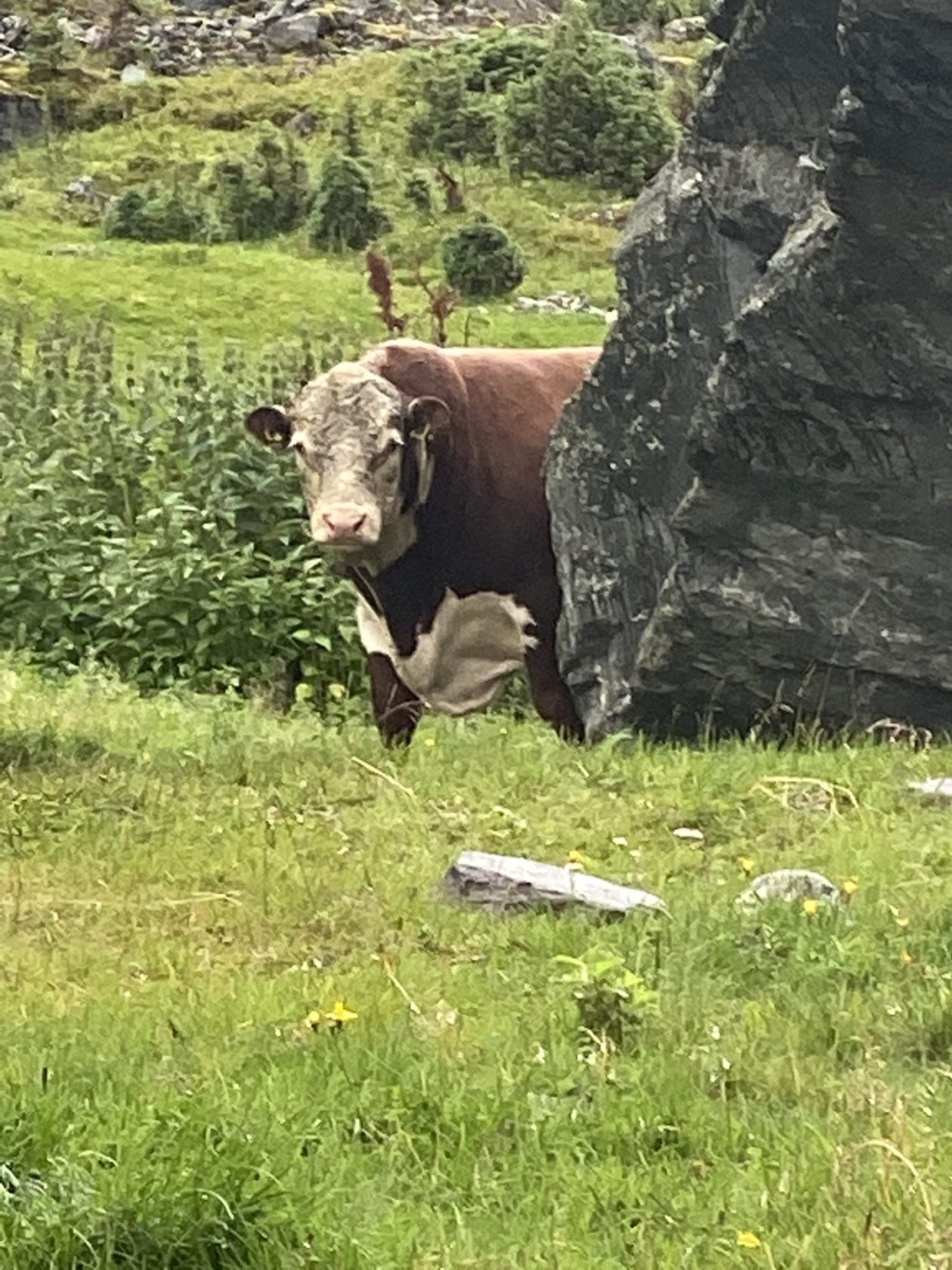
Of course, the next morning — when it was time to leave — the sun came out and the skies cleared. So off we went, following the Golden Route from Geiranger to Andelsnes. Leaving Geiranger, we went up the Eagle Road to see the Geirangerfjord one last time in the sun. We then made our way to Linge where we took a ferry across the Norddalsfjorden into a valley known for its strawberries (we got some!). One of the most amazing places was the Trollstigen Visitor Center area, the highest point along the drive. There you could walk out along a platform and look down the eleven switchbacks in the road as you start heading down to Andalsnes. Along those turns, we saw the Trollveggen (Troll Wall) that has the highest vertical rock face in Europe (3600 feet), with a couple of huge waterfalls. Luckily, when we arrived in Andelsnes, the sunshine held, so schlepping our bags up the hill to our apartment for the night turned out okay. We decided to pick up some beer and wine, so we walked down into the center of town and found a grocery store. On the way, we met the mayor who was somewhat threatening! When we got to the grocery store, we found the beer, but when I asked the clerk about wine, he told me that they weren’t allowed to sell it because the store across the way had a wine monopoly/. I thought he was being snarky until I walked across the street and saw the sign Vinmonopolet (Wine Monopoly)! Anyway, we went back to the house and enjoyed part of Iggi’s bounty of dried pork, lamb, and reindeer with our drinks (the strawberries, cream, and lefses would wait until next morning’s breakfast).
So the last day of our Western Norway sojourn began as it had so many other days — rain! We put on our rain gear and made our way down the hill to the train station. Our first train was only two cars long, but it really moved fast and very smoothly. This leg of the trip took us through the Rauma Valley, initially being surrounded by high cliffs and waterfalls, and ultimately giving way to rolling hills in pastureland. When we changed trains in Donbas for our our final leg to Oslo, we gradually came back into civilization. A bit sad, but we had seen so many wonderful things on this leg of our trip. Tomorrow, we fly up to Longyearben, well north of the Arctic Circle to pick up our cruise. Looking forward to it!
